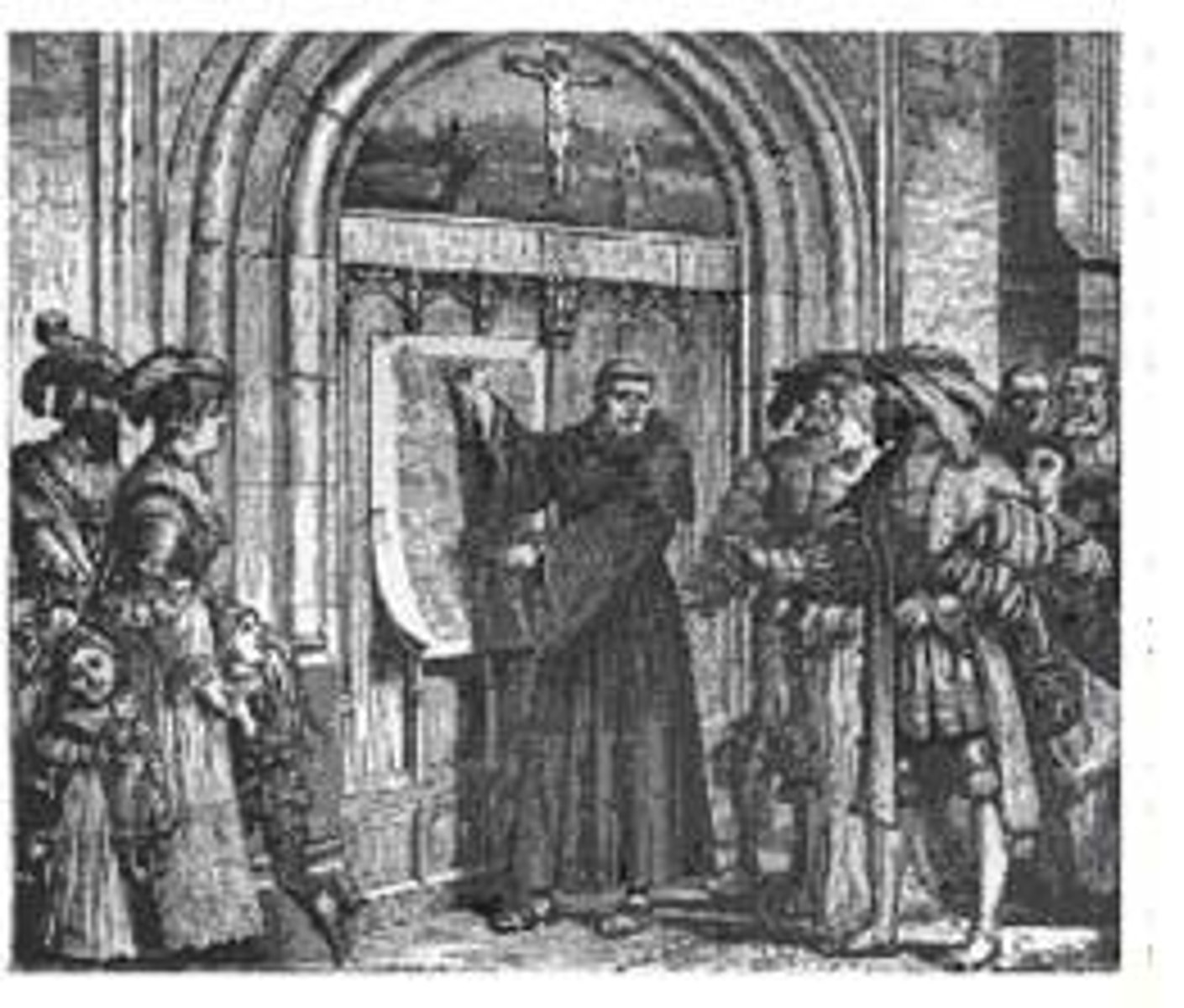VCE Religion and Society
1/87
There's no tags or description
Looks like no tags are added yet.
Name | Mastery | Learn | Test | Matching | Spaced |
|---|
No study sessions yet.
88 Terms
Beliefs
Core ideas and concepts of a religious tradition, held to be true by adherents and revealed through the other aspects.
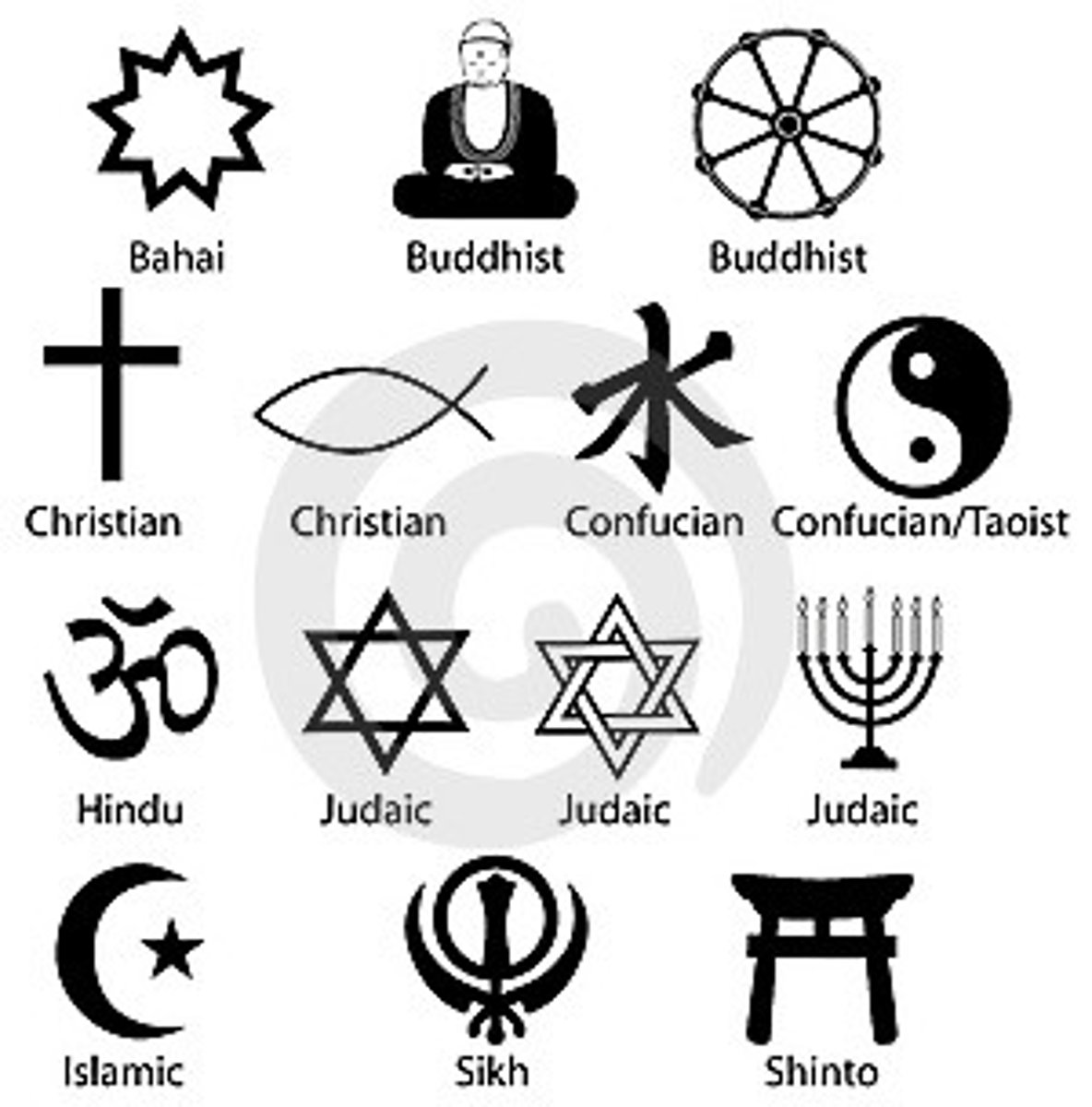
Sacred stories
Oral or written literature which explores significant beliefs, ethics, people, etc within a tradition.

Sacred texts
Religious meaning: Literature (oral and/or written) which records central parts of a religion, and on which the whole religion rests.
Non-religious meaning: Oral or written literature. Could also be drawings or other units of communication.

Rituals
Religious meaning: Rituals are a series of actions or words repeated in a set order that attempt to make the belief of a religion tangible.
Non-religious meaning: Rituals are a series of actions or words repeated in a set order
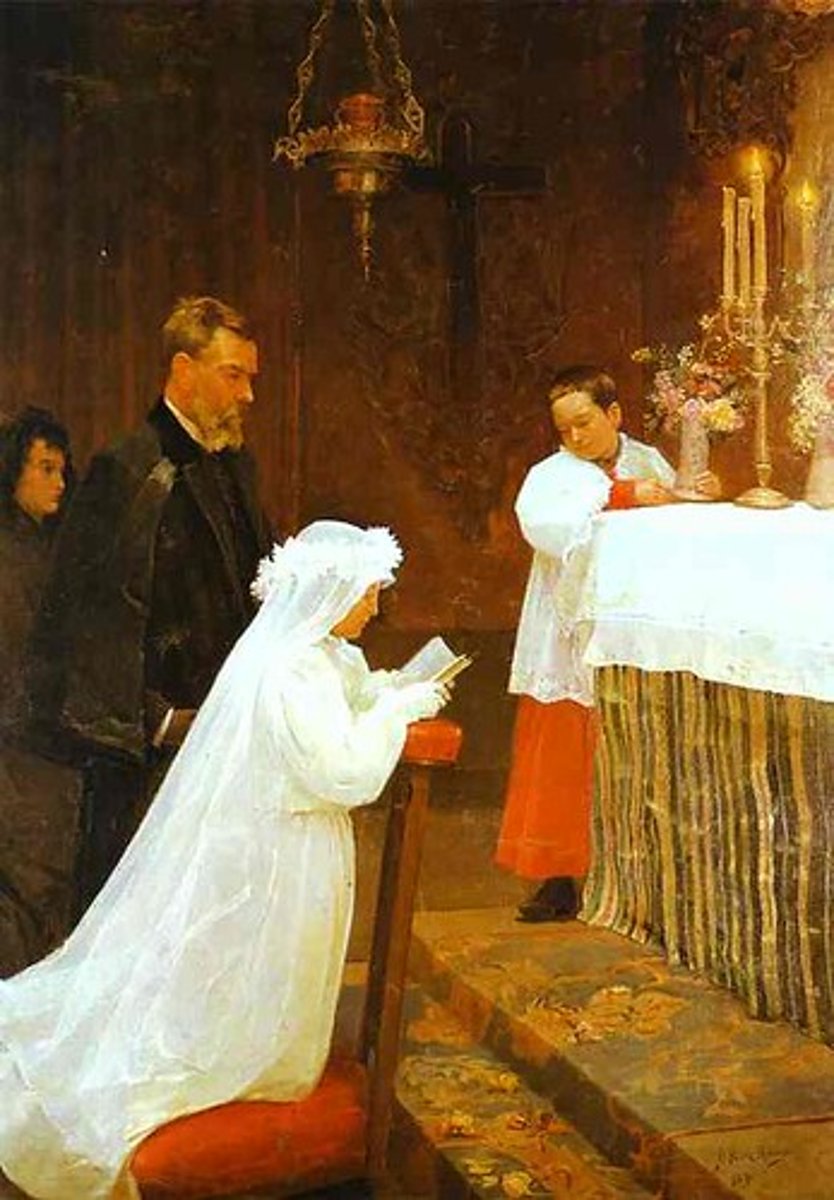
Ethics
Religious meaning: What is considered morally right or wrong [by a religious tradition]. Could be rules or codes, and more general principles.
Non-religious meaning: The study of how and why people make decisions.
![<p>Religious meaning: What is considered morally right or wrong [by a religious tradition]. Could be rules or codes, and more general principles.<br>Non-religious meaning: The study of how and why people make decisions.</p>](https://knowt-user-attachments.s3.amazonaws.com/8796a2b7-bbfa-4993-8171-b23c4c2f6038.jpg)
Symbols
Religious meaning: Important images or emblems that publicly display or help explain the religious tradition.
Non-religious meaning: Important images or emblems that publicly display or help explain ideas.
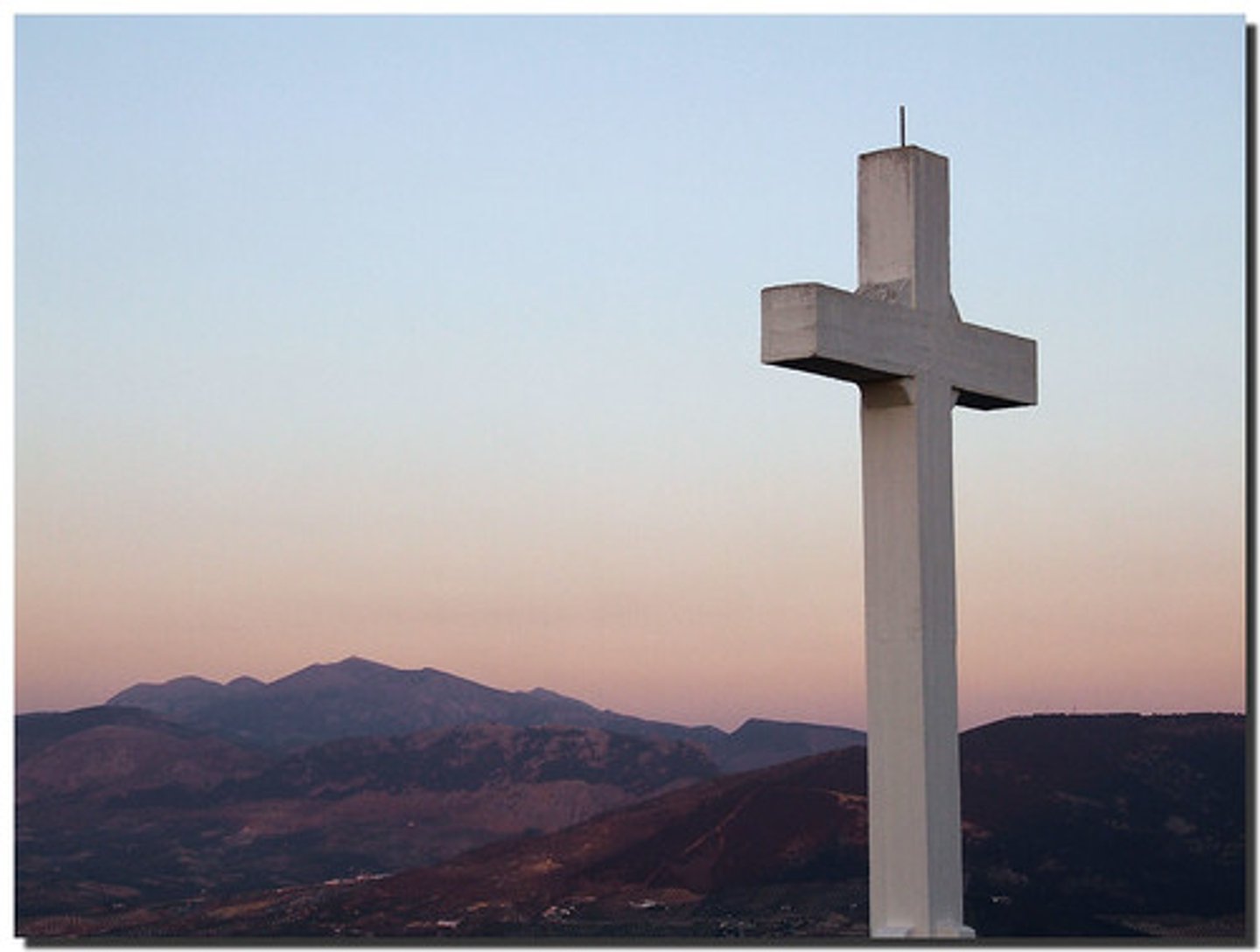
Social structure
Religious meaning: The way people in the religious tradition are organized. This includes roles each person fulfils in the social structure and the organization within the faith.
Non-religious: The way society is organised.

Spiritual experience
Moments which transcend the ordinary, allowing adherents to sense the presence of the divine.
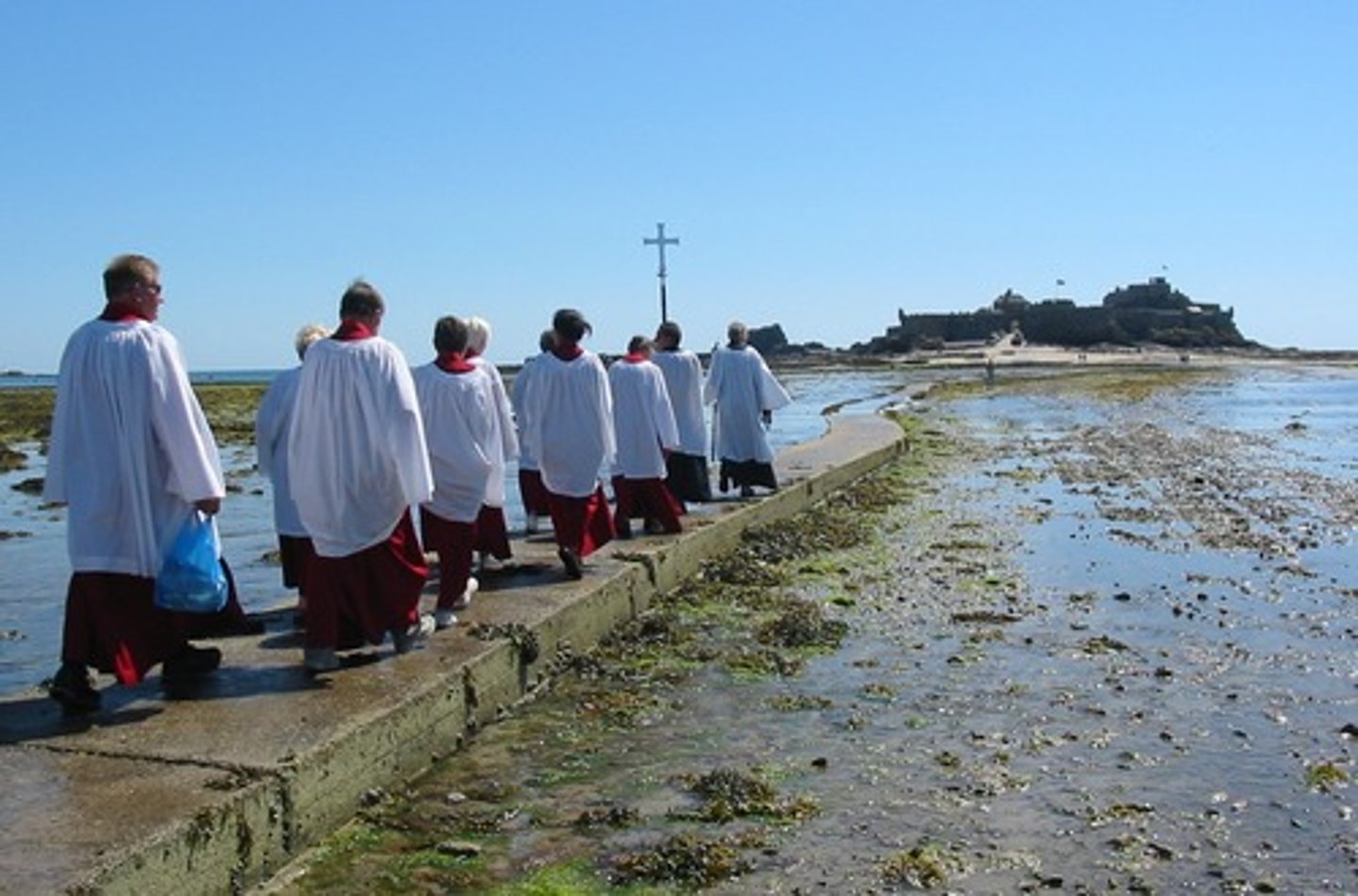
Spaces, Places, Artefacts and Times
Mark Fyfield: Physical, geographical and calendar parts of a religion.
Mary Tuohey: Adherents more easily relate to physical representations of the spiritual when they are seen in particular such as spaces, places, times or artefacts. The experience of being in a space or place aligned to the transcendent can engender a religious experience and make real the tradition and values that have been handed down from generation to generation.
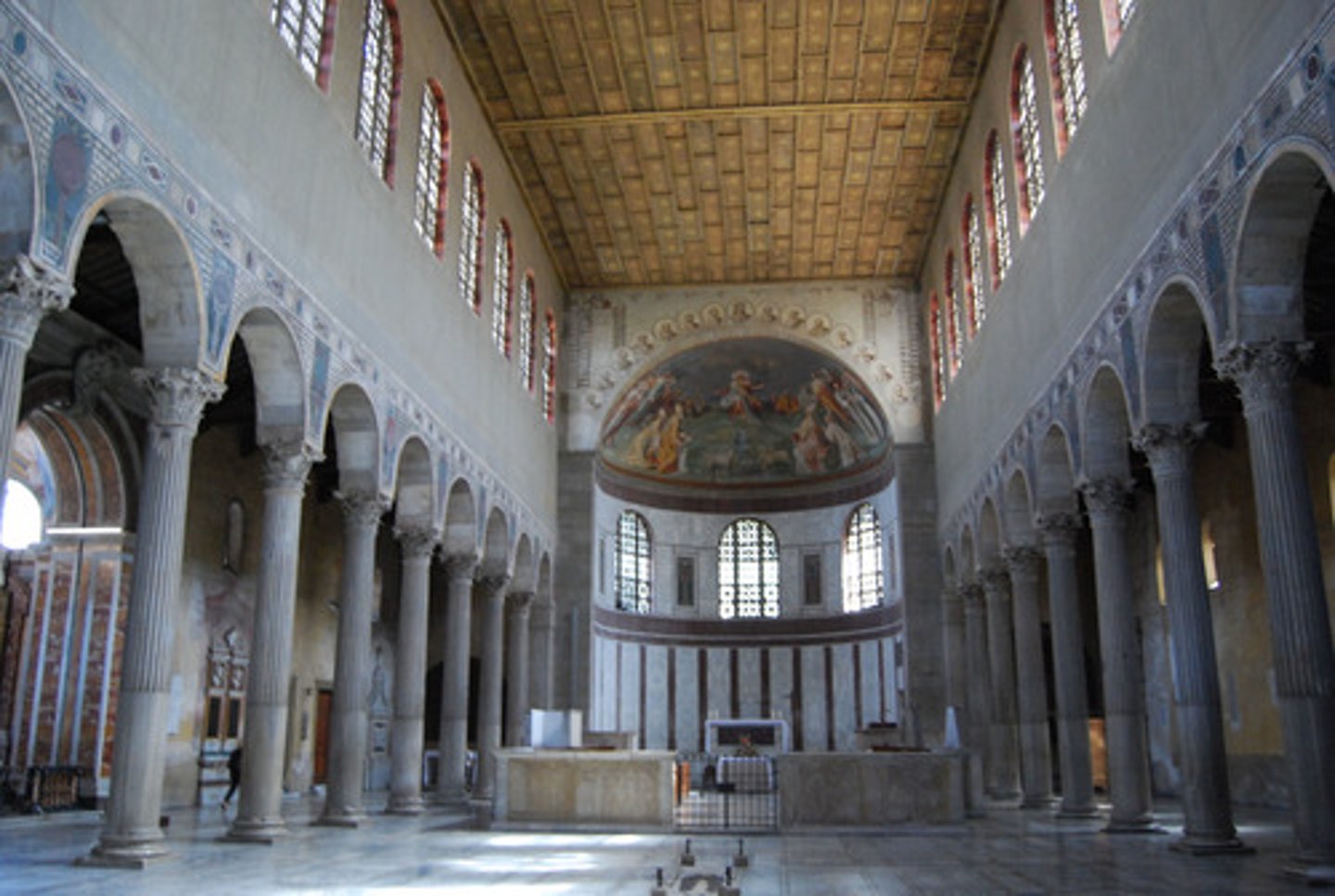
Spaces
Religious meaning: Designated areas within a place where the sacred may be experienced and commitment demonstrated, such as altars, home shrines and prayer spaces. Very often mobile.
Non-religious meaning: Designated areas (maybe within a particular place).

Places
Religious meaning: Particular sites such as mountains, rivers, shrines, buildings that represent the presence of the sacred. May be found on a map (whereas, sacred space is not).
Non-religious meaning: Particular sites, often on a map, such as mountains or rivers.
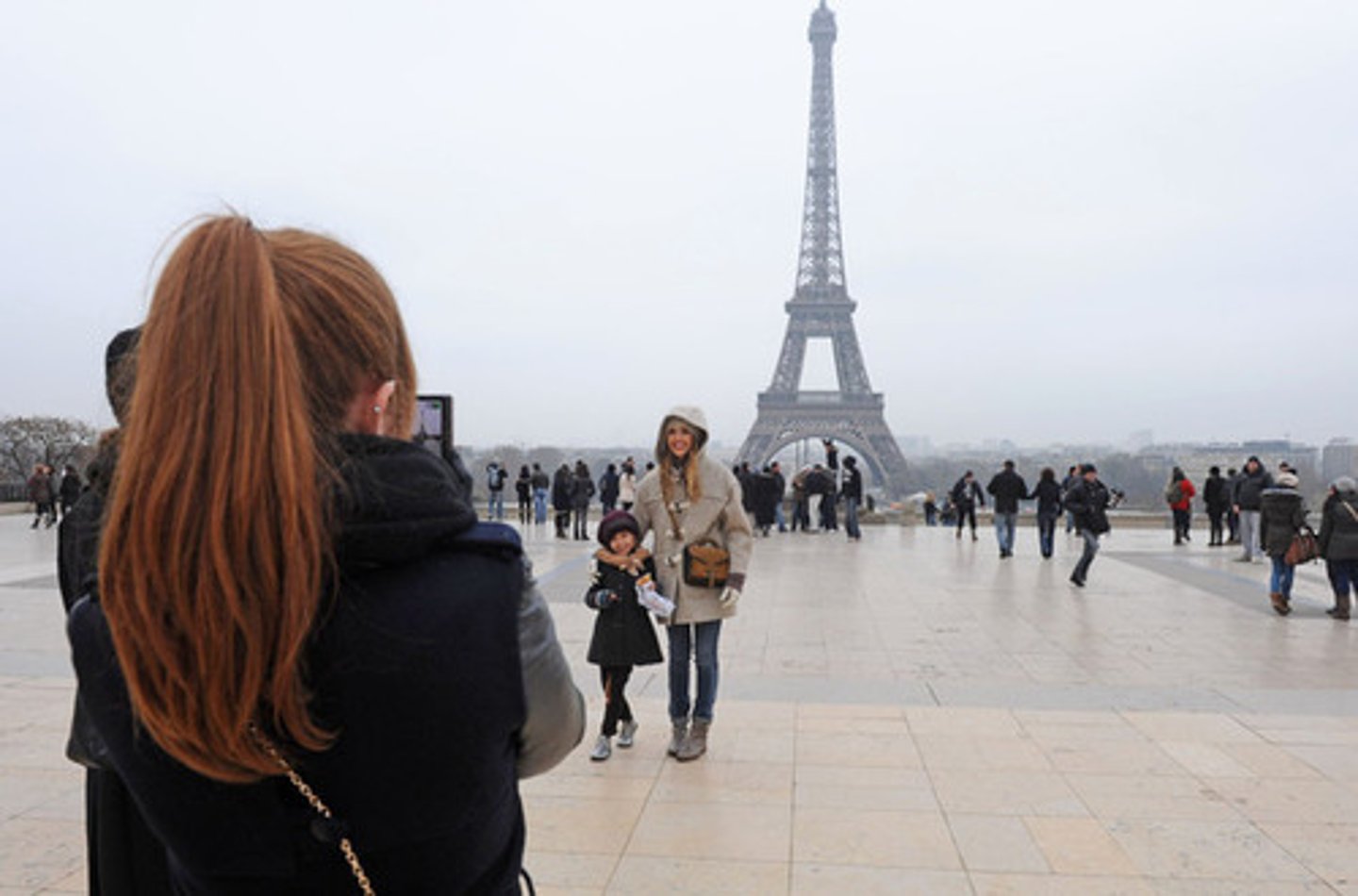
Artefacts
Religious meaning: A source of identity or focus for prayer including ancient stones or more recent plaster statues, articles of clothing or paint used for ceremonies, beads used for prayer, mats, scrolls or icons.
Non-religious meaning: A human-made item.
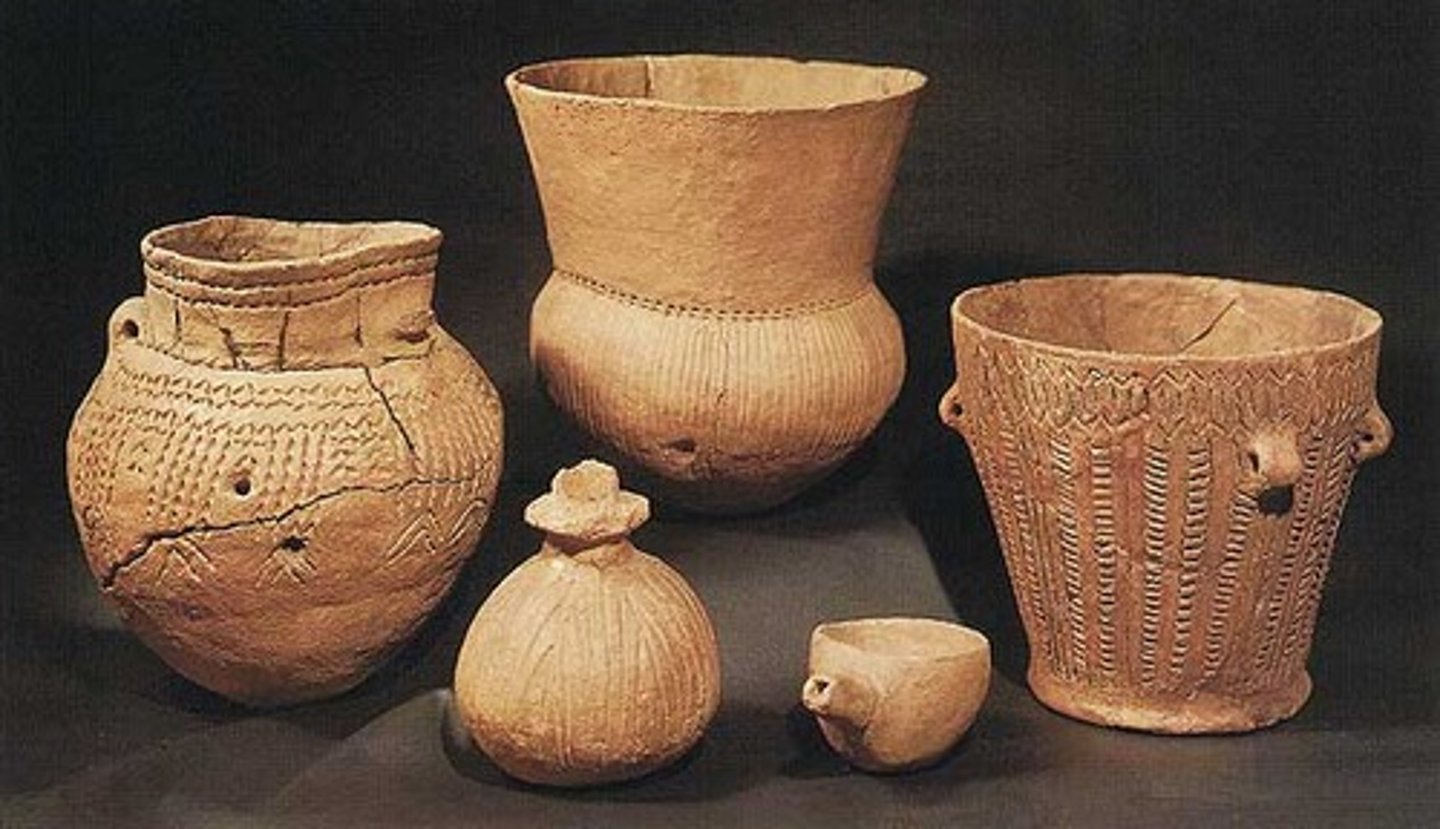
Times
Religious meaning: The organisation of daily, weekly, monthly and annual ceremonies, prayers, festivals and rituals that form the rhythm of life for adherents and communities of a religious tradition.
Non-religious: A period of duration (Shorter Oxford Dictionary), such as days, months, years.

To remember SPAT, think of....
Spaces are where I pray, places where I go to pray, time is when I pray, objects for when I pray.
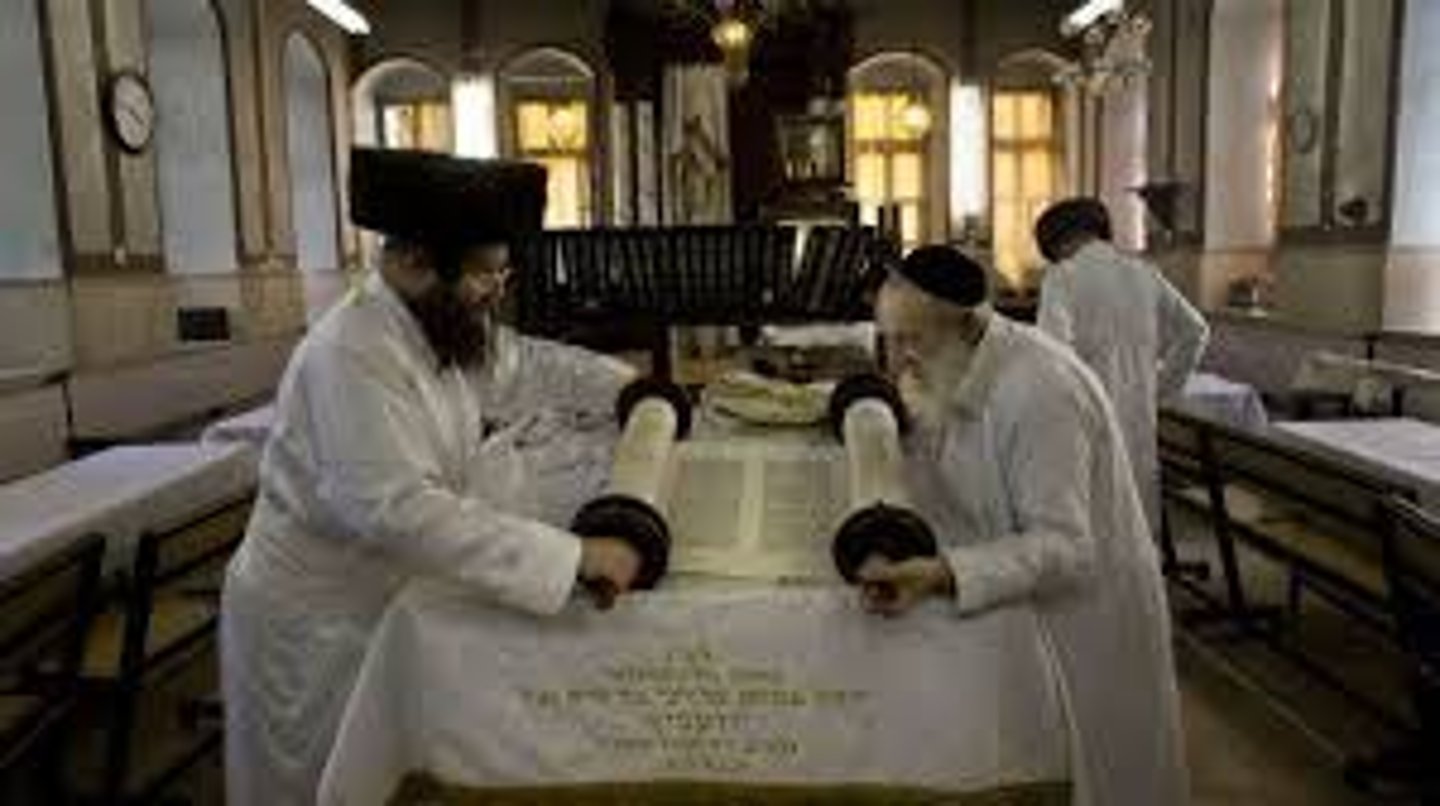
Aspects
Features that are common to the majority of religious - beliefs; stories; spaces, places, artefacts and time; text; rituals; symbols; social structure; ethics; and spiritual experience.

Ultimate Reality
A term that denotes the underlying cause of all existence, the foundation of reality, supreme being or even an ideal state of existence; refers to God as the principal or sole deity in many religions and other belief systems that worship one god or Divine Principle.
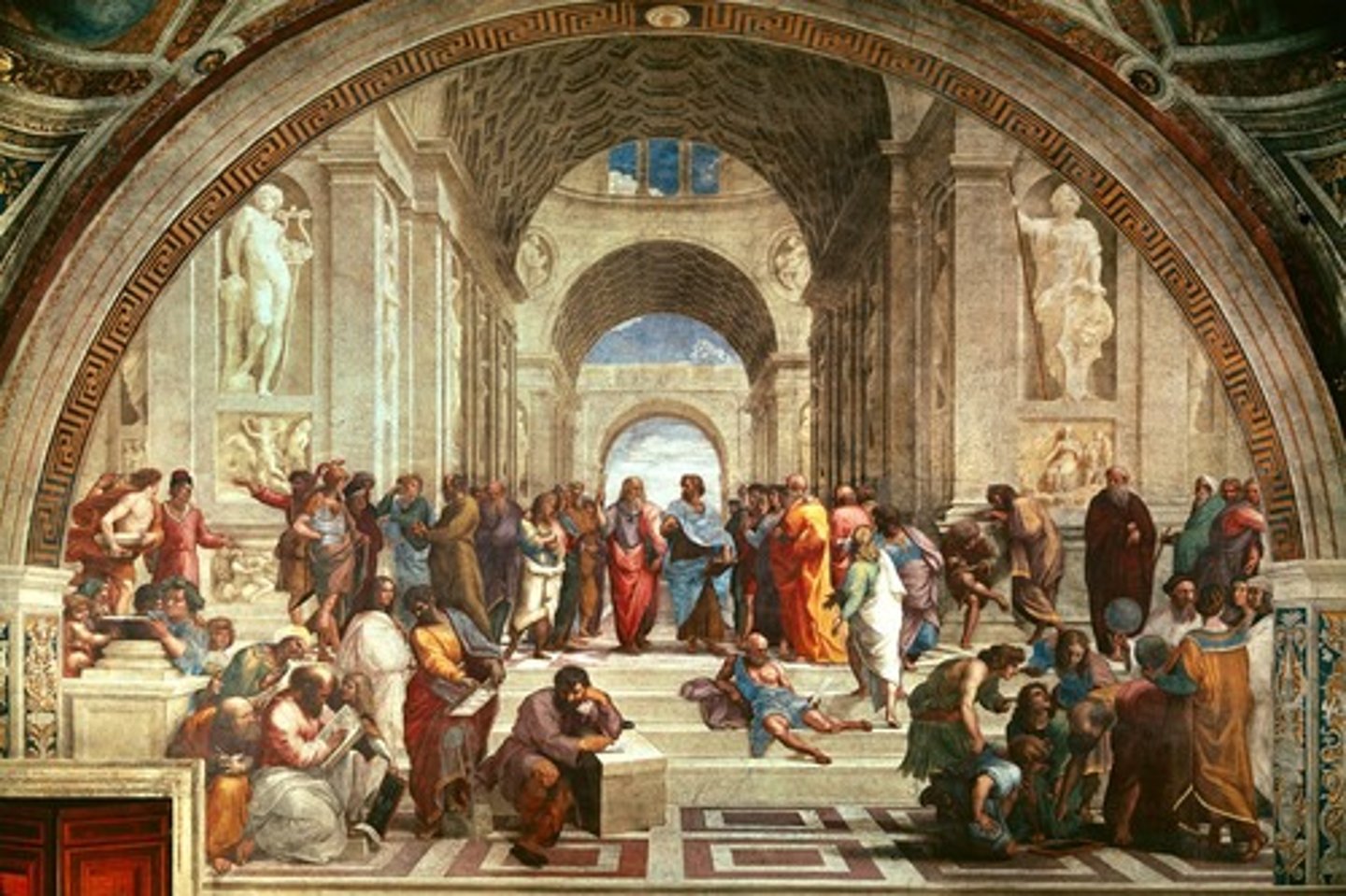
Distinctive belief
A belief that is found only in that religious tradition or is interpreted in a unique way in that tradition.
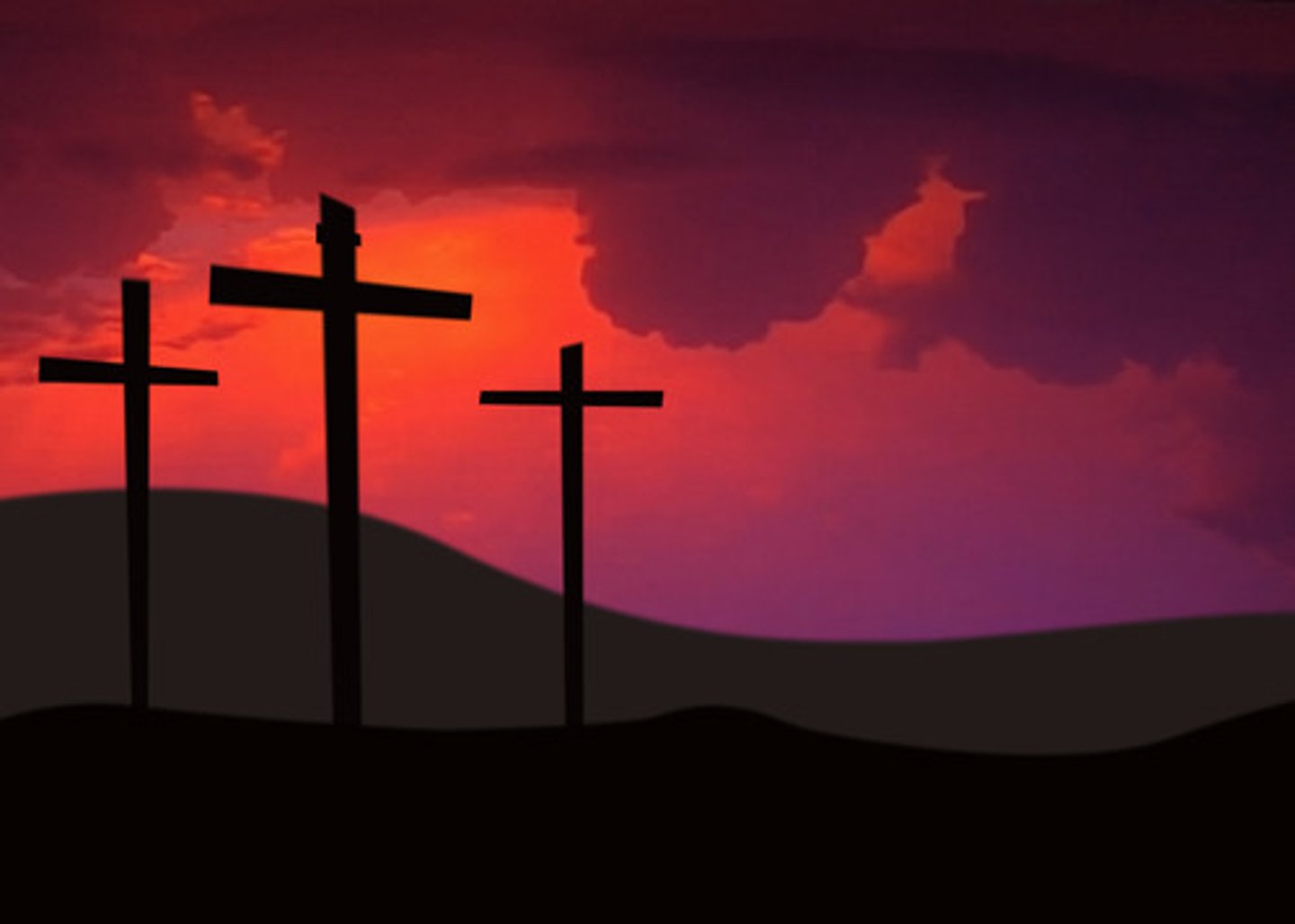
Religion
A unified system of beliefs and practices relative to sacred things.
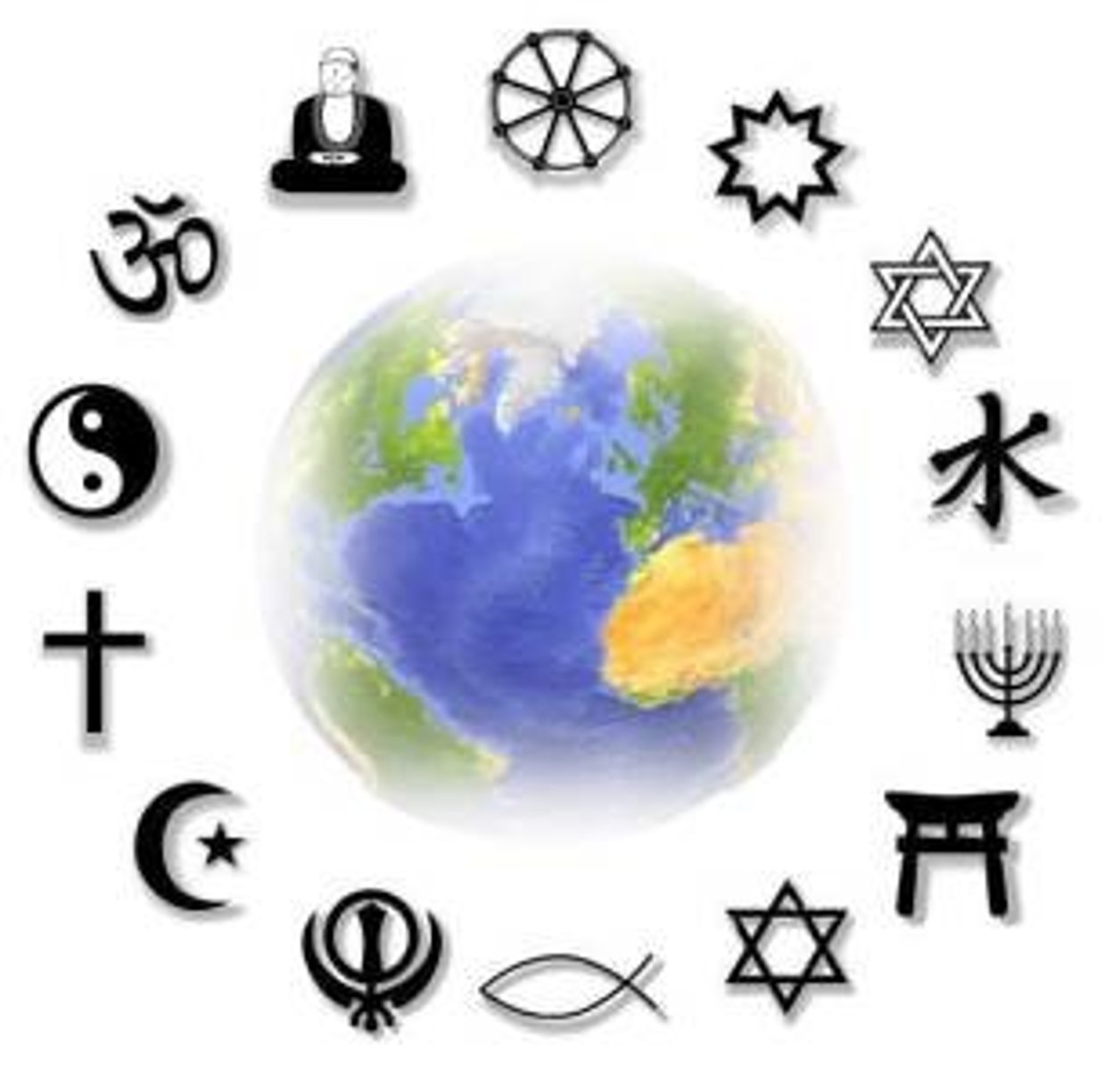
What are the purposes of religion?
- Answer existential questions.
- Make sense of existence and the world.
- Help explain the purpose of human life and the rest of the natural world.
- Provide guidance for appropriate behaviour.
- Socialisation of individuals, build the community a sense of purpose and identity.
- Promote justice.
- Define and protect the sacred.
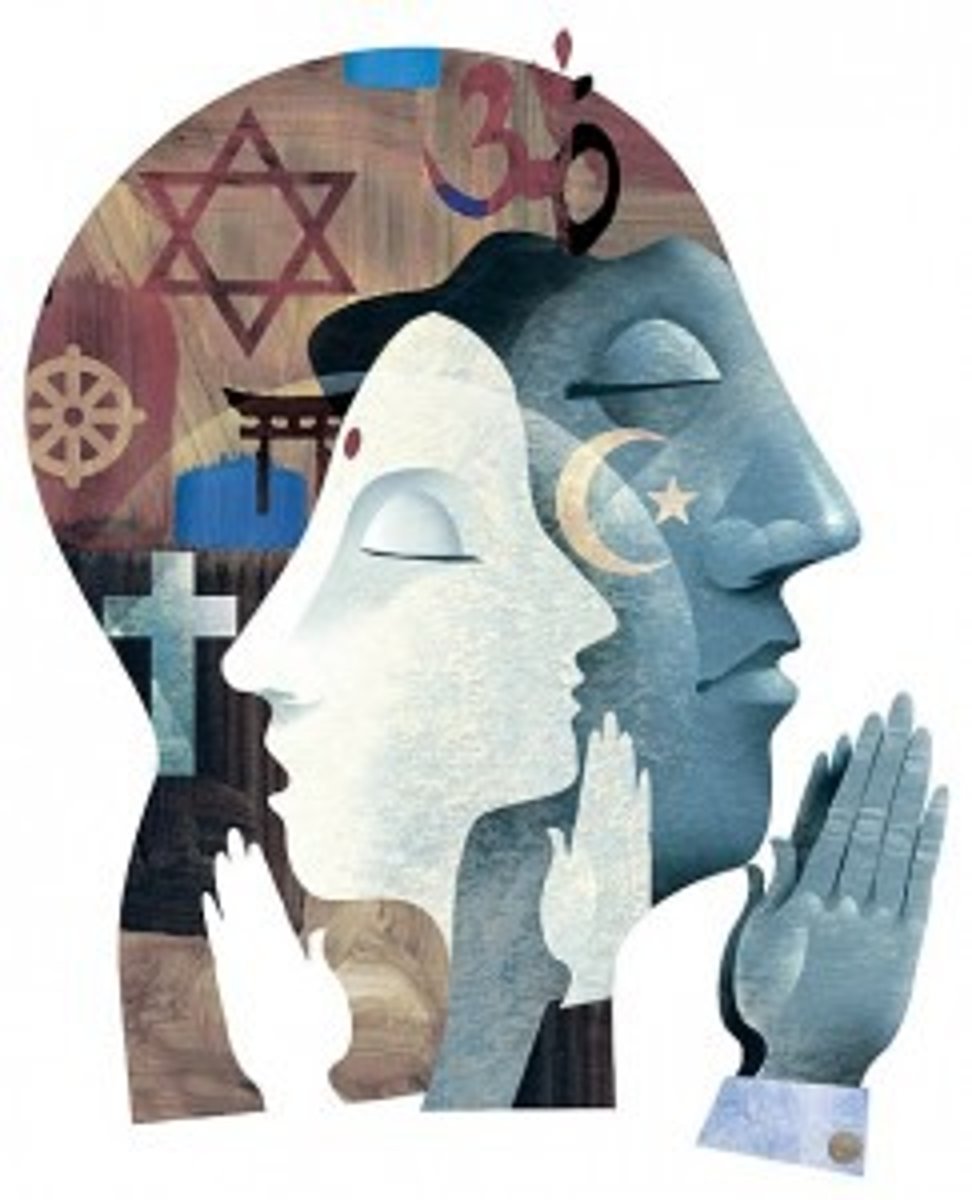
What are the categories of beliefs?
- Ultimate reality.
- The nature and purpose of human life.
- The meaning of suffering.
- Death and the afterlife.
- The relationship between ultimate reality and humanity.
- The relationship between humans.
- The relationship between human life and the rest of the natural world.
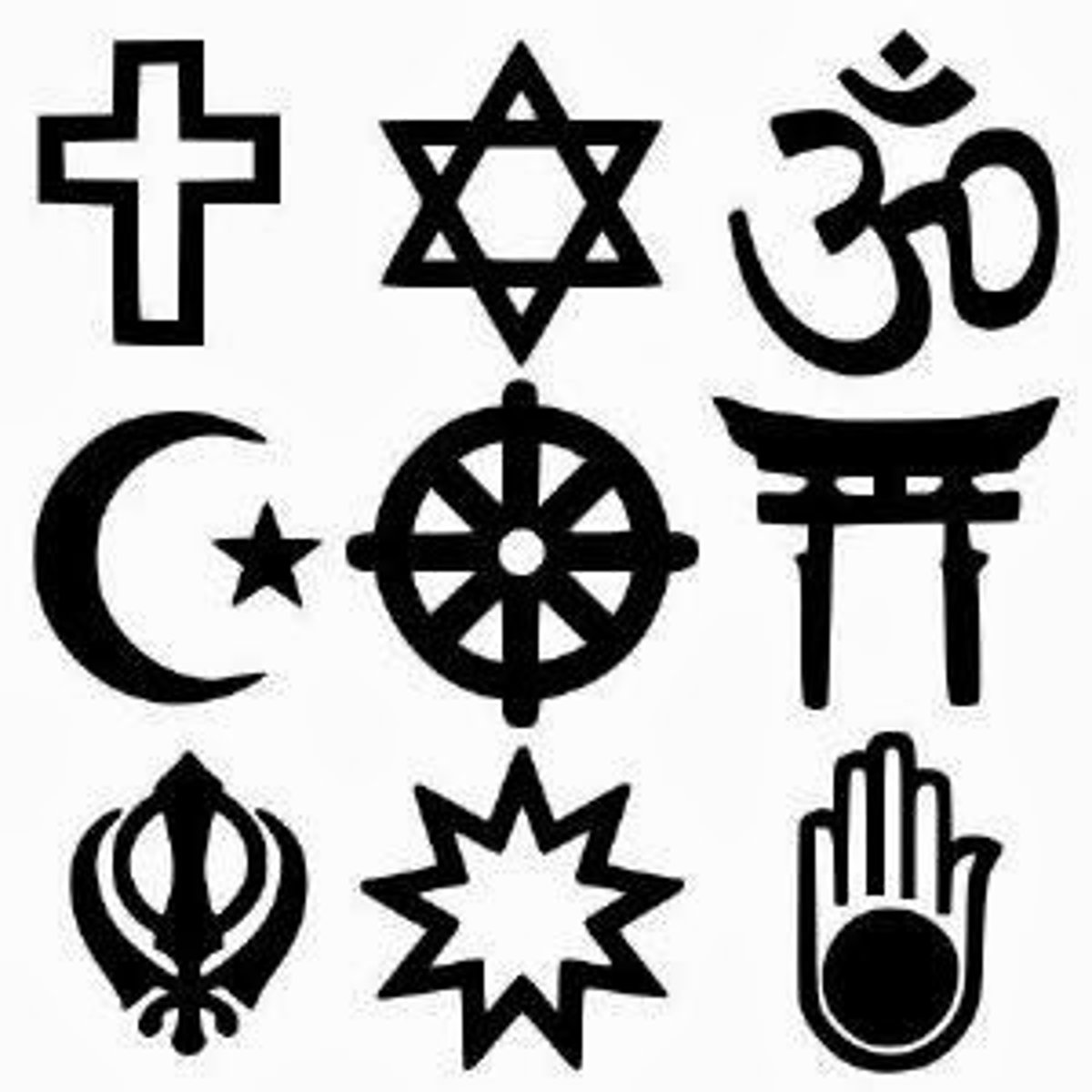
What are the questions regarding the categories of beliefs?
- What is/is there an Ultimate Reality?
- What is the nature and purpose of human life?
- Why is there suffering and is there a meaning to it?
- What happens when people die and is there an afterlife?
- What is the relationship between ultimate reality and humanity?
- What is the relationship between humans?
- What is the relationship between human life and the rest of the natural world?

How are the categories of beliefs related to Roman Catholicism?
Ultimate Reality:
- God
- The Trinity
- Jesus is the incarnate of God
The Nature and purpose of human life:
- Genesis 1:2
- D, L, W (do, love, walk)
- The Creation story
- John 1
The meaning of suffering:
- God does not cause suffering and evil.
- There is no clear answer why there is suffering in the world.
Death and the afterlife:
- There is life-after death (Romans 2:7 "To those who by patience in well-doing seek for glory and honour and immortality, he will give eternal life"
- John 3:16 "For God so loved the world that he gave his only begotten Son, that whoever believes in him will not perish but have everlasting life".
The relationship between ultimate reality and humanity:
- Genesis 1:27 "Male and female created in God's image".
The relationship between humans:
- Genesis 1:27 "Male and female created in God's image."
The relationship between human life and the rest of the natural world:
- Genesis 2:15
- Genesis 1:28 "To fill the earth and subdue it"
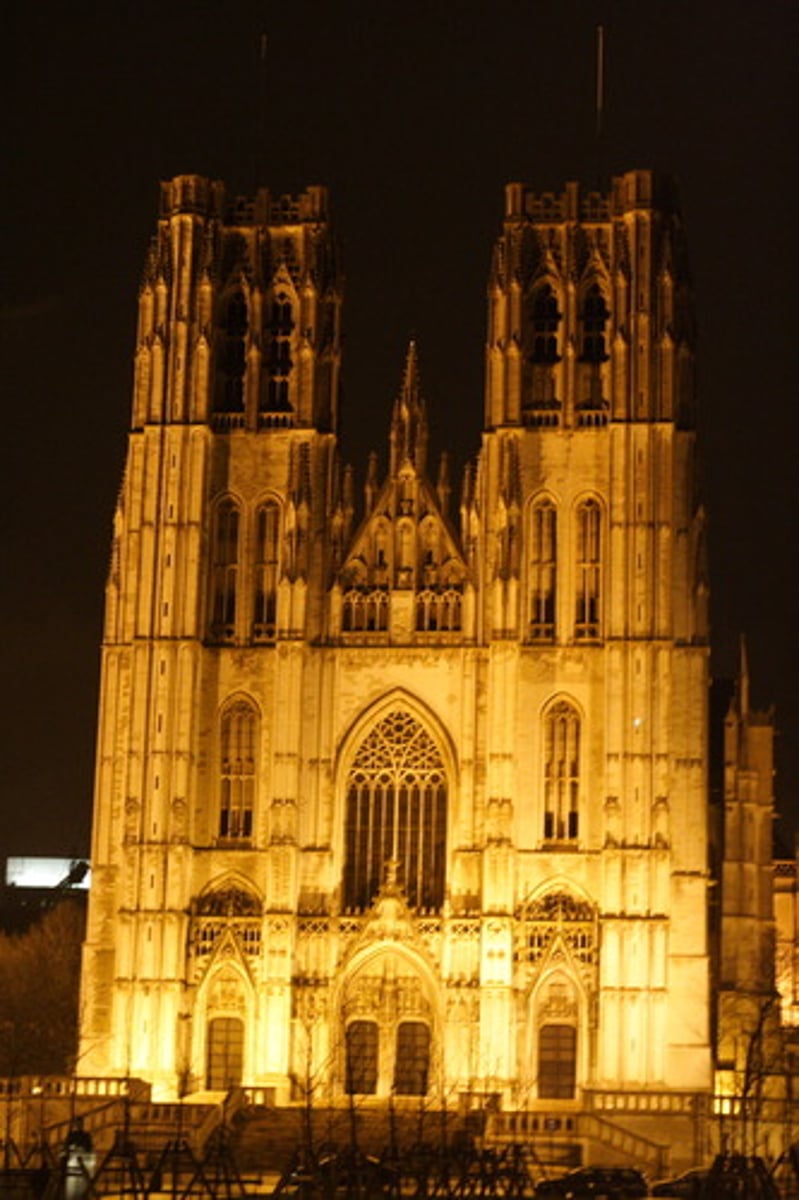
What are the roles of the 8 aspects of religion?
Sacred stories: easy to understand format.
Texts: To record.
Rituals: Express central beliefs in a tangible way.
Ethics: Guidelines for correct behaviour based on religious beliefs.
Symbols: Expresses beliefs through images or emblems.
Social structure: Based on and reflect beliefs and assist in transmission or use of beliefs. Organises people (includes the living and the dead). Transmits religious beliefs and ideas to adherents. Social structure facilitates and guide rituals and time. They interpret beliefs for adherents.
Spiritual experience: engaging in beliefs via the other aspects.
SPAT: Assists, reflects beliefs and ethics/values. Sources for one's focus. Recreating sacred time.

What is the relationship between the aspects?
- The aspects act together to reaffirm and strengthen the beliefs and make them real in the lives of adherents while shaping the believing community.
- Religious beliefs and their expression through the other aspects engender and nurture meaning for members of religious traditions.
- Some beliefs clearly find expression in all the other aspects, but some beliefs may be demonstrated only in some of the aspects.
- Aspects are the framework that supports individuals and groups to live their faith.
- They are the concrete expression of faith that gives meaning and purpose to individual lives.

What is the relationship between sacred stories and the aspects?
Sacred Stories transmit beliefs, are found in texts, may describe rituals, allude to ethics, include symbols/symbolize a story or belief, reflect s.structure, be told (transmitted) by s.structure, encourage Spiritual experience and inspire/connect to SPAT.
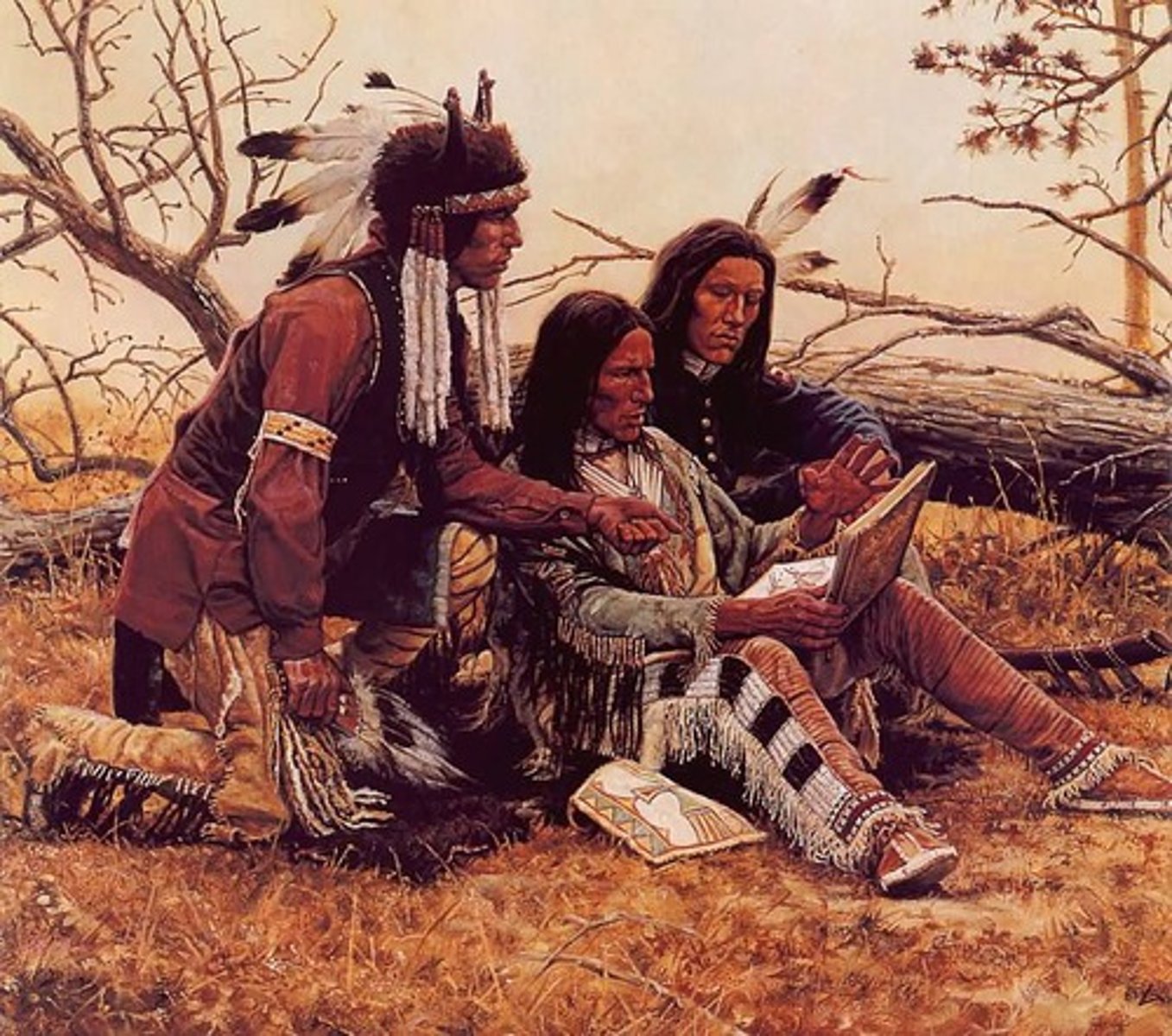
What is the relationship between texts and the aspects?
Texts contain sacred stories, transmit beliefs, describe, record, or inspire rituals. Record ethics directly or via stories, reflect the s.structure, may be considered an artefact, read at certain times, in spaces & places. Texts may be produced or preserved by the s.structure.
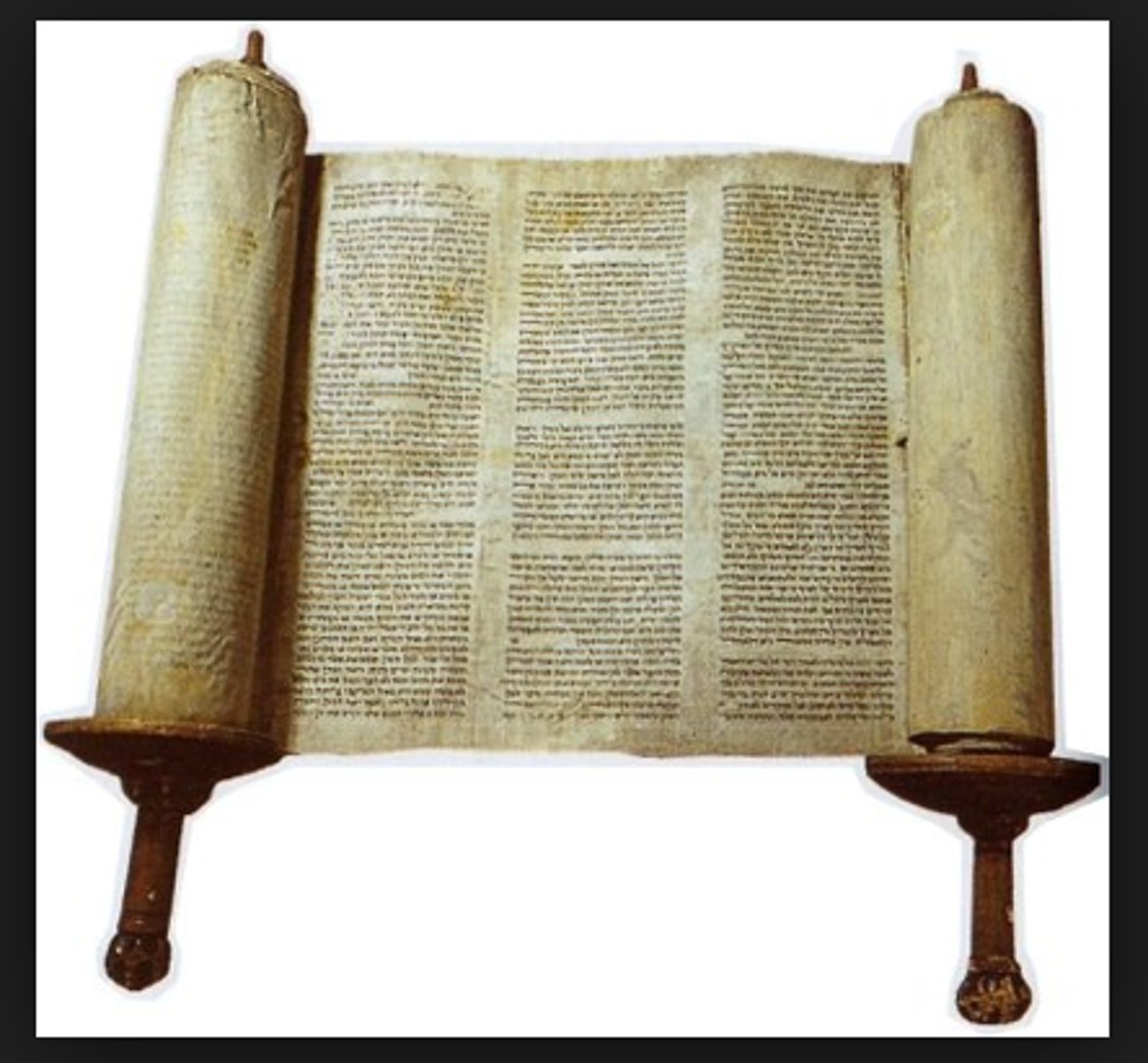
What is the relationship between rituals and the aspects?
Rituals transmit beliefs, may include or refer to sacred stories, texts, symbols, SPAT. May be conducted by certain members of the s.structure and offer an opportunity for spiritual experience/s.

What is the relationship between ethics and the aspects?
Ethics are based on beliefs/transmit beliefs, found in s.stories/texts, reflected or further transmitted in rituals and/or symbols, by & for s.structure, acting according to Ethics may be Spex and SPAT based on ethics as well.
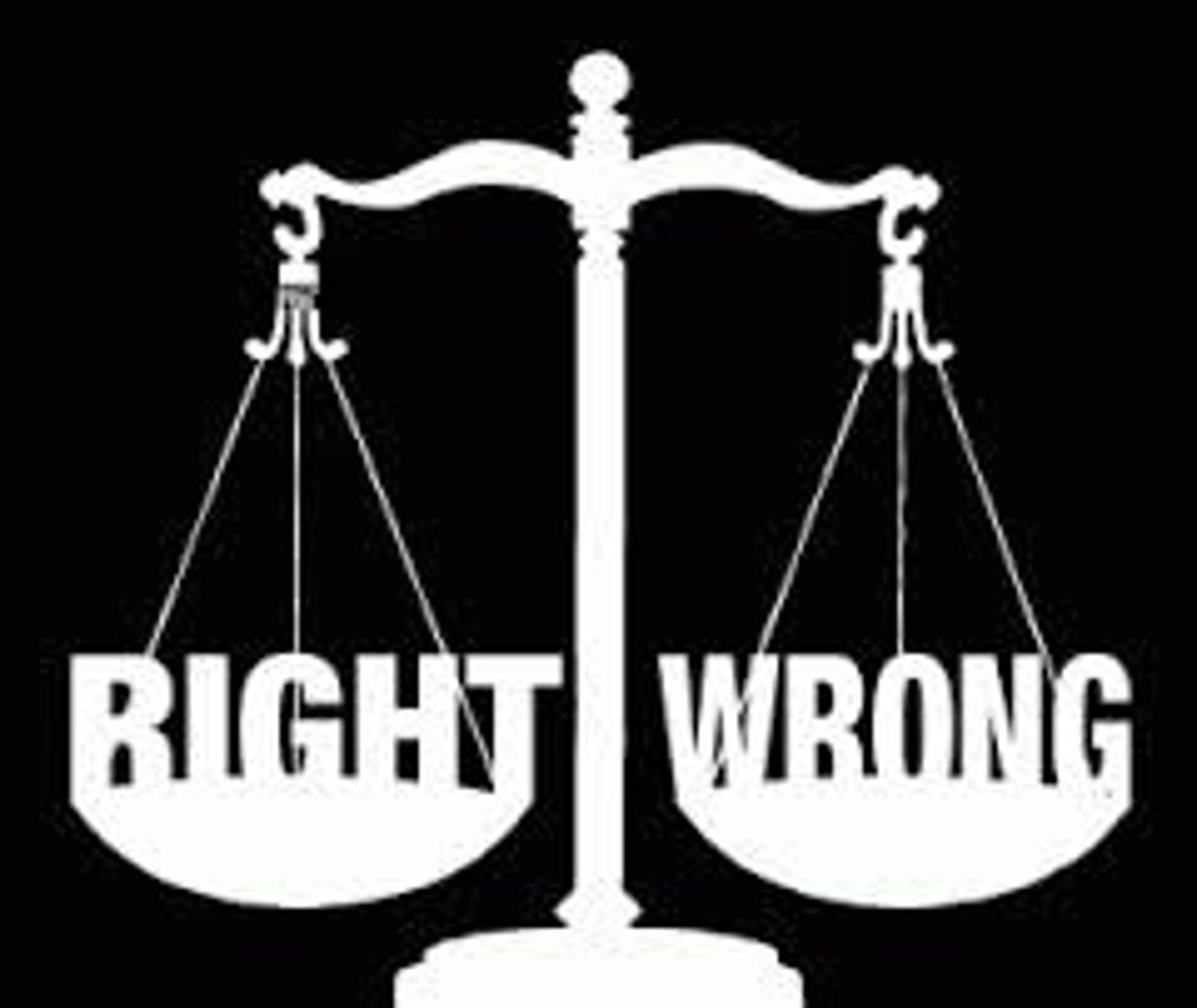
What is the relationship between symbols and the aspects?
Symbols express beliefs. S.stories, teachings and etc are found in texts and ethics. Symbols are used in rituals and are associated with s.structure. Used in certain spaces, places, times. Often are artefacts.

What is the relationship between social structure and the aspects?
Social Structure reflects beliefs, assist in transmission or the use of beliefs, s.stories are read through them and maybe producers or guardians of texts. Follow ethics, conductors/participants in rituals, may use or be associated with certain symbols, engenders Spex, works with space, place, artefacts and time.
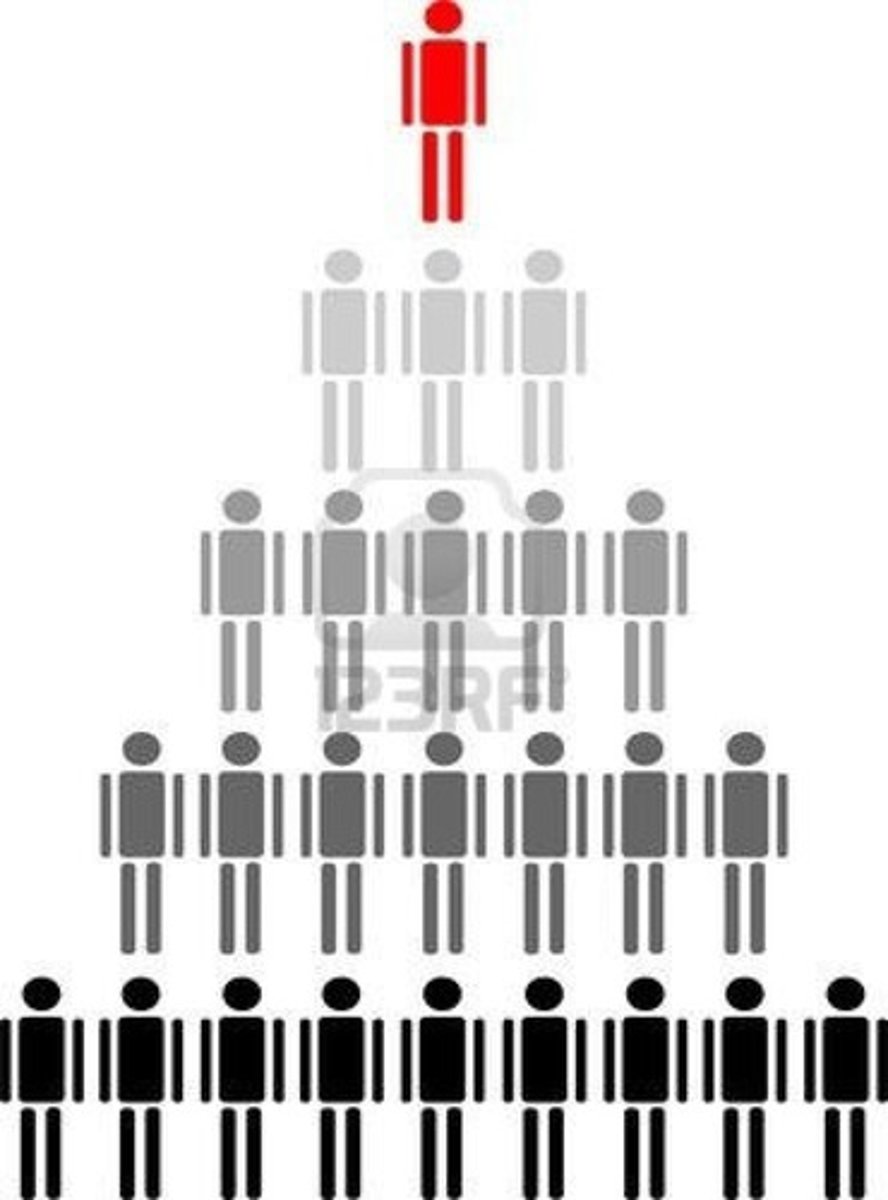
What is the relationship between spiritual experience and the aspects?
Spiritual Experience deepens the engagement with the sense of ultimate reality through feelings or intellect (with the use of SPAT). Interpretation that an experience is spiritual is based on belief. Maybe through the use of a text, reading/hearing a S.Story, participating in a ritual, acting in accordance with ethical principles (eg. helping the disadvantaged). Could be based on or represented by a symbol. Facilitated by a member of the s.structure.
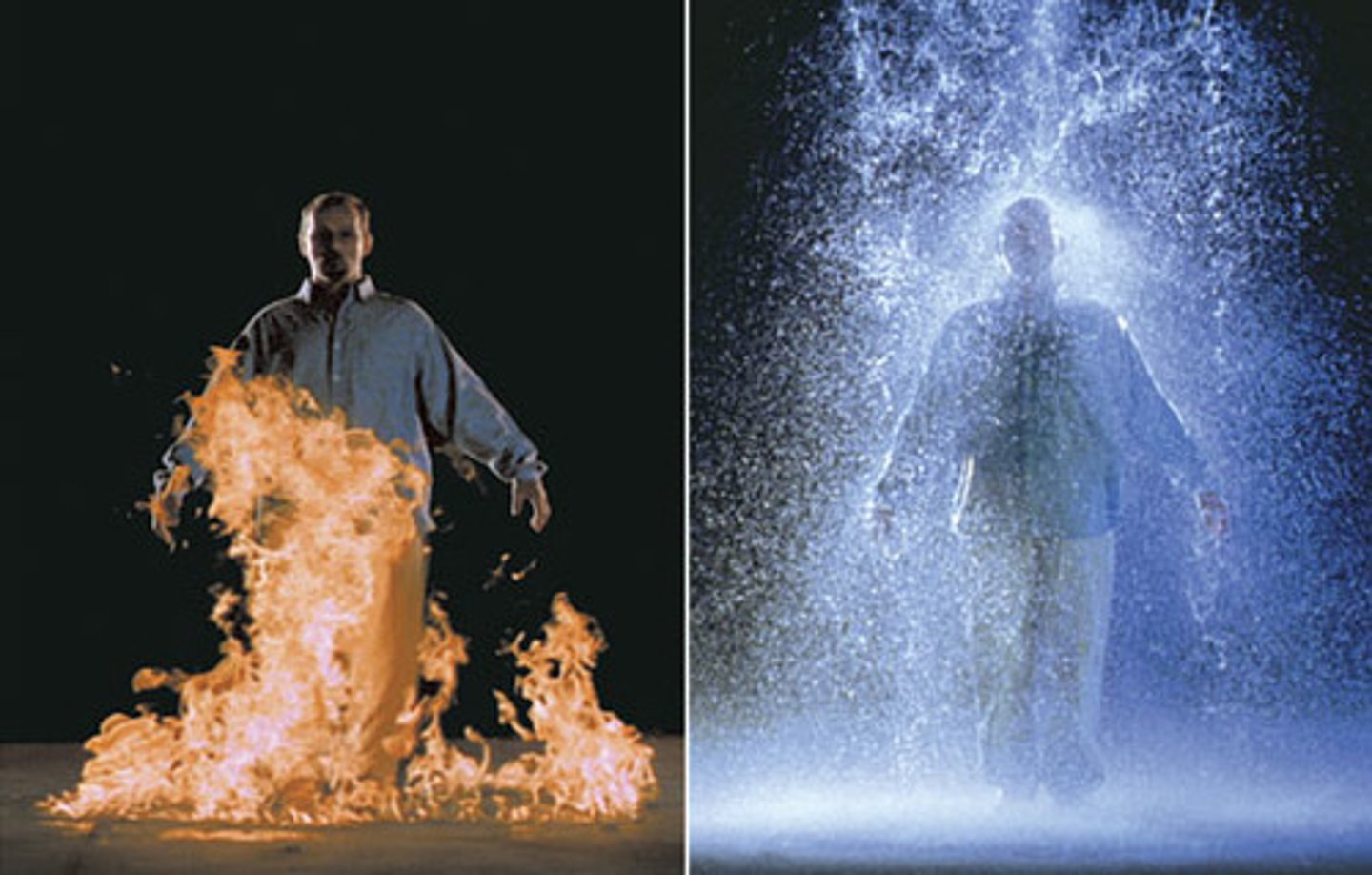
What is the relationship between SPAT and the aspects?
Space, Place, Artefacts, Time assist and reflects beliefs, ethics/values. Source of focus. May be based on or inspired by a sacred story. Could be a text. Elicits response = ritual. Symbols closely connected - especially artefacts. May have a spiritual experience in a particular space, at a place, using an artefact, in a certain time or creating sacred time.
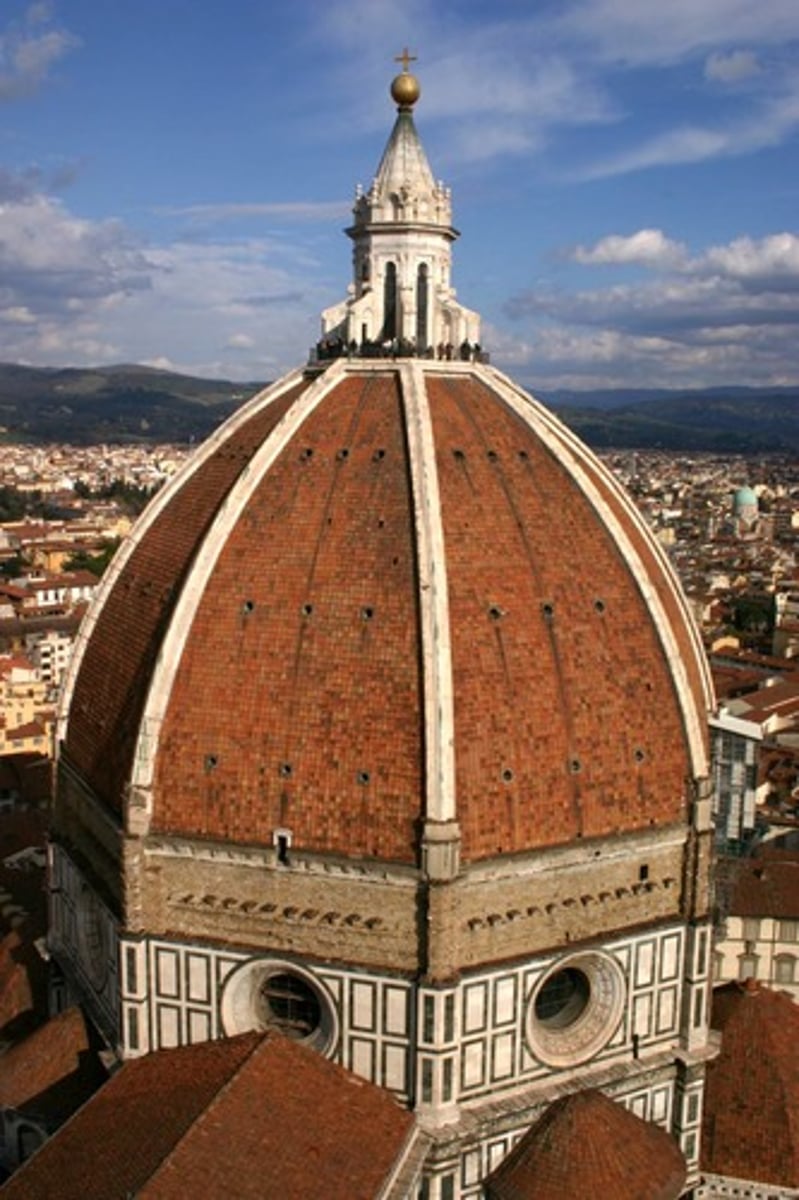
What are the two beliefs chosen?
1. The belief that Jesus Christ, second co-equal person of the Trinity, fully human and divine.
2. The belief that Humanity has eternal life/The Resurrection of the dead and the life of the world to come (Nicene creed).
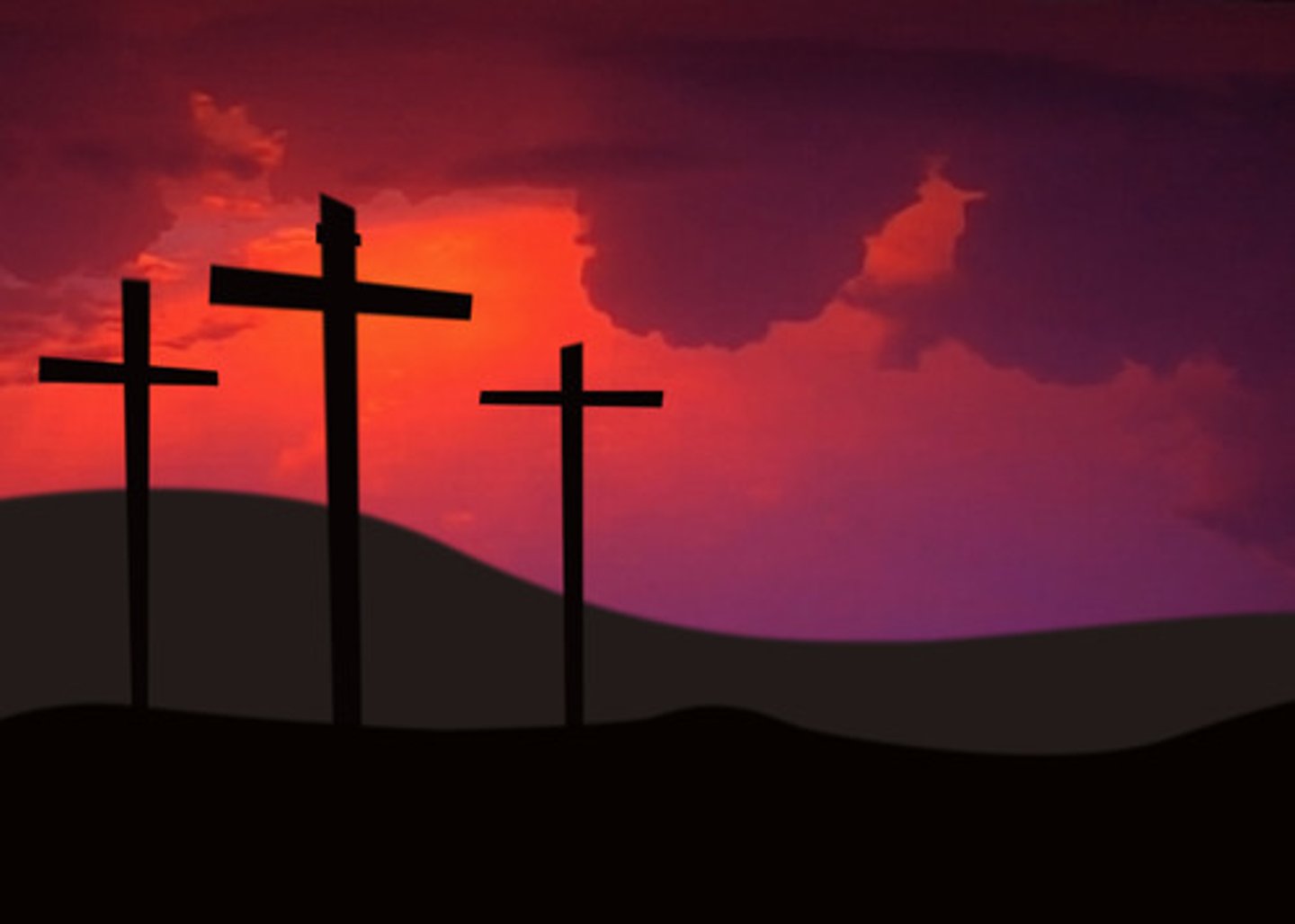
How is the belief that Jesus Christ, second co-equal person of the trinity, fully human and divine expressed in rituals?
- The sign of the cross (eg. in the name of the Father, and of the Son and of the Holy Spirit).
- Jesus as the second person of the Trinity.
- The Nicene Creed.
- Celebration of the Eucharist.
- Transubstantiation (The risen Jesus)
- John 11 (The story of The raising of Lazarus)
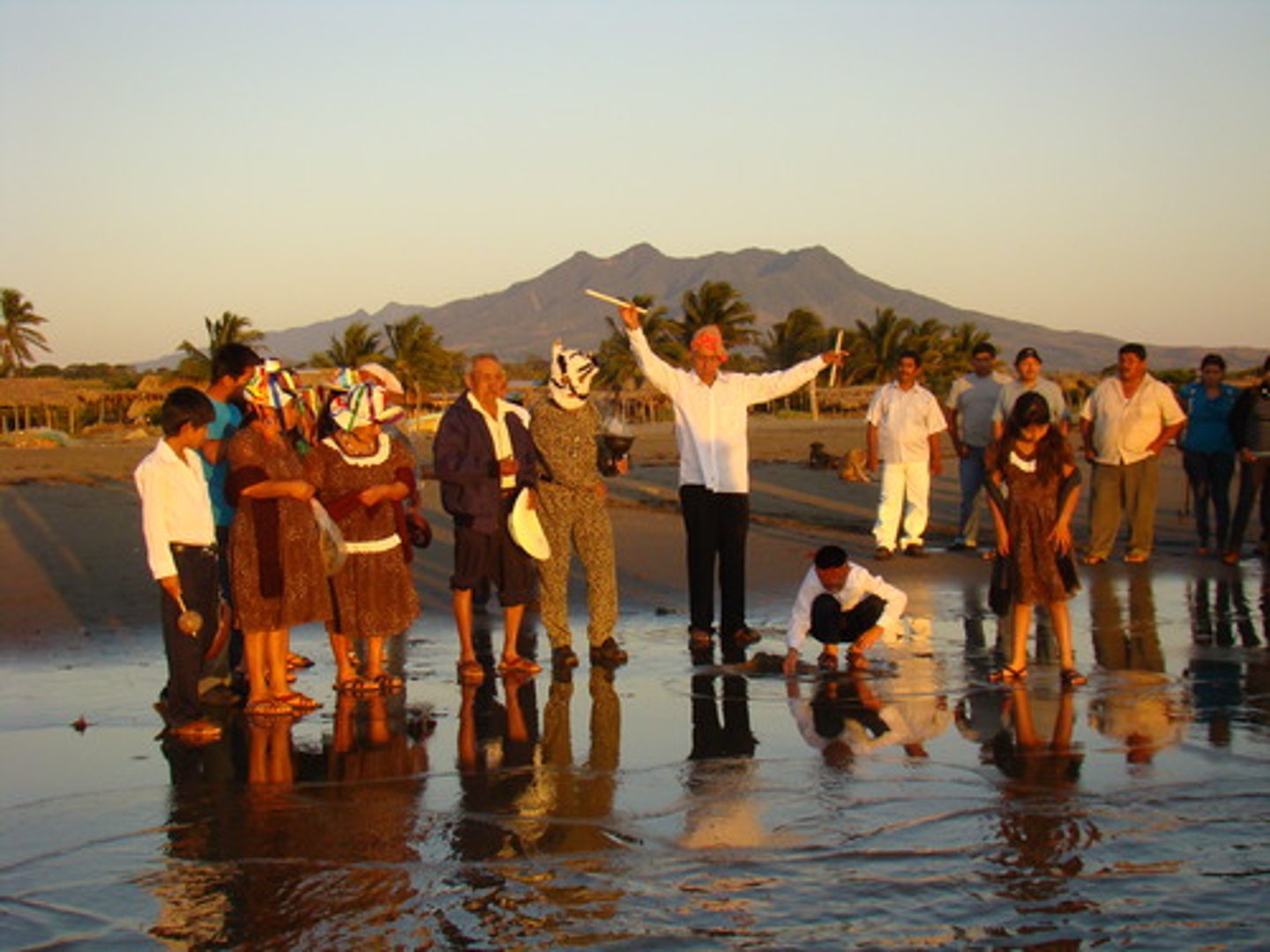
How is the belief that Jesus Christ, second co-equal person of the trinity, fully human and divine expressed in ethics?
- Adherents learn about ethical principles and guidelines for how God wants us to live with each other through the life and message of Jesus.
- Be a neighbour to others (The story of The parable of the Good Samaritan - Luke 10:25-37).
- Love one another as I have loved you (John 15:12 - the story of the vine and the branches).
- Just as I have loved you, you should also love one another (John 13:34 - the story of Jesus predicts Peter's denial).

How is the belief that Jesus Christ, second co-equal person of the trinity, fully human and divine expressed in symbols?
- Ichthus (Jesus Christ God Son Saviour).
- The cross is symbolic of the suffering and death of Jesus (humanity) followed by His Resurrection (divinity) and Ascension to return to the Father.
- The Bread and Wine represents the Body and Blood of Jesus.

How is the belief that Jesus Christ, second co-equal person of the trinity, fully human and divine expressed in texts?
- Gospel of Luke and John.
- The Nicene Creed.
- Catholic Catholicism.
- Eucharistic Prayer.
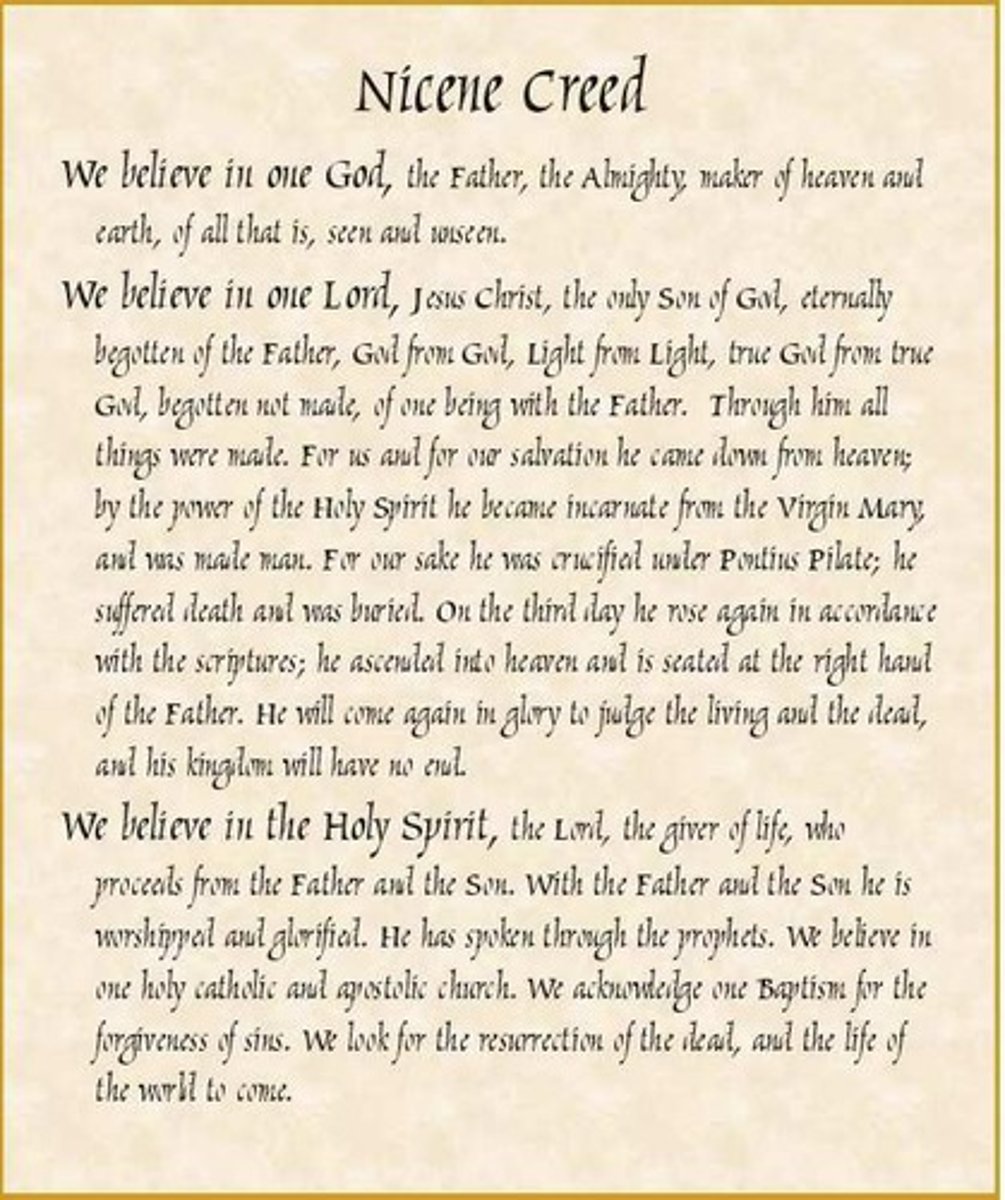
How is the belief that Jesus Christ, second co-equal person of the trinity, fully human and divine expressed in social structure?
- Jesus Christ (2nd person in the social structure) inspired the early followers to live a certain way, have an attitude with love, compassion and service. Additionally, to preach the Good News.
- The Church today is similar to the time of Jesus. Pope Francis mentions "the thing the church needs most today is the ability to heal wounds and to warm hearts of the faithful; it needs nearness/proximity. I see the church as a field hospital after battle."
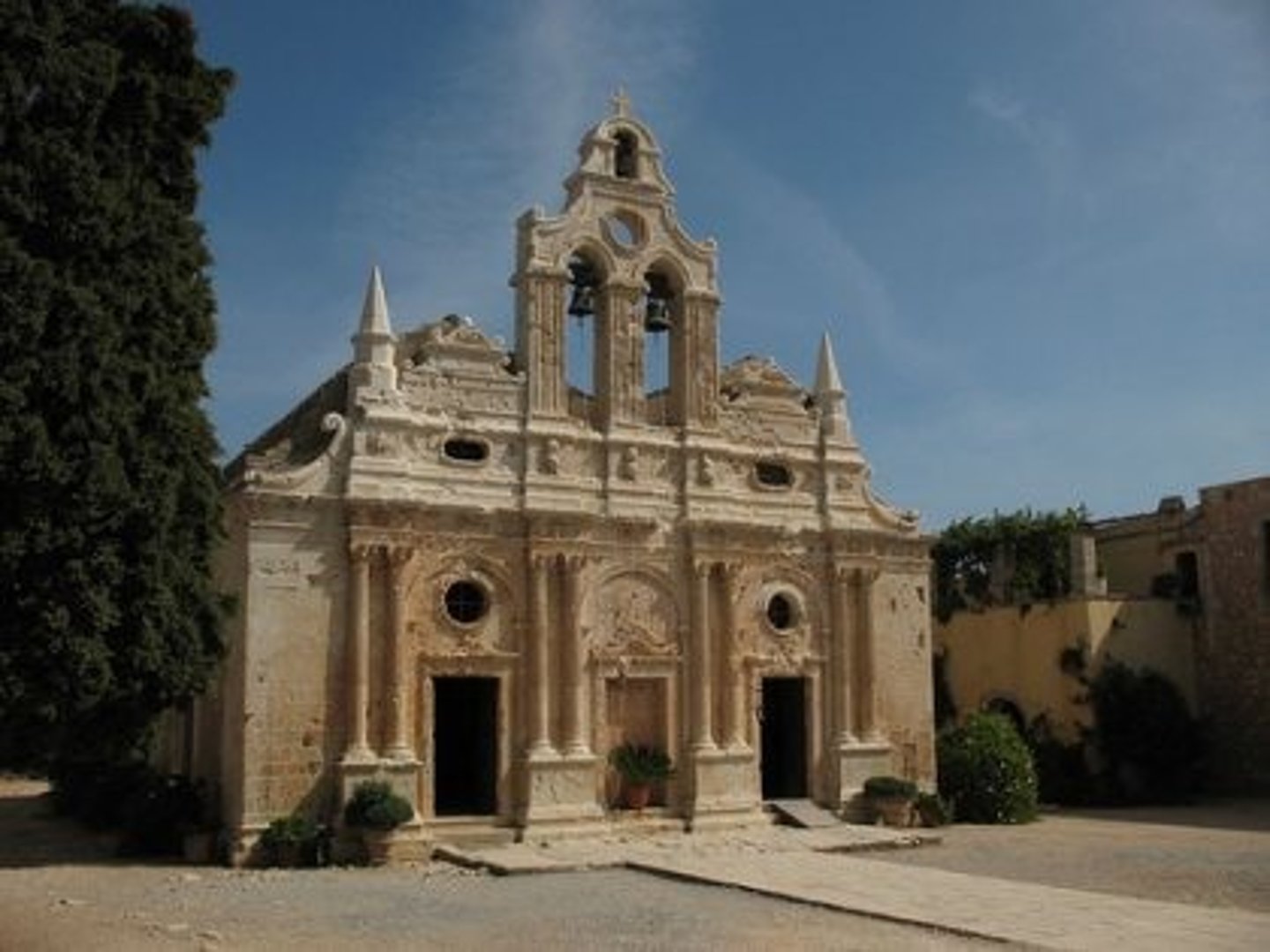
How is the belief that Jesus Christ, second co-equal person of the trinity, fully human and divine expressed in sacred stories?
- The birth of Jesus in Luke's gospel (Luke 1 and 2).
- The prologue of the Gospel of John.
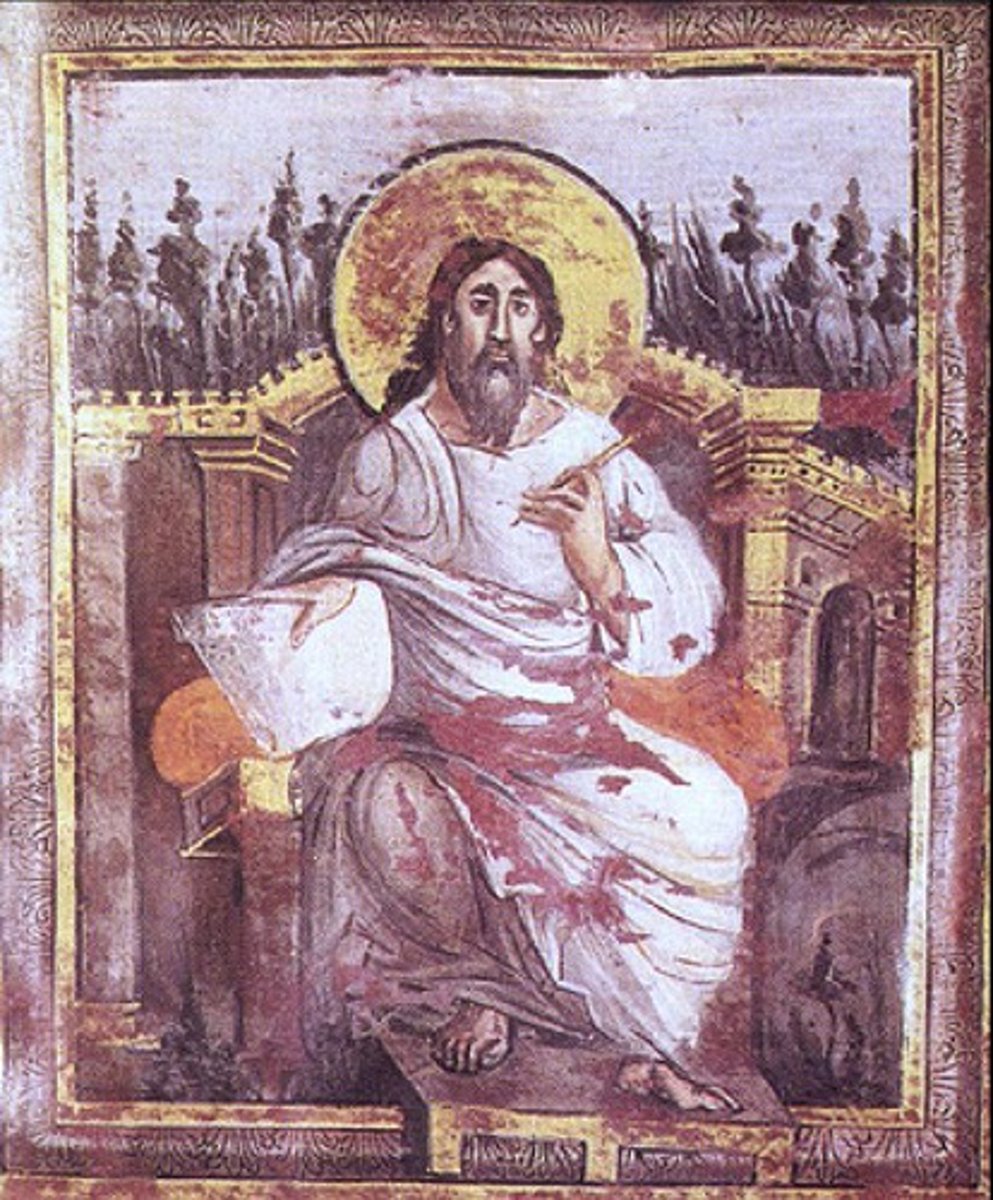
How is the belief that Jesus Christ, second co-equal person of the trinity, fully human and divine expressed in SPAT?
Spaces: Tabernacle (where the host is - represents the body of the Risen Jesus).
- Sanctuary.
Places: Bethlehem, Calvary, Holy land, Rome and Churches.
Artefacts: Crucifix, Statue of Jesus, rosary beads, statues of the Birth of Jesus (incarnation).
Times: Holy Week and Easter. Feasts of Christmas (birth of Jesus), Easter (risen from the dead) and seasons of the Church.

How is the belief that Jesus Christ, second co-equal person of the trinity, fully human and divine expressed in spiritual experience?
- For Catholicism, spiritual experiences are those which invite a personal encounter with the person of Christ.
- Helping and serving the poor allows to encounter Jesus in others: "I see Jesus in every human being. I say myself, this is hungry Jesus, I must feed him. This is sick Jesus. This one has leprosy or gangrene; I must wash him and tend to him. I serve because I love Jesus." Mother Teresa.
- Prayer life: enables people to encounter Jesus and deepen their relationship with God.
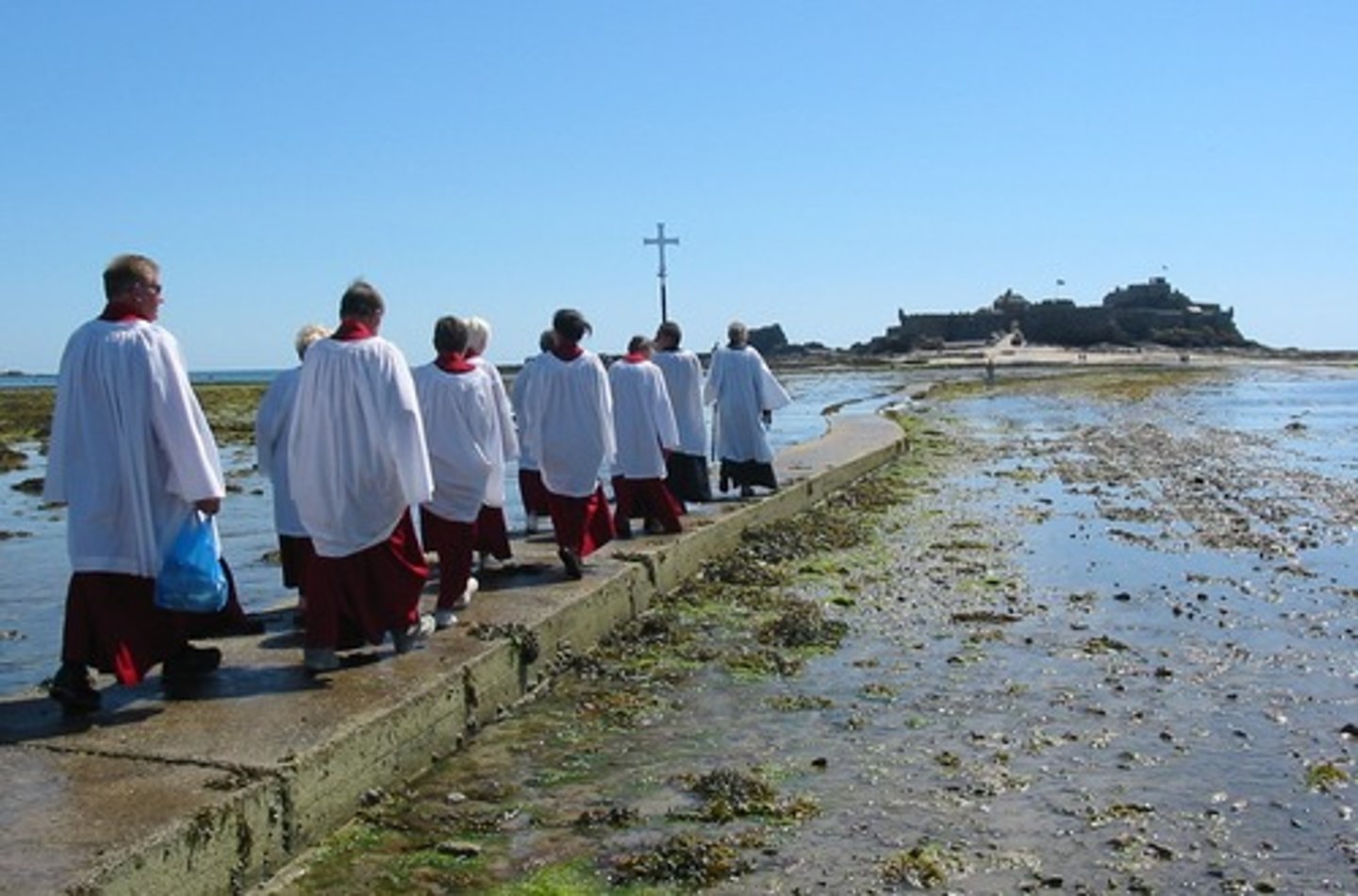
Which categories of belief reflect the belief that Jesus Christ, incarnate Son of God, is both fully human and divine and second co-equal person of the Trinity?
- The relationship between humans.
- The relationship between humans and the rest of the natural world.
- The Nature and purpose of human life.
- The relationship between Ultimate reality and humanity.
- Ultimate reality.
- Suffering.
- Death and the Afterlife.

How is the belief that Humanity has eternal life expressed in rituals?
- Funeral liturgy (shows all the other aspects).
- Holy communion.
- Transubstantiation.
- Reconciliation.
- Sprinkling of the casket (reminds us of the grace and hope that we have in Christ Jesus and God's power of our mortal and flawed nature).
- Music (symbolises the expectant joy; we have eternal life in Christ).

How is the belief that Humanity has eternal life expressed in ethics?
- Nurturing meaning through our selflessness (following Christ's path).
- Ethics: correct behaviour for a reward in Heaven.
- Matthew 25:31 (the story of the sheep and the goats) hunger and thirst.
- Beatitudes (Matthew 5:1-12 - the story of the beatitudes "Blessed are the pure in heart, for they will see God." )
- Luke 10 (love thy neighbour).

How is the belief that Humanity has eternal life expressed in symbols?
- The Priest's vestments (reminds adherents that Jesus died for us).
- Cross (Jesus has resurrected).
- Paschal candle (expresses the light of the risen Christ).
- White pall at a funeral (expresses newness).
- Holy water (reminder of baptism, eternal life with Jesus through baptism).

How is the belief that Humanity has eternal life expressed in texts?
- The Nicene Creed "We look forward to the resurrection of the dead and the life in the world to come."
- John's gospel (John 3:36, John 5:29, John 6:51 and John 11:25).
- Catechism of the Catholic Church.
- Scripture passages (symbolises the belief in eternal life).
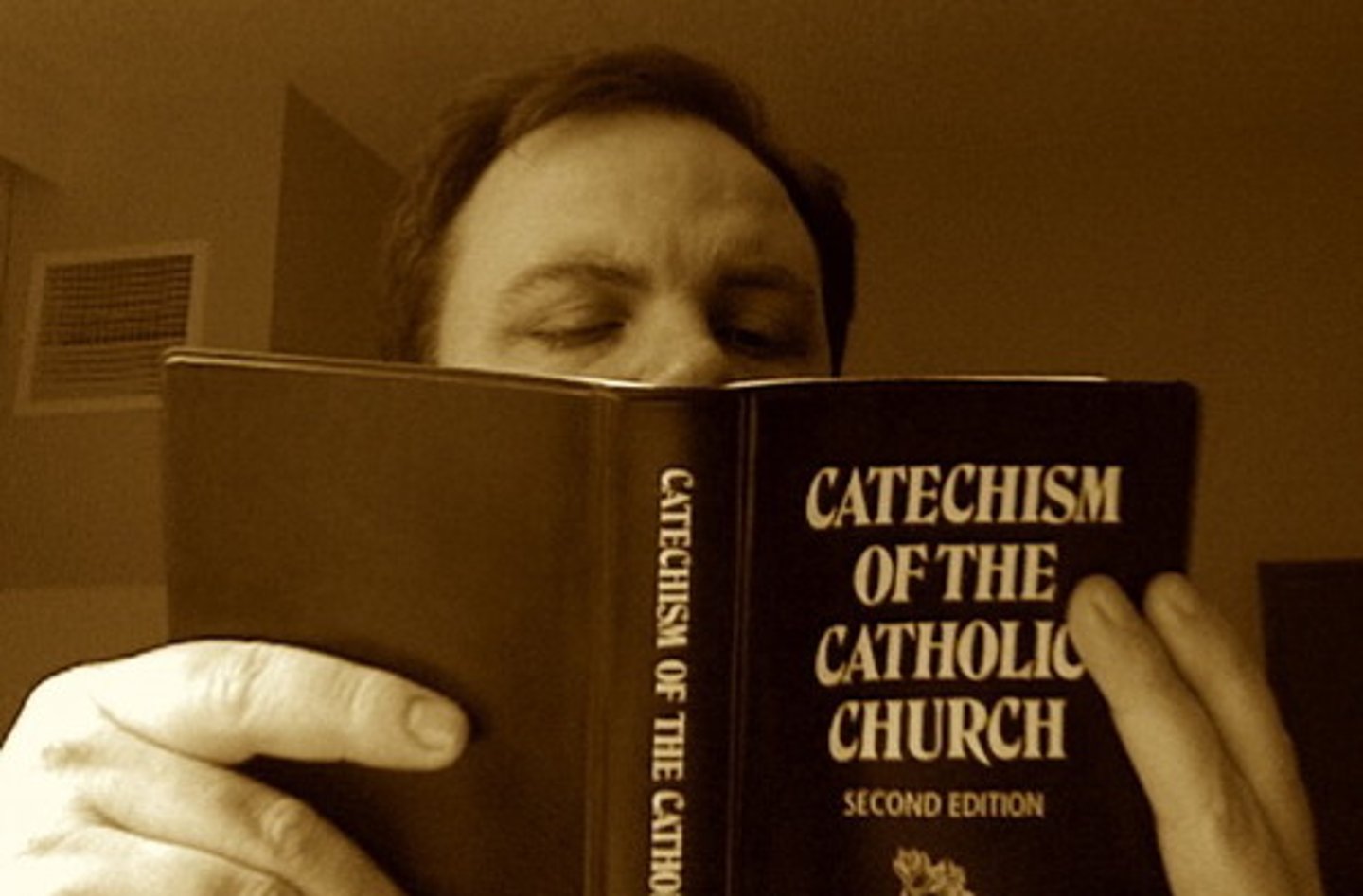
How is the belief that Humanity has eternal life expressed in social structure?
- The teachings on the belief that all humanity has eternal life.
- Community of believers are called to support others. "Live out the resurrection." "Those who have gone before us marked with the sign of faith."
- Social structure strengthens adherents with the belief.
- Facilitates rituals.
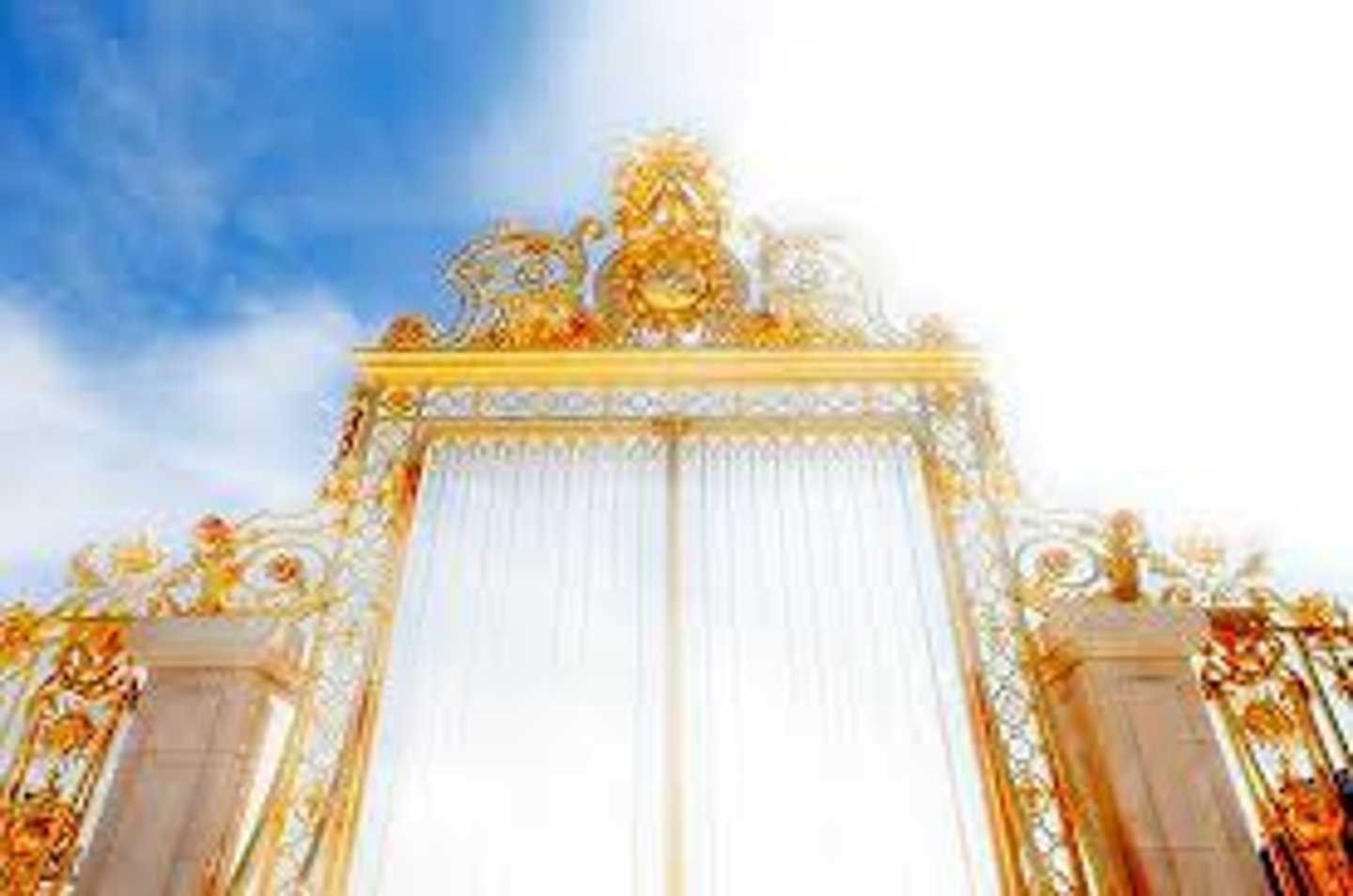
How is the belief that Humanity has eternal life expressed in sacred stories?
- Luke's gospel (Luke 24 - the story of the Resurrection of Jesus).
- Luke 24:13 (the story of the road to Emmaus).
- The story of Nicodemus visiting Jesus (John 3:1).
- The raising of Lazarus (John 11).
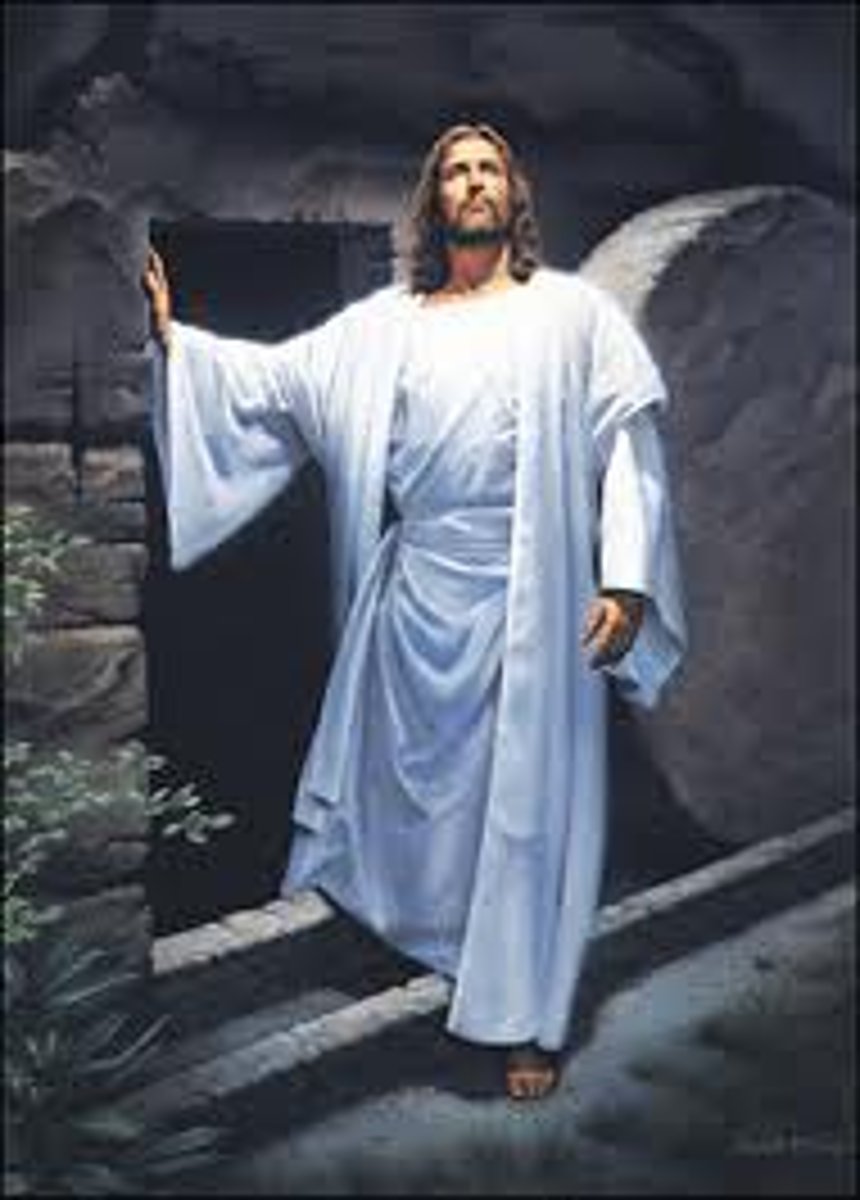
How is the belief that Humanity has eternal life expressed in SPAT?
Spaces: around the actual coffin and the final commendation and committal (this is a space as people go there; you cannot move it). Tabernacle.
Artefacts: White vestment is worn by the priest (reminds us that Jesus died for us).
Times: Easter liturgical calendar, Christian mourning period and Easter Sunday (Resurrection Sunday).
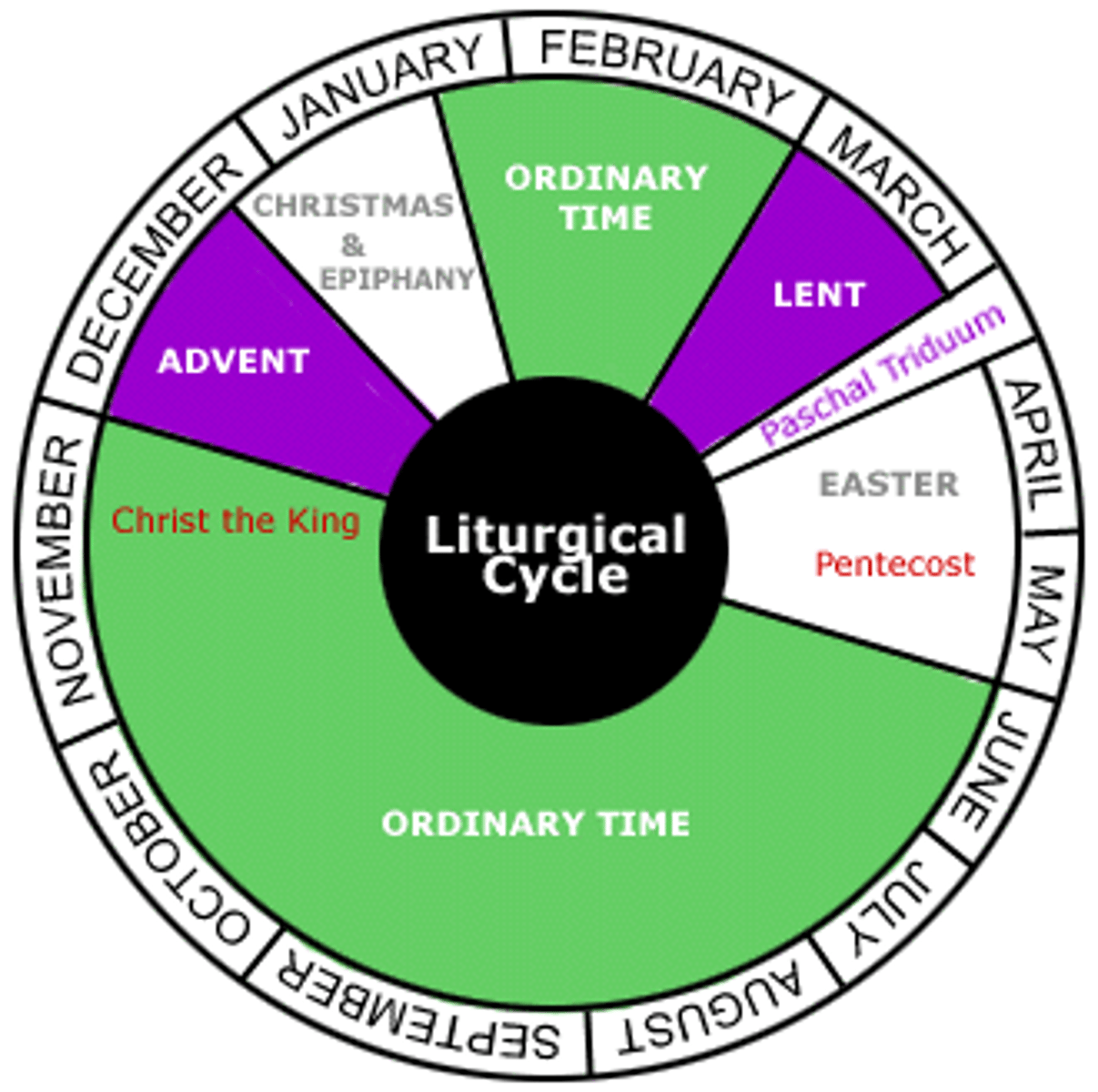
How is the belief that Humanity has eternal life expressed in spiritual experience?
- Praying to Jesus.
- Mentioned by an adherent "It is a spiritual work of mercy to pray for the living and the dead".

Beliefs impacting significant life experience
B - SLE

Significant life experience impacting beliefs
SLE - B
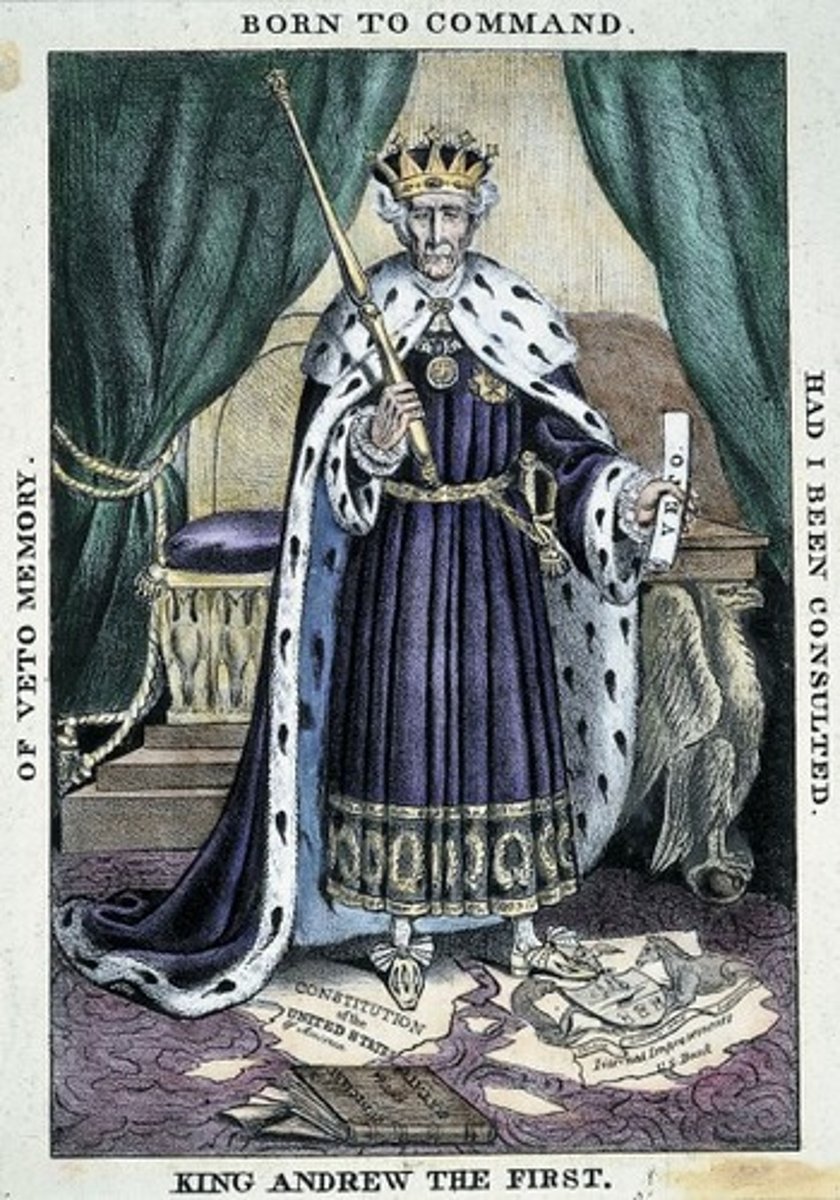
What are the types of significant life experiences?
- Joy
- Awe
- Wonder
- Major life choices
- Human relationships
- Love
- Death
- Suffering
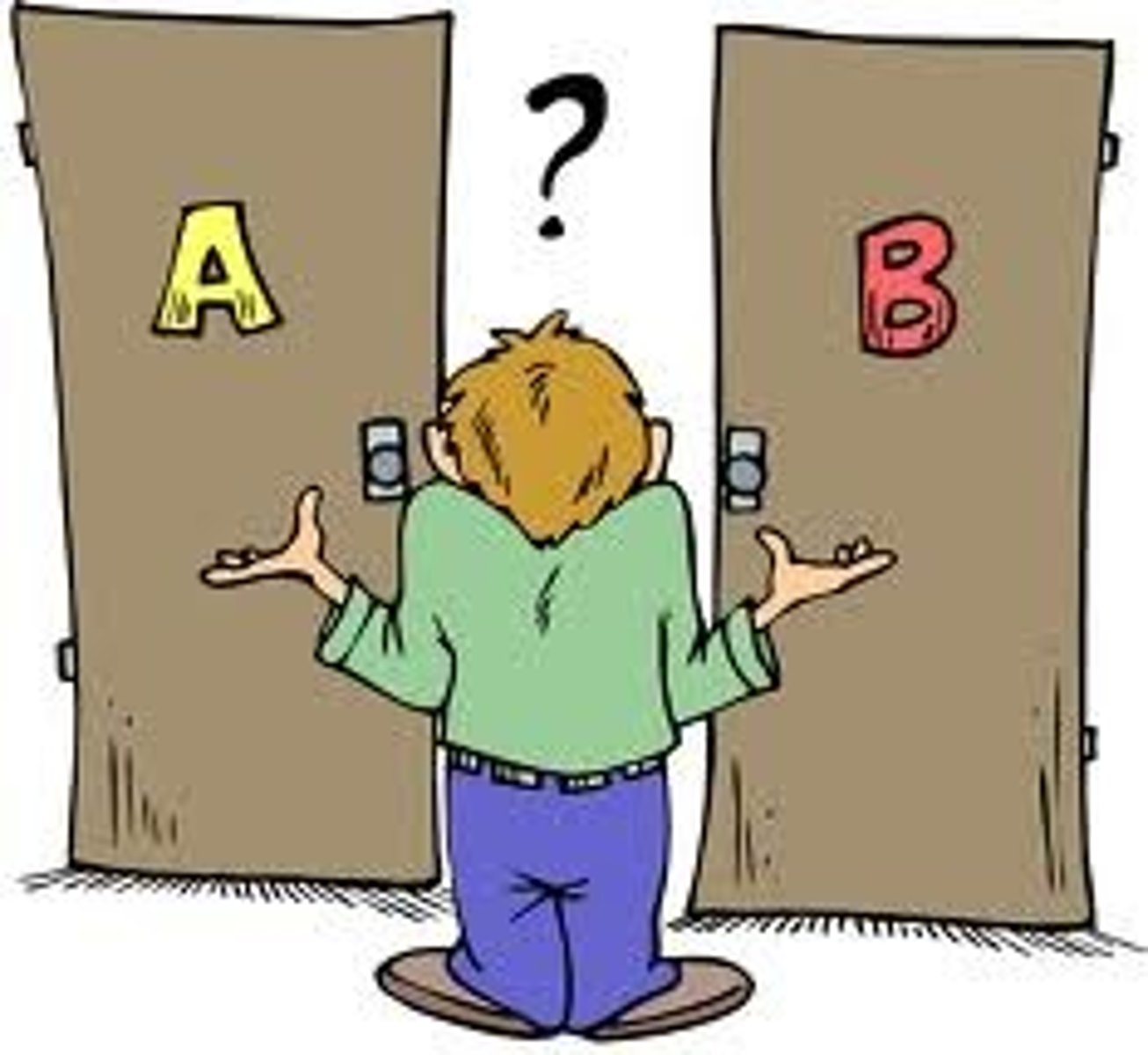
How do you remember the types of significant life experiences?
J.A.W ...
(Joy, awe, wonder)
We make life choices that usually involve human relationships and we may fall in love which lead to life commitment which can lead to marriage, holy orders, career choices and commitments. Suffering may lead to death.

What are the impacts of B-SLE?
SHRIMP.
- Strength
- Hope
- Response
- Interpretation
- Meaning
- Purpose
Also
- Give direction
- Give meaning to
- Help a person understand
- Give hope, encourage, console

What are the impacts of SLE-B?
PRAWNS.
- Positive
- Reaffirmed
- Abandoned
- Weakened
- Negative
- Strengthened
Which member from Roman Catholicism had a significant life experiences?
Oscar Romero.
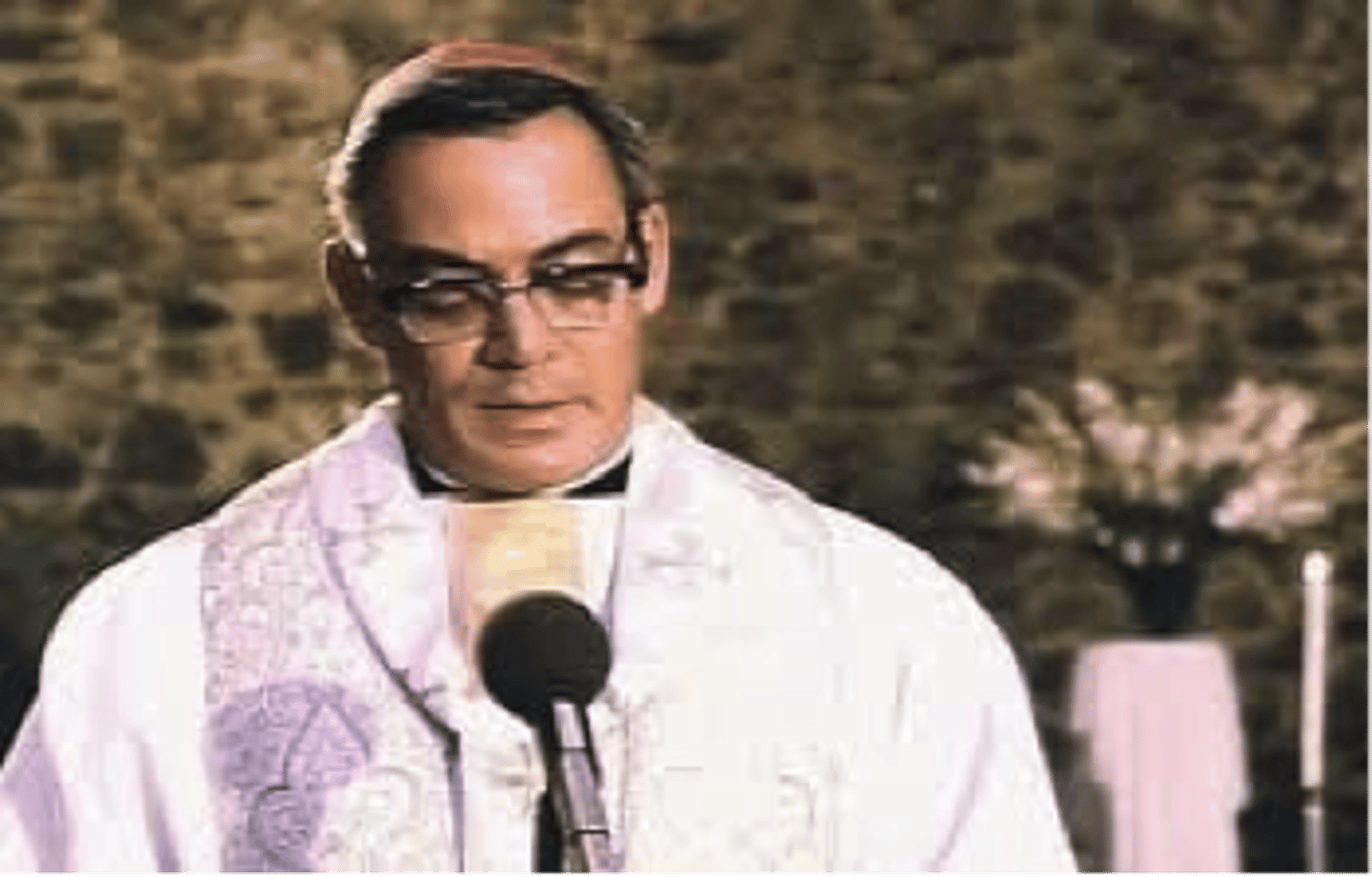
What was the 'before' experience of Oscar Romero?
Renny Golden - "He was predictable, conservative, orthodox, pious bookworm who criticised Liberation theology."
- He was quiet about the poor, however, worked for Caritas. Fr Rutilo Grander was vocal which got him executed.
- Understands his belief. It was something he belonged to. His belief gave him identity, purpose and support.
- He believed that the church was for all people, to support the status quo.
- Believed the Roman Catholic Church followed the teachings of Christ.
- Genesis 1:27
- Broadcast his sermons.
- Welcomed all people into the church
- Believed in the "one holy, catholic and apostolic church".
- Believed in "one Lord, Jesus Christ" (eternal life, ethics, suffering, love one another "no greater love has a passion than to lay one's life down for his friends" John 15:13.
- Joined the seminary at 13 years.
- Worked with other Catholics.
- Obeyed church leaders.
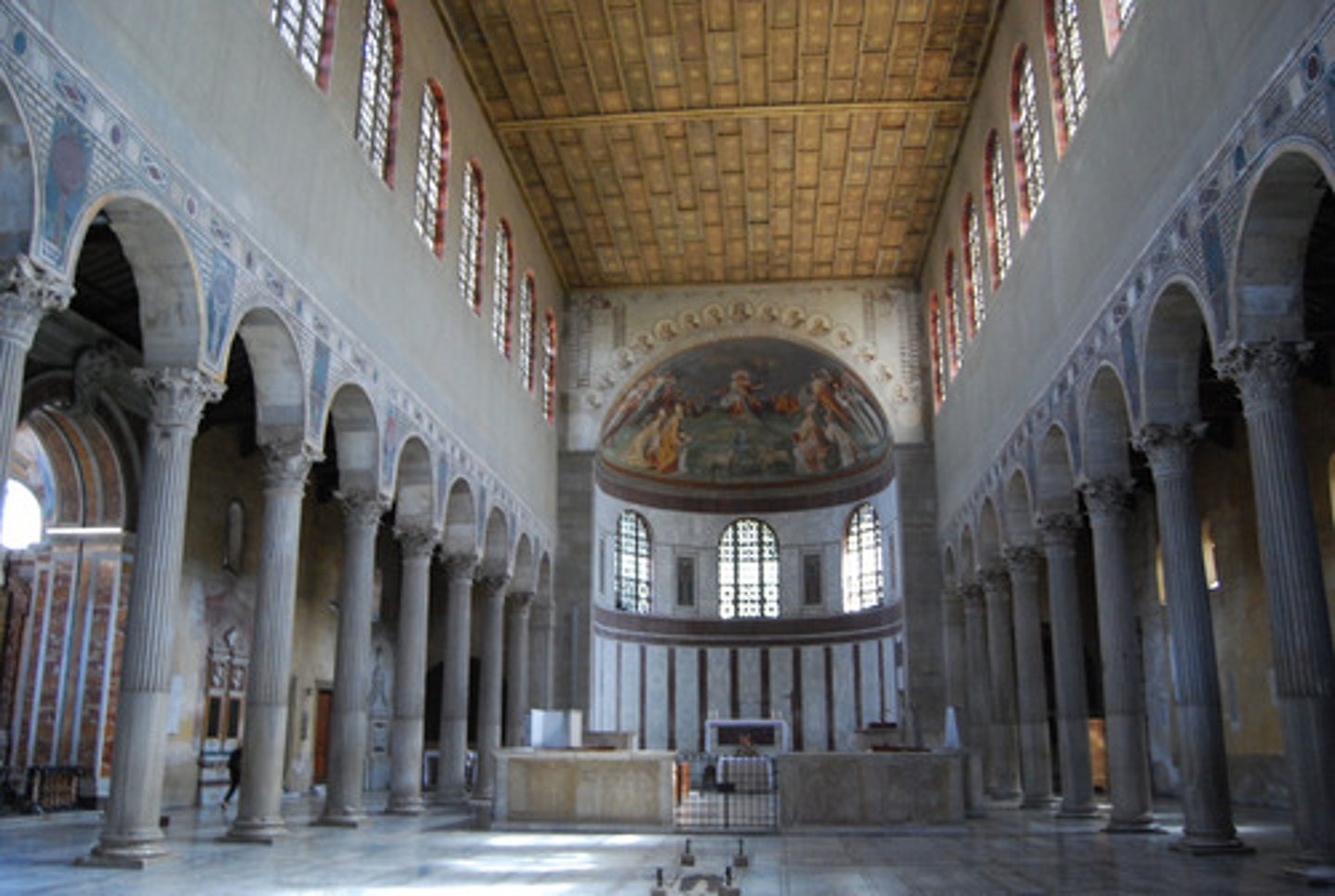
What is the Renny Golden quote for Oscar Romero's 'before'?
"He was predictable, conservative, orthodox, pious bookworm who criticised Liberation theology."
What was the 'during' experience of Oscar Romero?
There were 2 parts to Oscar Romero's significant life experience, the first part was being installed as Archbishop on 24th February 1977. The second part was the execution of his good friend Father Rutilio Grande Sj on March 12th 1977.
Other features:
- Because of his SLEs he understood that he is a part of the 'one holy, catholic and apostolic church' he feels responsible for his 'flock'.
- Understood that as a member of the 'one holy, catholic and apostolic church' Father Rutilio shouldn't have been executed.
- Eternal life.
- Dignity of human life/person.
- Thou shall not kill (Exodus 20:13).
- He felt responsible for his 'flock' after being installed as Archbishop.
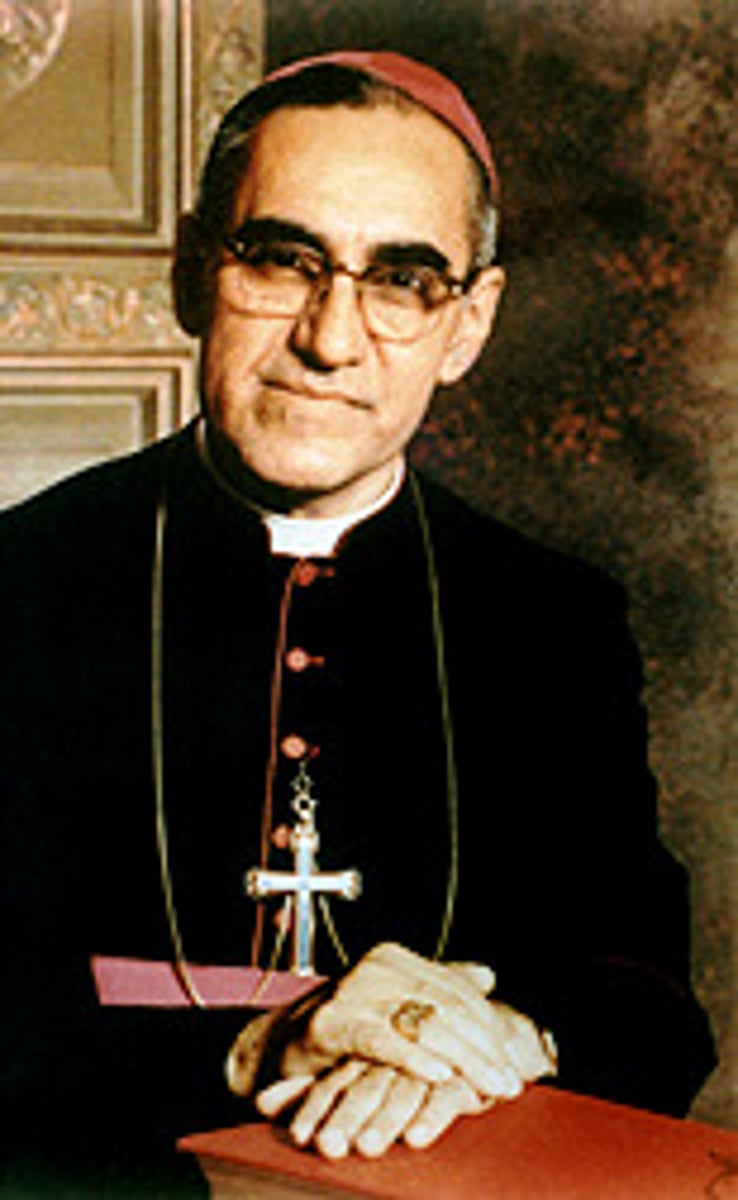
What does Oscar Romero say after seeing his friend's corpse?
"If they killed him for what he did, I too must walk the same path." - signifies eternal life in his 'flock'.
Another quote "May God have mercy on the assassins."
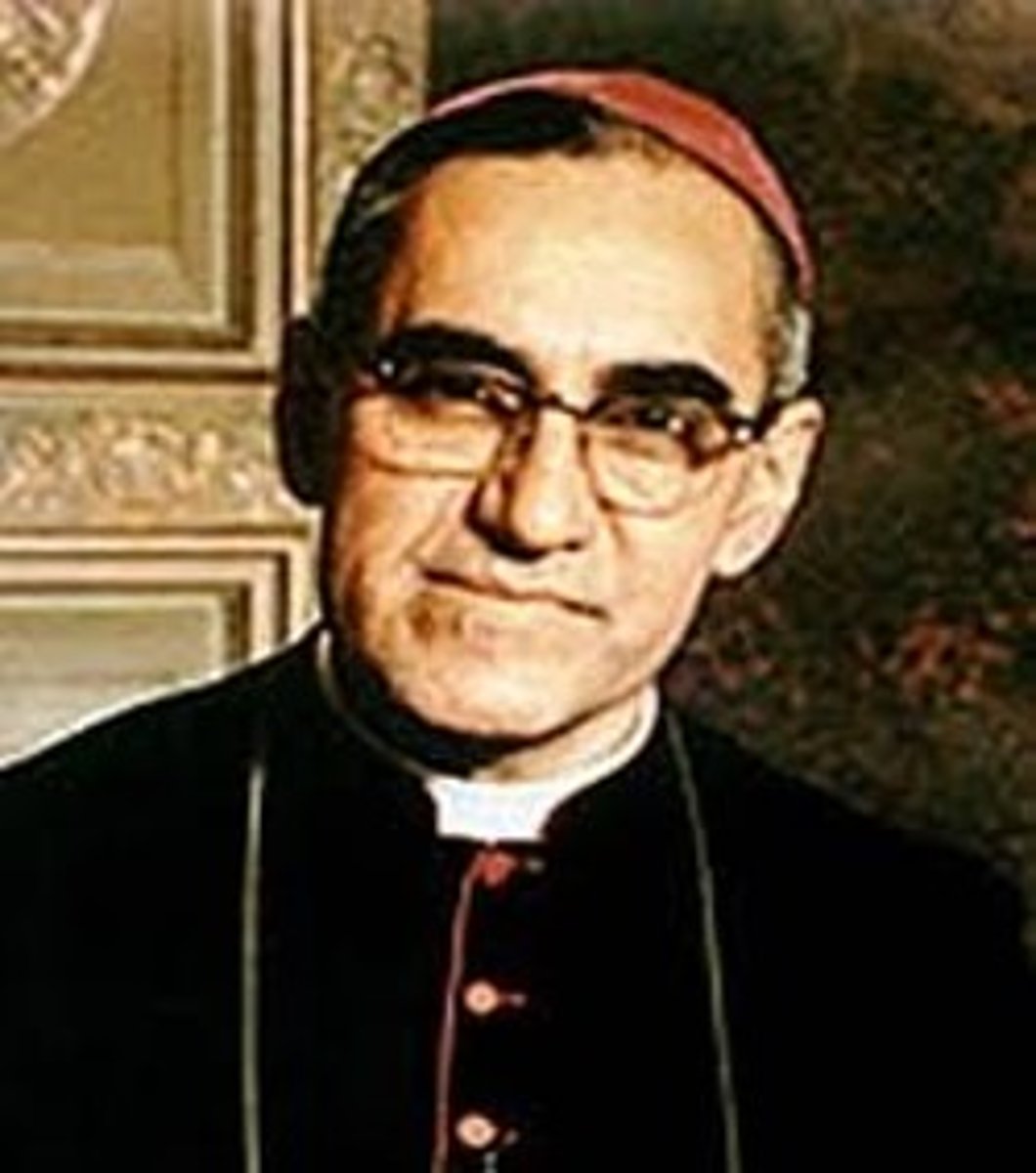
What was the 'after' experience of Oscar Romero?
Beliefs are the same but the way he expresses or engages with these beliefs is impacted by his SLE.
- Fully agreed with the preferential option for the poor. In 1979, Romero travelled to Rome to beg for help against the repression of his people. He was sent back with no assistance.
- He starts to question his belief in "one holy, catholic and apostolic church". He questions the church (Is the church really the church for the poor?)
- No longer feels supported by the church. Does not rely on the authority of the Church of Rome.
- Love one another.
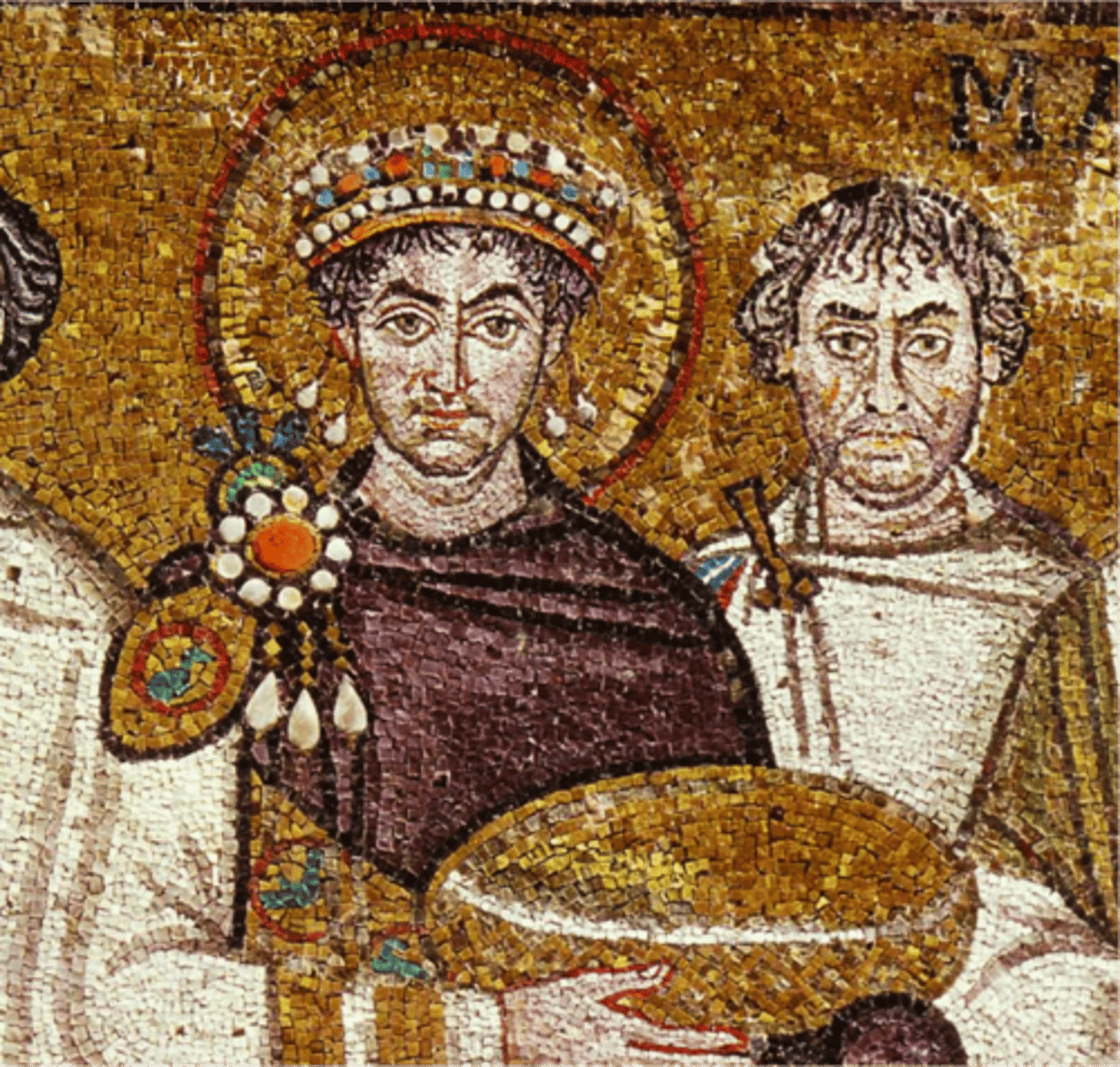
What does Oscar Romero say for his 'after' experience?
"A church that does not join the poor...is not the true church of Jesus Christ."
"As a Christian, I don't believe in death without resurrection."
"If they kill me, I will rise again in the Salvadorian people." (Signifies the relationship between humans, the death and afterlife and nature and purpose of human life.) This can also go under 'love' for types of SLEs.

What is a challenge to theology?
A challenge to a religion's ideas about ultimate reality or any of the other categories of beliefs/existential questions.
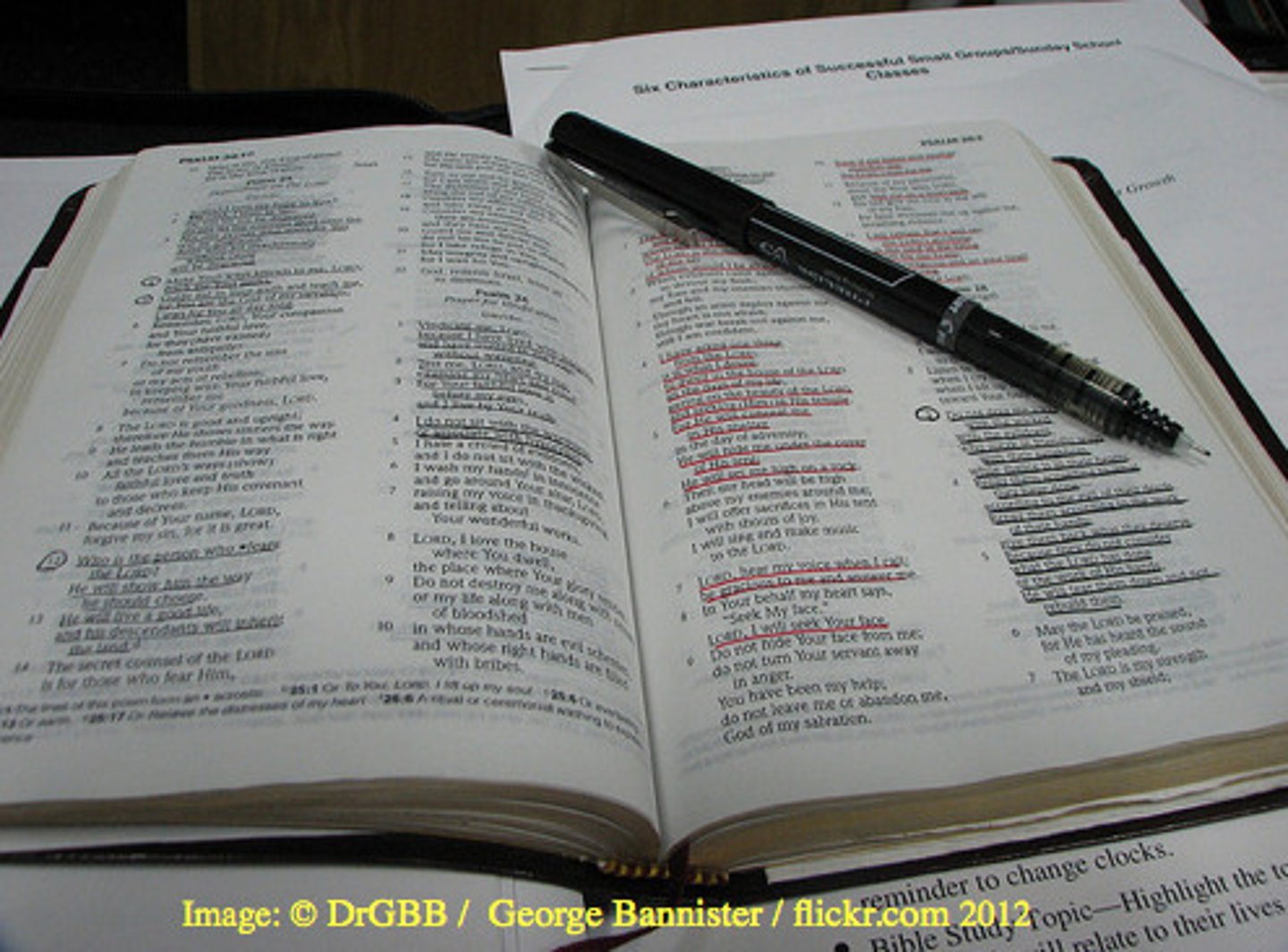
What is a challenge to ethics?
A challenge involving the ethical principles (or the concepts about right and wrong) of a religion.
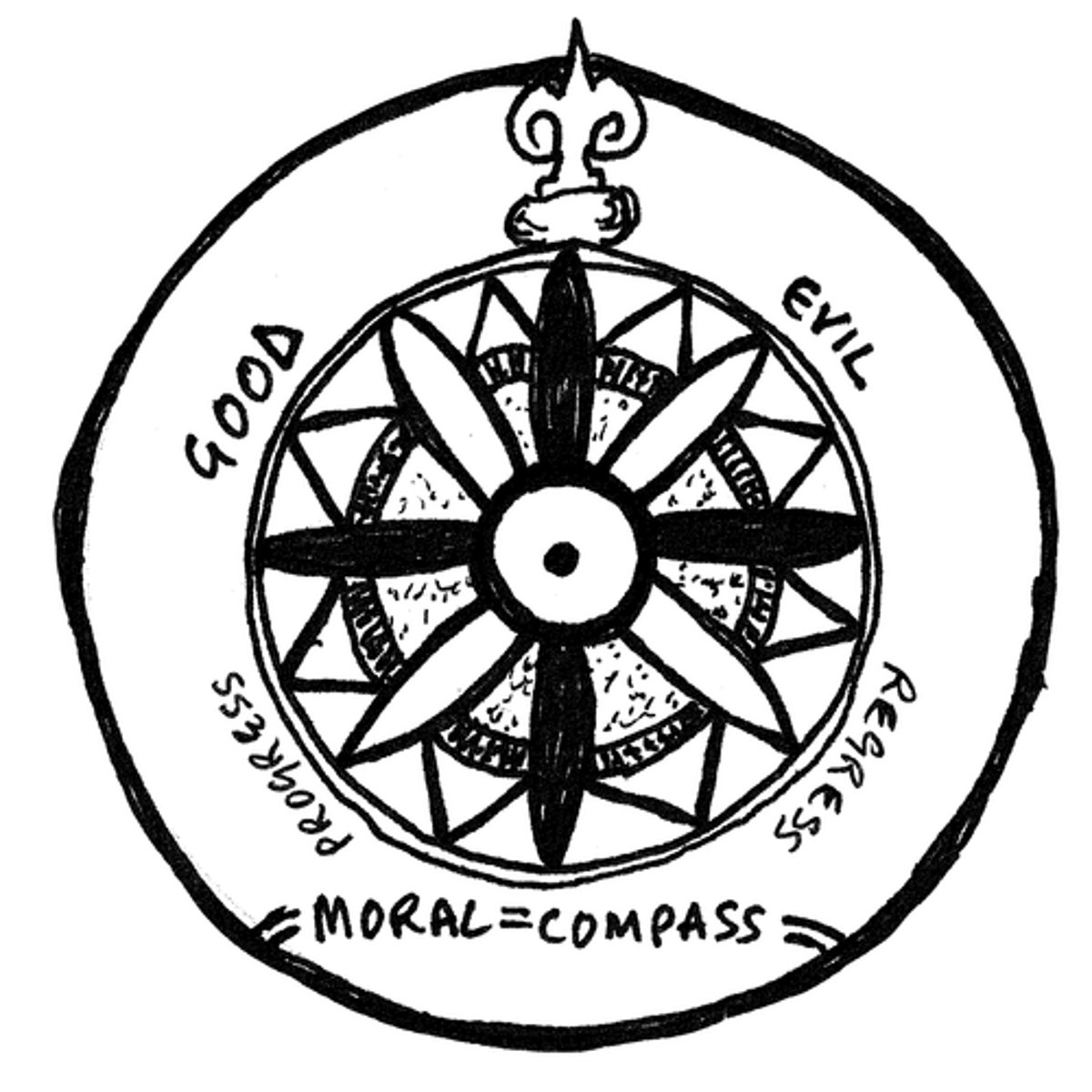
What is a challenge to continued existence?
A challenge which potentially causes a decline in a religious tradition, or a challenge to the religion or denomination to make major changes in order to remain relevant.
eg. beliefs may be called into question. The social structure may be questioned or altered. The way texts are interpreted may need to change if the tradition is to remain viable.

What are the sources of a challenge generally?
- New or different interpretation of belief, text, story, social structure or ethical issue.
- Social development, trust, authority, reorganisation and reallocating of roles.
- War, persecution and natural disaster.
- Scientific theories or development.
- Modern, multicultural, pluralistic and democratic society.
- Secularisation.
- Challenge to social structure.

What makes a challenge significant?
- Threat to theology
- Threat to ethics
- Threat to continued existence
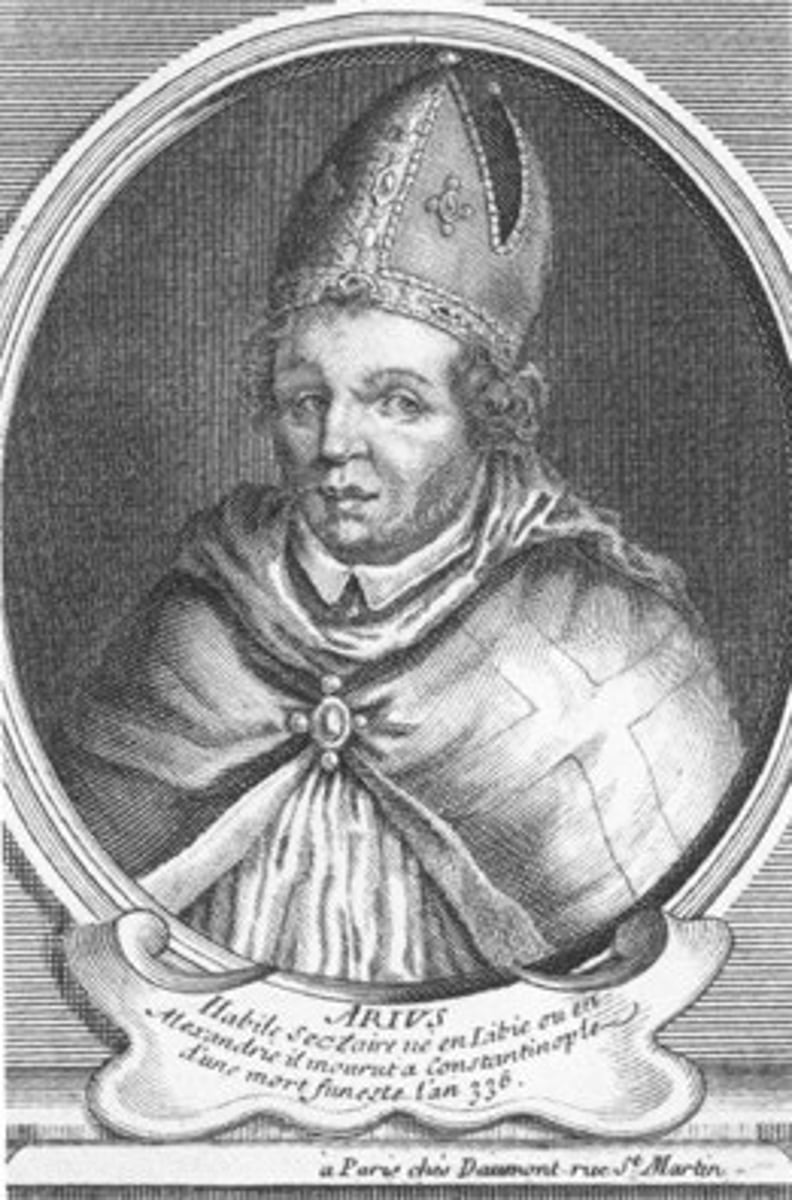
What aspects are generally involved in challenges to the church?
- Beliefs
- Ethics
- Social structure
- Text
Aspects are typically involved as it may be reconsidered, adapted or reinterpreted
to address advances in human knowledge and newly arisen pastoral needs.

What stances are generally taken?
- To ignore (not an effective response)
- To remain indifferent
- To reject
- To be defensive
- To justify
- To condemn/attack
- Consider and adapt
Stances are taken in support of, or in opposition to, particular views. The church's position on an issue.
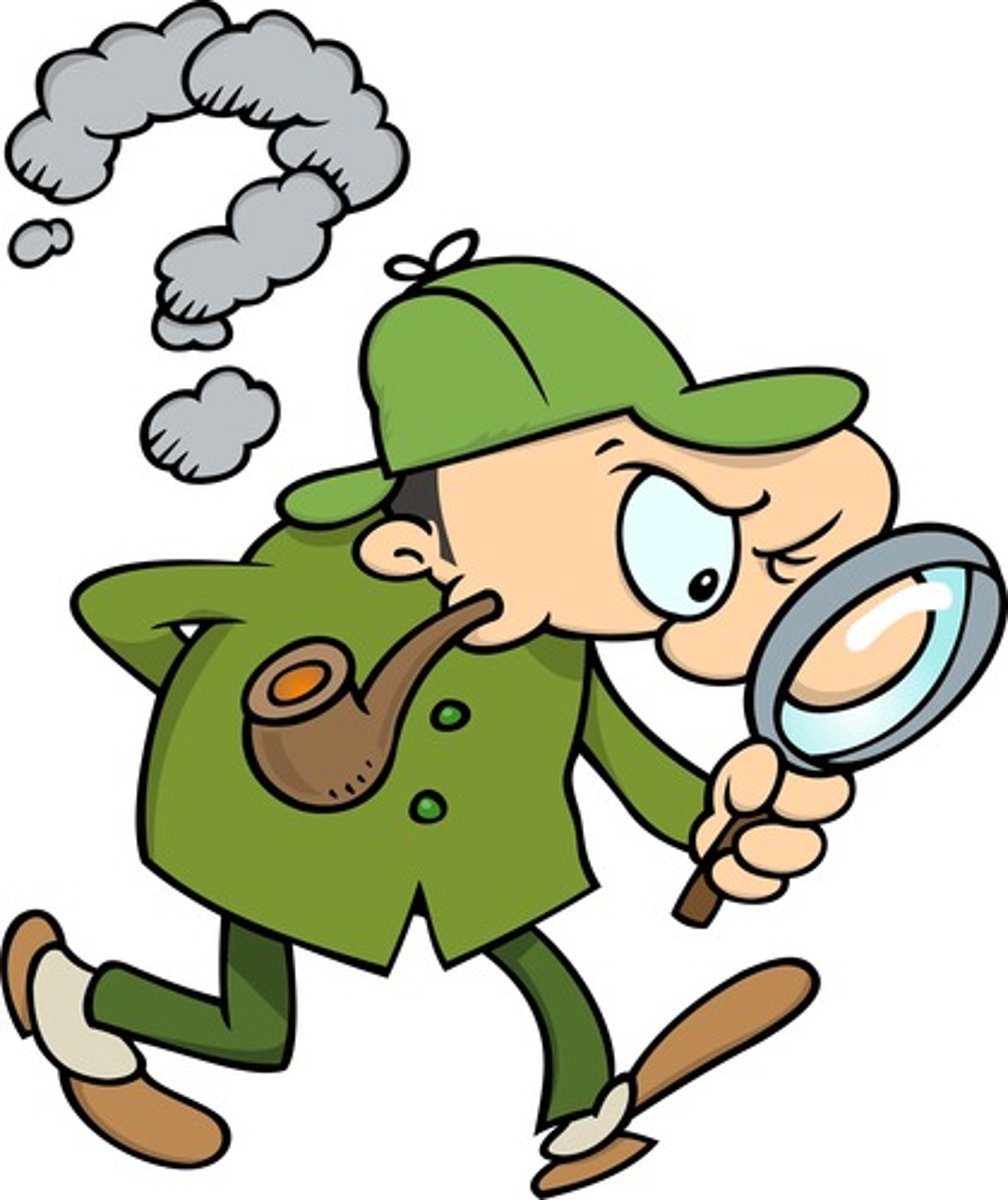
Why do religions respond to challenges?
To remain relevant, viable, credible, authoritative and have the adherent's trust.
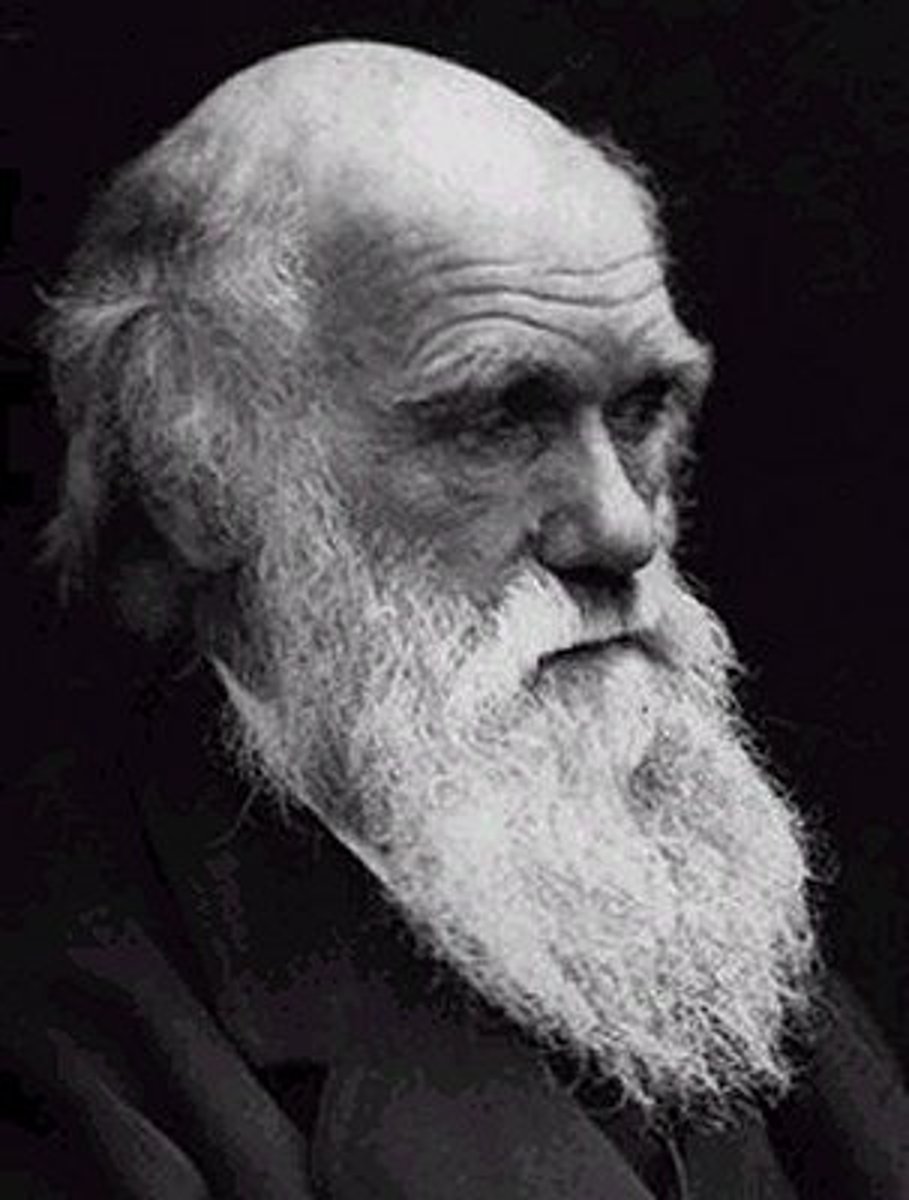
Why do religions take the stance to ignore?
- Didn't understand.
- Wasn't relevant.
- Don't know how to respond.
- Doesn't know what to say.
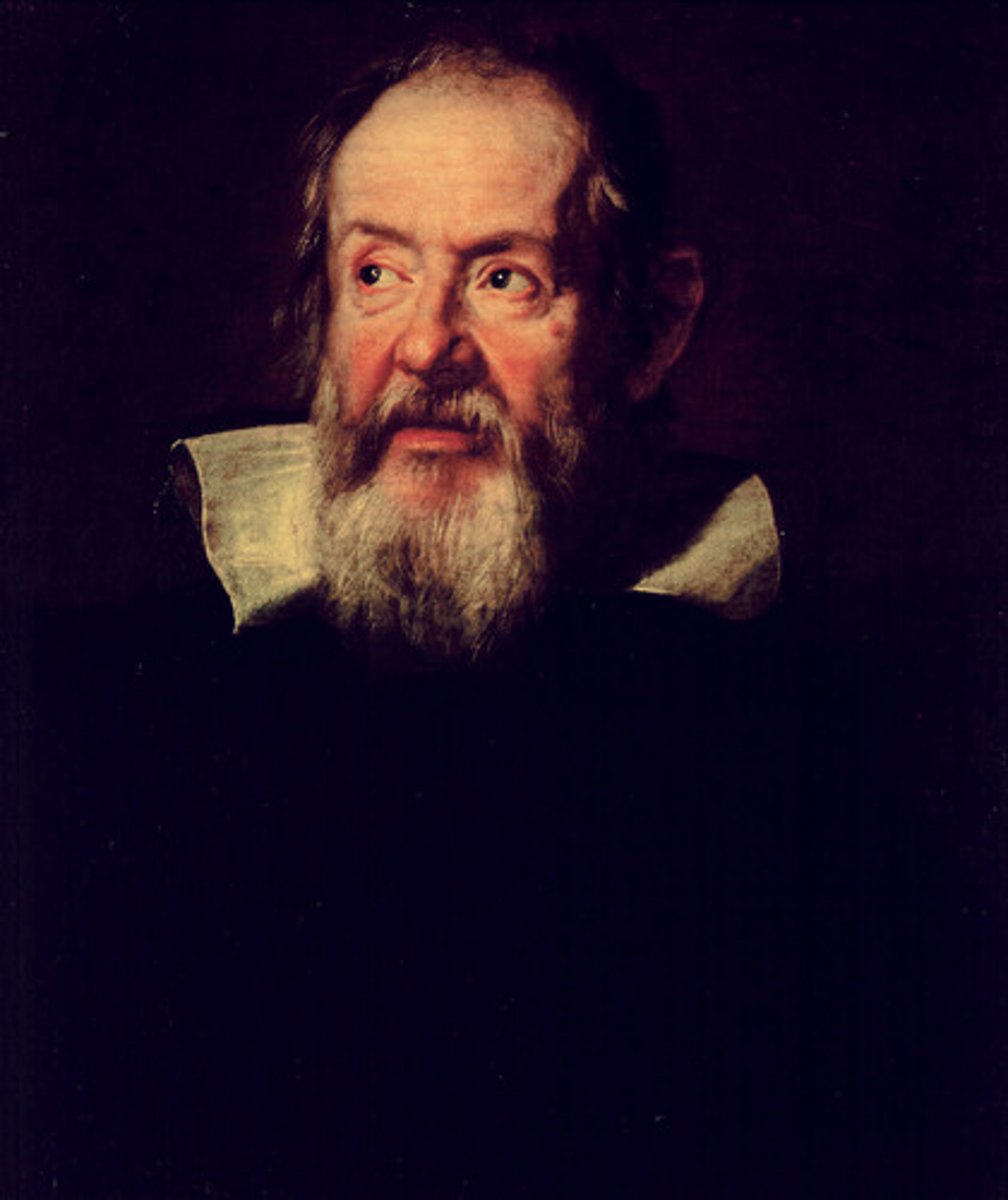
What is the Arian heresy?
Source of the challenge: The Arian Heresy, Egyptian Priest Arius of Alexandria.
Where: Egypt.
When: Early 300s...318-325 CE.
What did it challenge?
Theology: A challenge to early Christianity's ideas about ultimate reality.
Continued Existence:
Threatened the unity of early Christianity, in a time before an official body of beliefs (called dogma) was defined. It could have caused splintering and continued existence of the early Church. The Church needed to be unified to survive.
Context:
When Egyptian priest Arius challenged the belief that Jesus was not fully divine, he had an entirely different nature from God.
Aspects involved: Beliefs, Sacred, Stories, Texts (in how you interpret/use them), Symbols (in relation to the Trinity), Social Structure and Spex.
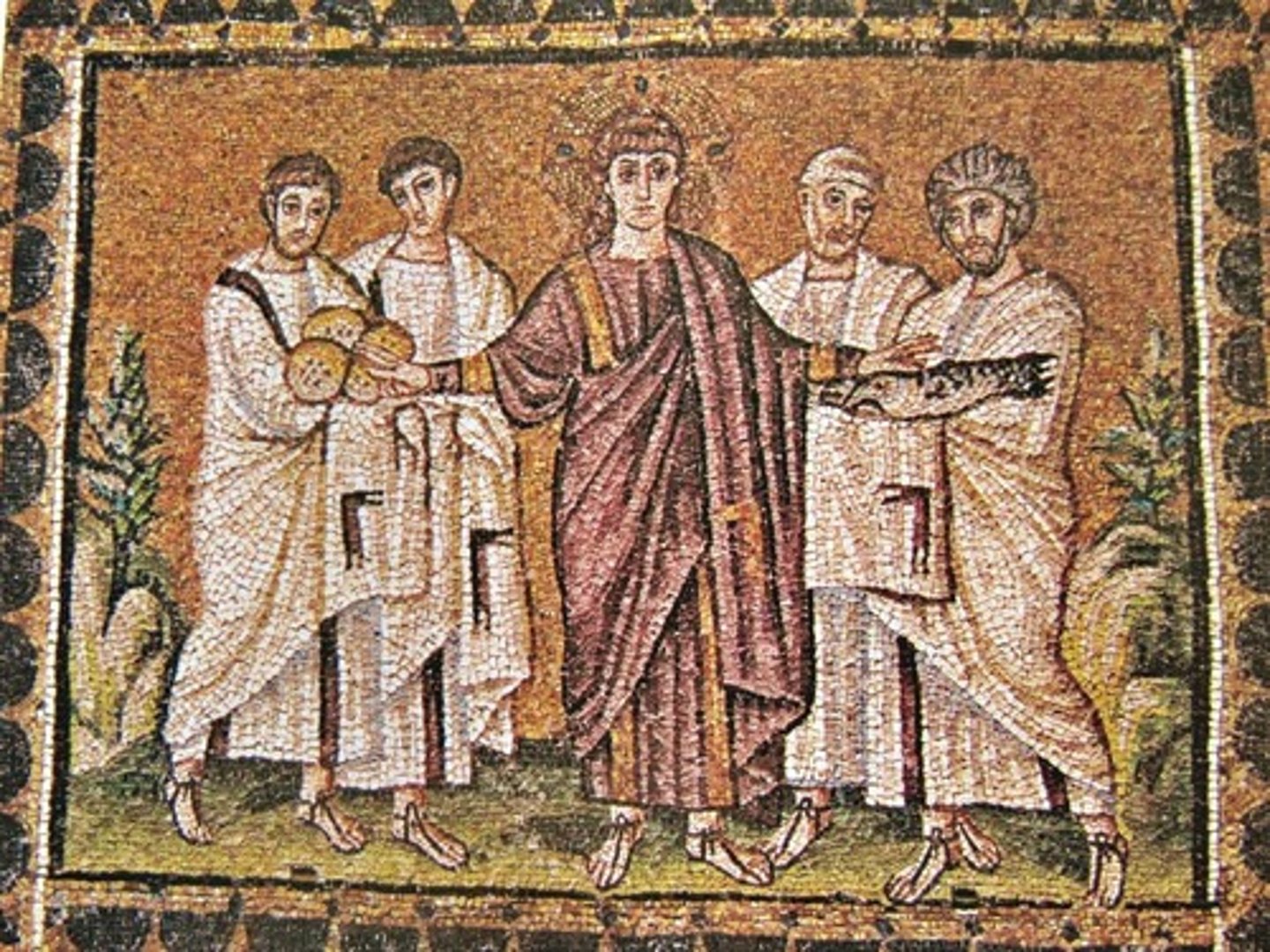
What are the stances and responses of the Arian Heresy?
1. Early Christianity Stance 1 REJECT. Bishop Alexander of Alexandria Egypt strongly rejected Arius' theology and called a synod (church meeting) (response 1) around 318-320 CE. Alexander and the synod excommunicated Arius (response 2). (Arius did not accept the findings and argued his theology, gaining support from many people. The Arian Heresy was threatening to divide the entire early Church.)
2. 324-325 CE Early Church Stance 2 INVESTIGATE. Emperor Constantine sent a representative to investigate. Constantine wanted to keep the Roman Empire unified. Arius was found to be wrong. Constantine calls the Council of Nicea.
3. 325 CE Early Church Stance 3 REJECT & CONDEMN at the Council of Nicea - Arius is
found to be wrong. Groups @ the council were:
1. Arian group - supported Arianism. Justified their interpretation using Scripture. Used word homoiousios = of similar being or substance.
2. Moderate group who said Arius had gone too far, but not a heretic. They were hoping for a
compromise.
3. Group who did not want any new words or ideas not directly from Scripture. Wanted peace
4. Anti-Arian group - Arianism is a direct threat to the heart of the Christian faith. Jesus is fully divine.
Justified their interpretation using Scripture.
Response 1: Arianism was rejected at the Nicene Council. Anathematised. (anathema/completely wrong). The Nicene Creed was written by the Council, who used the Greek word homoousios = of the same
being or substance. Condemned Arianism. The Council maintained that Jesus was "God from
God, light from light".
Response 2: Nicene Creed was written, however, many years until the challenge subsided, and many
Catholics and Christians today appear to follow Arian teaching.
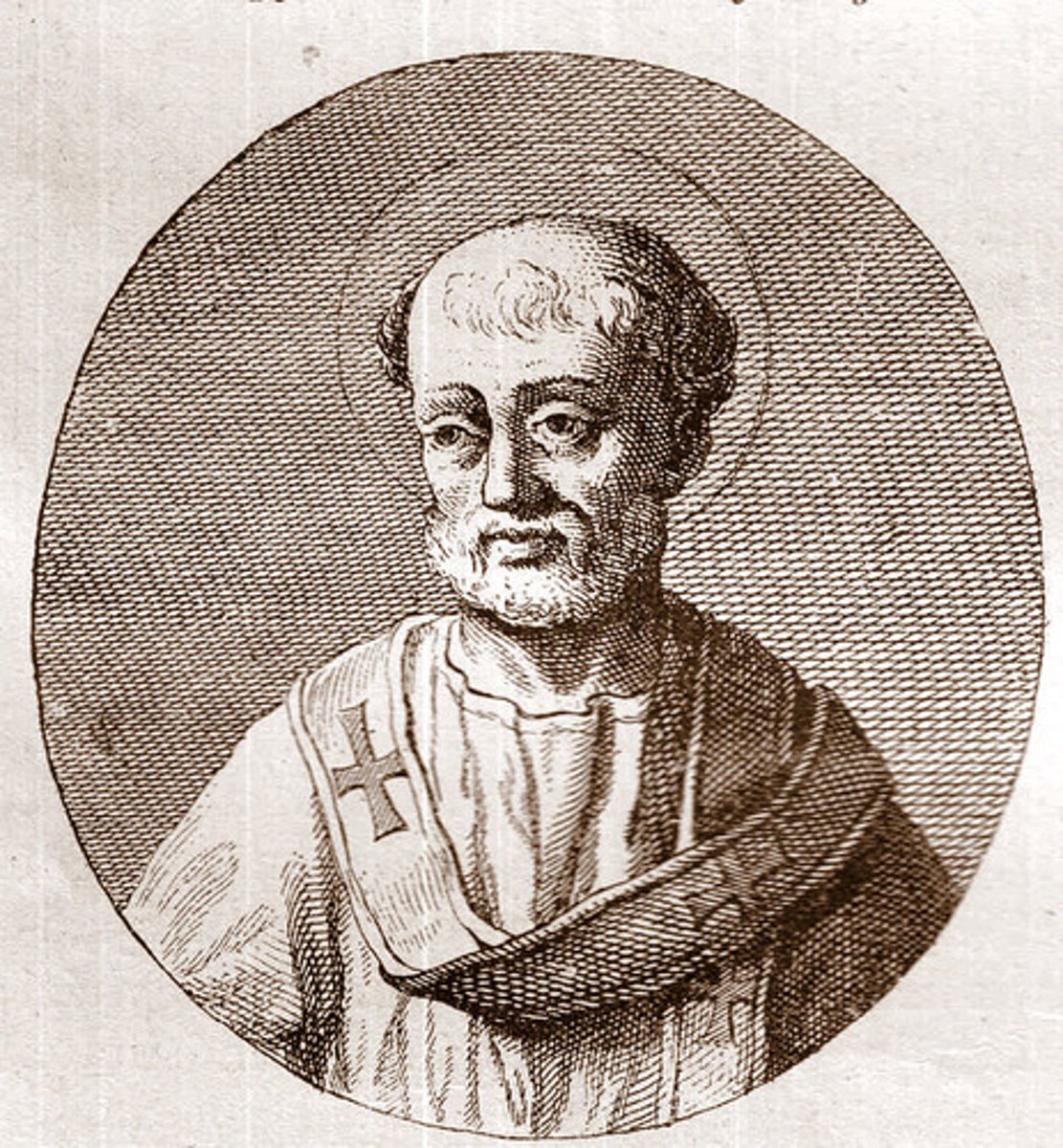
What is Galileo and Heliocentrism?
Source of the challenge: Galileo and Heliocentrism. Galileo Galilei.
Where: Italy
When: 17th century/1600-1633
What did it challenge?
Theology and Continued Existence.
Context:
In 1610, when Galileo was publicly supporting Heliocentrism. 10 years earlier they had burnt Giordano Bruno at the stake for supporting Heliocentrism. Galileo argued that the sun is at the centre of the universe. The Catholic Church believed that the earth is at the centre of creation. Heliocentrism was contrary to the church belief (Genesis 1 and 2).
Aspects involved:
Beliefs, S.Stories, Texts, S.Structure and Spex.
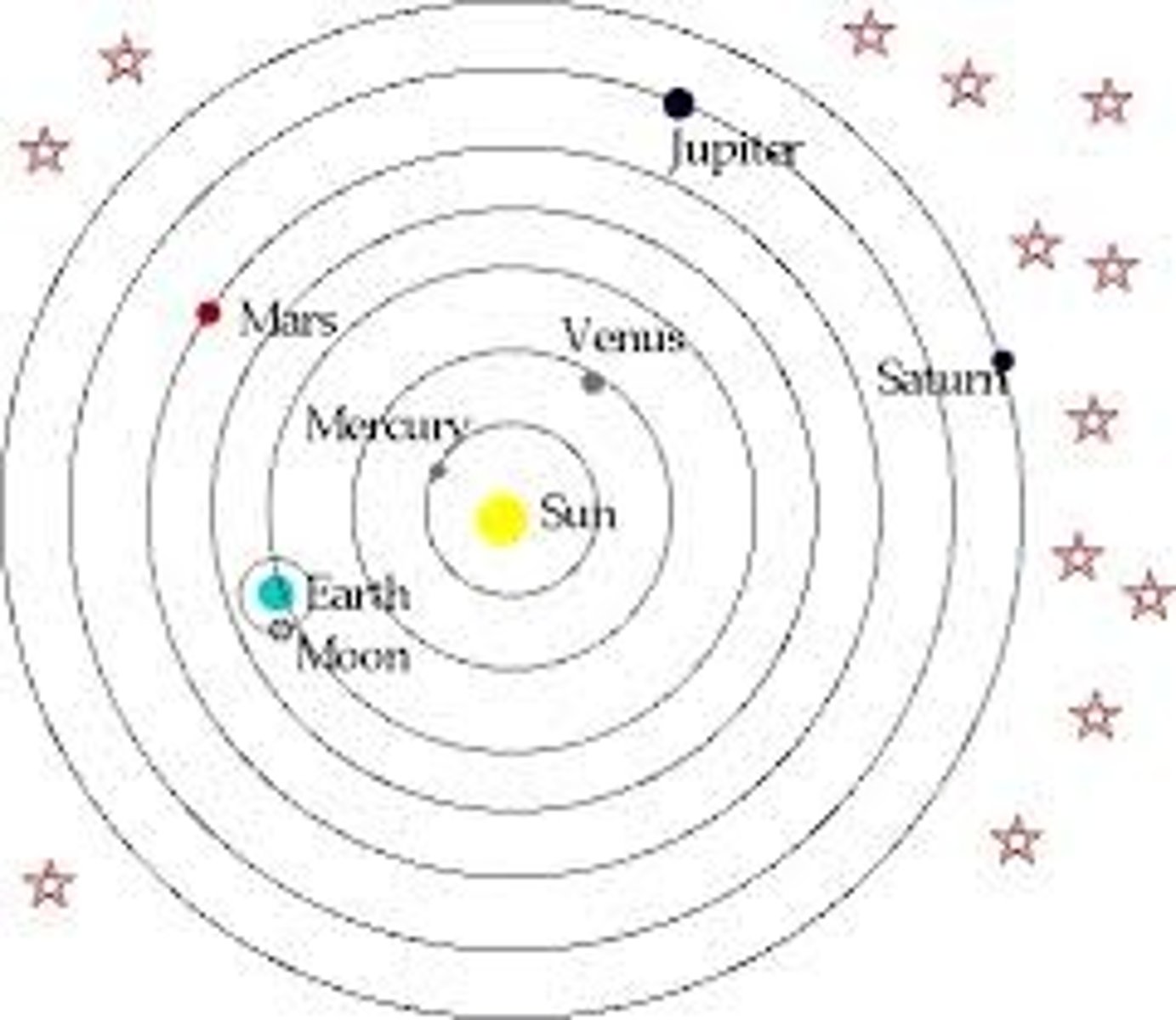
What are the stances and responses of the Galileo and Heliocentrism?
- Defensive: Galileo began to publicly support the heliocentric model. The Heliocentric model is when the sun is at the centre of the universe, however, the Roman Catholic Church supports the geocentric model which is when the earth is the centre of creation. Heliocentrism is contrary to biblical scriptures, therefore, considered wrong.
- (1616) Defensive: The Congregation of the Index removed Copernicus' 1543 book on heliocentrism from publication. Galileo was instructed by the Roman Inquisition to not support Copernicus' theory. Stop talking about it, Galileo!
- Defensive: Pope Urban VIII gave Galileo permission to discuss heliocentrism indirectly through discourse, however, he had to show that heliocentrism was incorrect.
- Defensive: Galileo was invited to appear before the Roman Inquisition. The Roman Inquisition was going to order him to stop any discussion of heliocentrism.
- Condemn: Galileo was brought before the Inquisition. The Inquisition showed Galileo the instruments of torture. He was forced to recant the theory of heliocentrism. The Inquisition found him guilty of defending Copernican theory as a probability. Galileo was described as "vehemently suspect of heresy", and was later placed under house arrest for the remainder of his life.
- Acknowledge: In 1992, Pope John Paul II formally apologised, acknowledging that Galileo was right, even though. The Roman Catholic Church has long supported heliocentrism before 1992.

What is Darwin's theory of Evolution?
Source of the challenge: Darwin's theory of Evolution. Charles Darwin.
Where: England
When: 1859
What did it challenge?
Theology, ethics and continued existence.
Context: Darwin proposed that all life had descended from different and simpler forms through a process called Evolution. The implications of his theory challenged The Roman Catholic's theology, ethics and continued existence as the church was a well-respected and credible religion.
Aspects involved: S.Story/Texts (How they read the bible/creation stories?
Ethics: The evolution process is indifferent. No ethics. "Love one another as I have loved you." (Jn 15:12). Central to Christianity is a code of ethics of generosity, compassion, self-sacrifice and love. Jesus' life, teachings and death all convey this ethical code. S.Structure in terms of authority and credibility questioned.
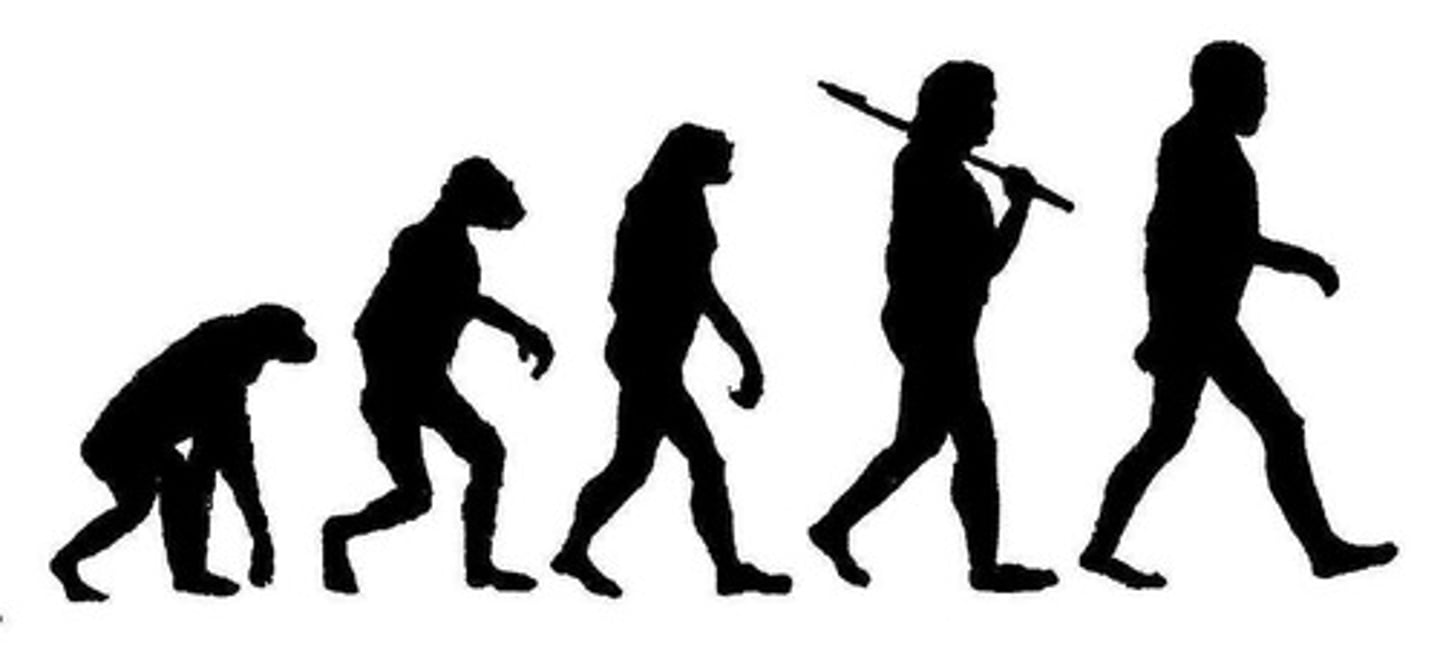
What are the stances and responses of Darwin's theory of Evolution?
Ignore: There was no Official Vatican Comment. Initially, The Roman Catholic Church resisted public comment regarding the theory, even though the theory caused a big uproar from the community and was the topic of everyday conversation.
Defensive: The Roman Catholic Church condemned the theory by issuing a list of errors called A Syllabus Containing the Principal Errors of Our Time which criticized 'progress, liberalism and modern civilization', however, didn't clearly name the Theory of Evolution.
Defensive: The response was to condemn and declare the concepts of the theory as an anathema. The Vatican I encyclical, Canon on God the Creator of All Things, article 5 mentions "If anyone does not believe that the world was created by God, out of nothing by his free will, let him be anathema." (anathema: wrong/cursed/excommunicated).
Defensive: The response of the Roman Catholic Church was declared and affirmed a literal reading of Genesis 2 which mentions how God created Eve from Adam's rib - which is contrary to the Theory of Evolution. The pope issued an encyclical called On Christian Marriage in 1880.
Consider: Leo XIII issued the encyclical Providentissimus Desu Deus (The study of the Holy Scripture) on the authority of, & how to read the Bible. Leo XIII acknowledged that there may be some errors in the Bible, but that there is "no real disagreement can exist between the theologian and the scientist provided each keeps within his own limits."
Consider and adapt: The response from the Roman Catholic Church was that the Bible should be read critically - by implication, leaving room for the acceptance of the theory of evolution. Pius XII mentioned that "Catholic scholars should use modern tools in their exegesis, and make new translations from original languages."
Cautious support: Pius XII issued encyclical Humani Generis - "Liberty was given for discussing the evolution of the human body was granted, so long as it is acknowledged that the Catholic faith obliges us to hold that souls are immediately created by God" Some interpretations of the Bible is permitted.
No conflict between religion and science: John Paul II reaffirmed that there is "no conflict between evolution and the doctrine of faith." Today [there is the] "recognition of evolution as more than an hypothesis". The Roman Catholic Church has begun to accept the science of evolution.- from long before 1992.
Adaptation and change: Pope Francis I, 2014, mentions "When we read about Creation in Genesis, we run the risk of imagining God was a magician, with a magic wand able to do everything." Evolution requires the creation of beings that evolve, meaning that the Creation story in Genesis 1 is indeed important and works hand in hand with Evolution.
![<p>Ignore: There was no Official Vatican Comment. Initially, The Roman Catholic Church resisted public comment regarding the theory, even though the theory caused a big uproar from the community and was the topic of everyday conversation.<br>Defensive: The Roman Catholic Church condemned the theory by issuing a list of errors called A Syllabus Containing the Principal Errors of Our Time which criticized 'progress, liberalism and modern civilization', however, didn't clearly name the Theory of Evolution.<br>Defensive: The response was to condemn and declare the concepts of the theory as an anathema. The Vatican I encyclical, Canon on God the Creator of All Things, article 5 mentions "If anyone does not believe that the world was created by God, out of nothing by his free will, let him be anathema." (anathema: wrong/cursed/excommunicated).<br>Defensive: The response of the Roman Catholic Church was declared and affirmed a literal reading of Genesis 2 which mentions how God created Eve from Adam's rib - which is contrary to the Theory of Evolution. The pope issued an encyclical called On Christian Marriage in 1880.<br>Consider: Leo XIII issued the encyclical Providentissimus Desu Deus (The study of the Holy Scripture) on the authority of, & how to read the Bible. Leo XIII acknowledged that there may be some errors in the Bible, but that there is "no real disagreement can exist between the theologian and the scientist provided each keeps within his own limits."<br>Consider and adapt: The response from the Roman Catholic Church was that the Bible should be read critically - by implication, leaving room for the acceptance of the theory of evolution. Pius XII mentioned that "Catholic scholars should use modern tools in their exegesis, and make new translations from original languages."<br>Cautious support: Pius XII issued encyclical Humani Generis - "Liberty was given for discussing the evolution of the human body was granted, so long as it is acknowledged that the Catholic faith obliges us to hold that souls are immediately created by God" Some interpretations of the Bible is permitted.<br>No conflict between religion and science: John Paul II reaffirmed that there is "no conflict between evolution and the doctrine of faith." Today [there is the] "recognition of evolution as more than an hypothesis". The Roman Catholic Church has begun to accept the science of evolution.- from long before 1992.<br>Adaptation and change: Pope Francis I, 2014, mentions "When we read about Creation in Genesis, we run the risk of imagining God was a magician, with a magic wand able to do everything." Evolution requires the creation of beings that evolve, meaning that the Creation story in Genesis 1 is indeed important and works hand in hand with Evolution.</p>](https://knowt-user-attachments.s3.amazonaws.com/5ba2776e-a2a6-450d-9c06-7b92735bcce7.jpg)
What are the stances and responses of Darwin's theory of Evolution? (shortened version)
When Darwin's Theory of Evolution was published in 1859, the RC Church initially did not take a stance on the theory. In 1880, the Church reaffirmed the belief that Eve was created out of Adam's rib, and in 1893 Providentissimus Deus was issued which stated that the Bible did not have to be read as literally true, and therefore the Creation Stories are more symbolic than literal. Pope Francis: "Evolution... is not inconsistent with the notion of creation" (2014).
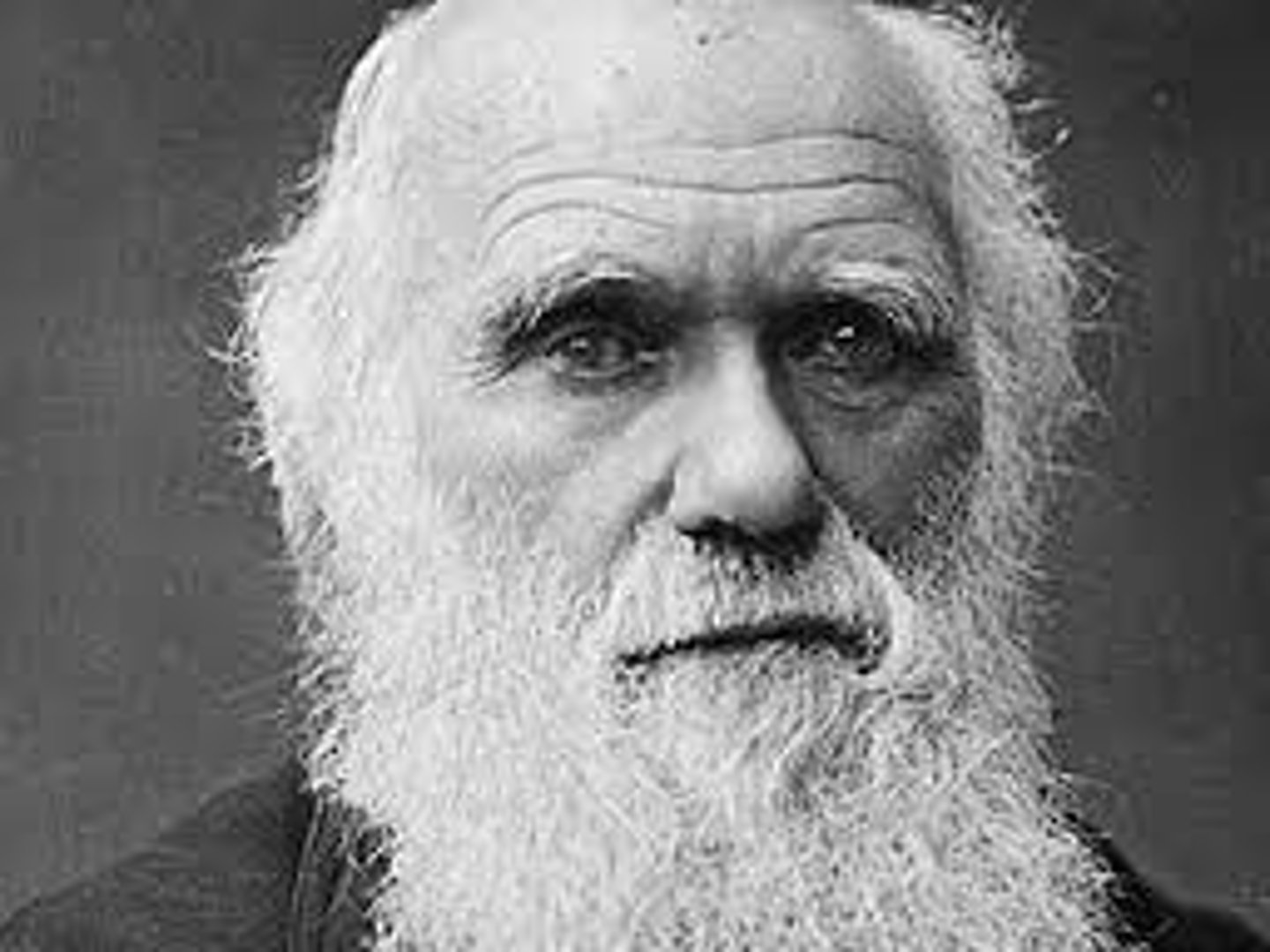
What is Catholic-Jewish Relations in the aftermath of WWII?
Source of the challenge: Catholic-Jewish Relations in the aftermath of WWII.
Event: Holocaust.
When: 1965.
What did it challenge?
Theology: Teachings regarding human dignity. The response (Nostra Aetate & others) brought the RC Church in line with beliefs regarding ethics and Catholicism. Social Teaching of Respect for Human Dignity.
Ethics: Key ethical beliefs were not being followed by the Roman Catholic Church.
Continued Existence: Threatened the credibility and authority of the Church. Needed to adapt in light of the understandings and relationships on the mid 20th Century.
Context: In post World War 2 the RC Church realized that they were not following their own ethics when it came to relations with people of different faiths, particularly Jews. The Vatican Council produced the text Nostra Aetate which stated that "There should be no discrimination based on race, colour, condition of life, faith/religion."
Aspects involved: Beliefs, S.Stories, Ethics, S.Structure and Spex.
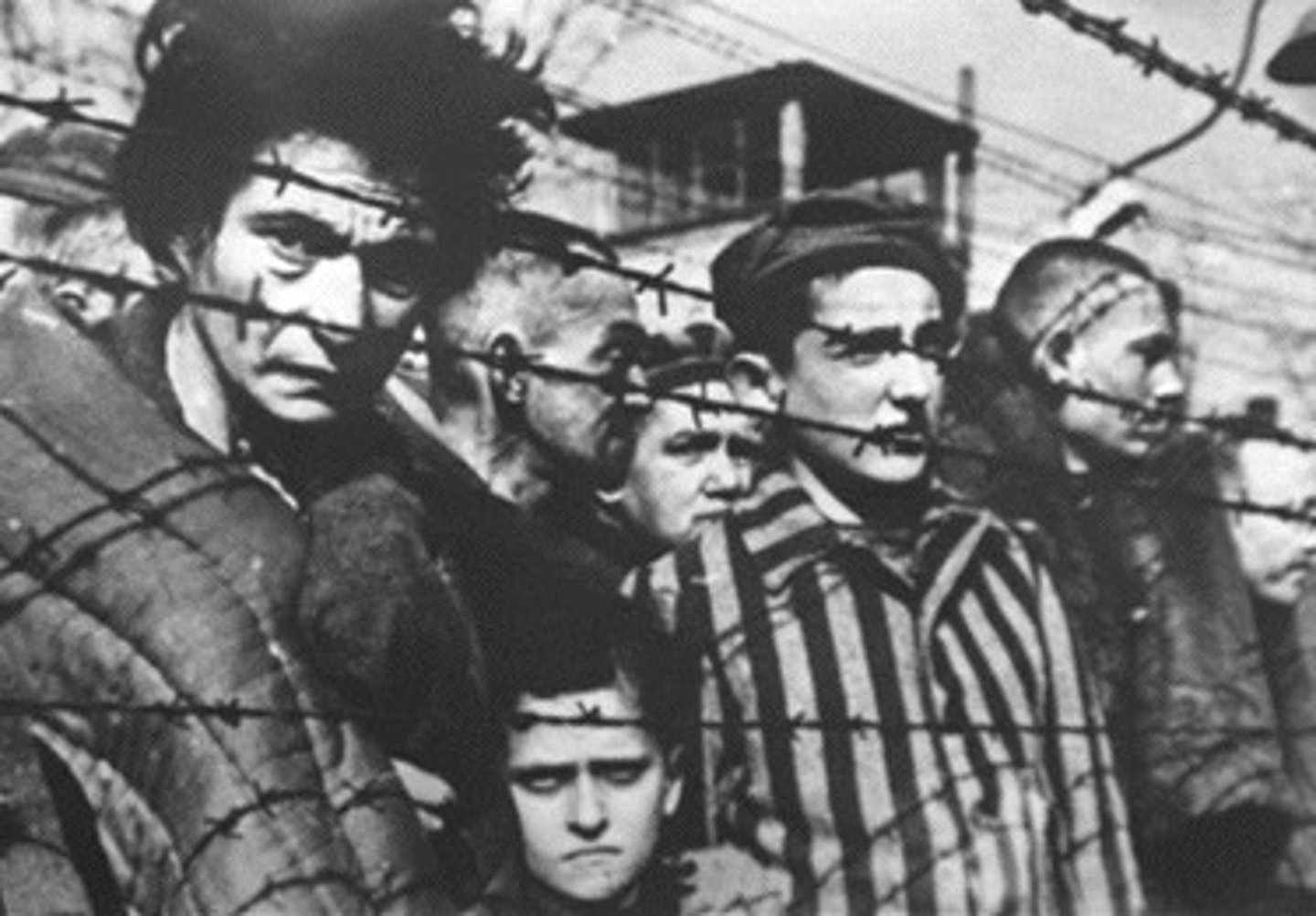
What are the stances and responses of Catholic-Jewish Relations in the aftermath of WWII?
In post World War 2 the RC Church realized that they were not following their own ethics when it came to relations with people of different faiths, particularly Jews. The Vatican Council produced the text Nostra Aetate which stated that "There should be no discrimination based on race, colour, condition of life, faith/religion."

What is the Laudato Si'?
With the threat of Climate Change. In his encyclical Laudato Si', Pope Francis has called on all people to care for Creation and all creatures. (unusual because the RC Church is calling for all people to change when many people and governments are not acting for the good of the environment). This happened in 2015.
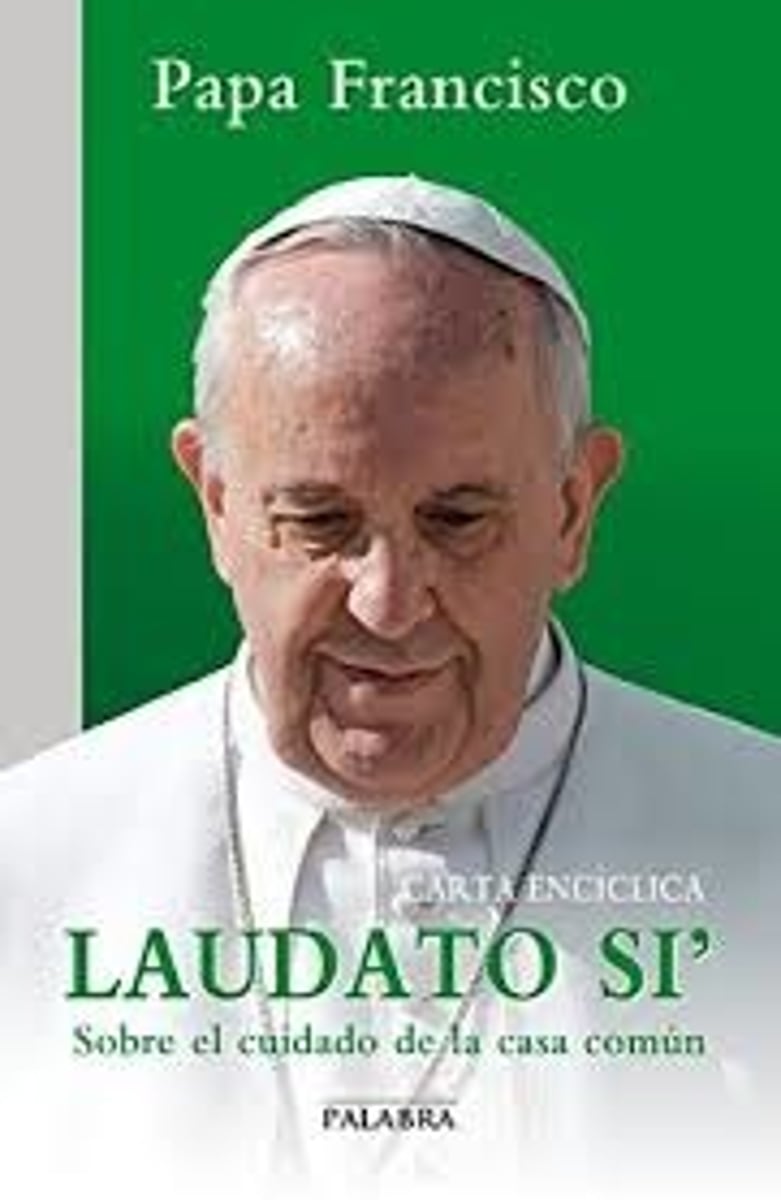
What is Martin Luther and the Reformation?
Broader Context:
The society at that time included 3 categories of people the peasants (who had no money, power or status and struggled just to survive), the nobilities (who had no money, power or status and struggled just to survive) and the Church (who were corrupt and powerful). During the 14th-17th century, the Popes valued political power rather than the wellbeing of the Church. In Bellitto's text he mentioned, "The Church was into bribery and stopped appreciating pastoral care and service, they cared more about ambition and greed". This shows the reasoning of the Popes in the wider society. Additionally, Bishops and Popes were disconnected from peasants and their lives. Positions of the church were bought and sold (simony). The Western Church were authorised to only interpret the Bible. People in the pews (Catholics) held unto their faith during the Reformation. They was a widespread request for reform. The fundamental beliefs shaped by society was Theology and Purgatory. Lastly, Johann Tetzel was selling indulgences, paying for a new church and paying off his debts. This was the society and the Western Church. A Philosopher named Erasmus wanted to assist adherents in reconnecting to scriptures.
When: Started in 1517 with Martin Luther nailing 95 theses on Wittenberg Cathedral door.
Where: Wittenberg, Germany.
Source of the challenge: Martin Luther and the Reformation. (Growing dissatisfaction with the Church and the Church non-receptive to criticism or change.)
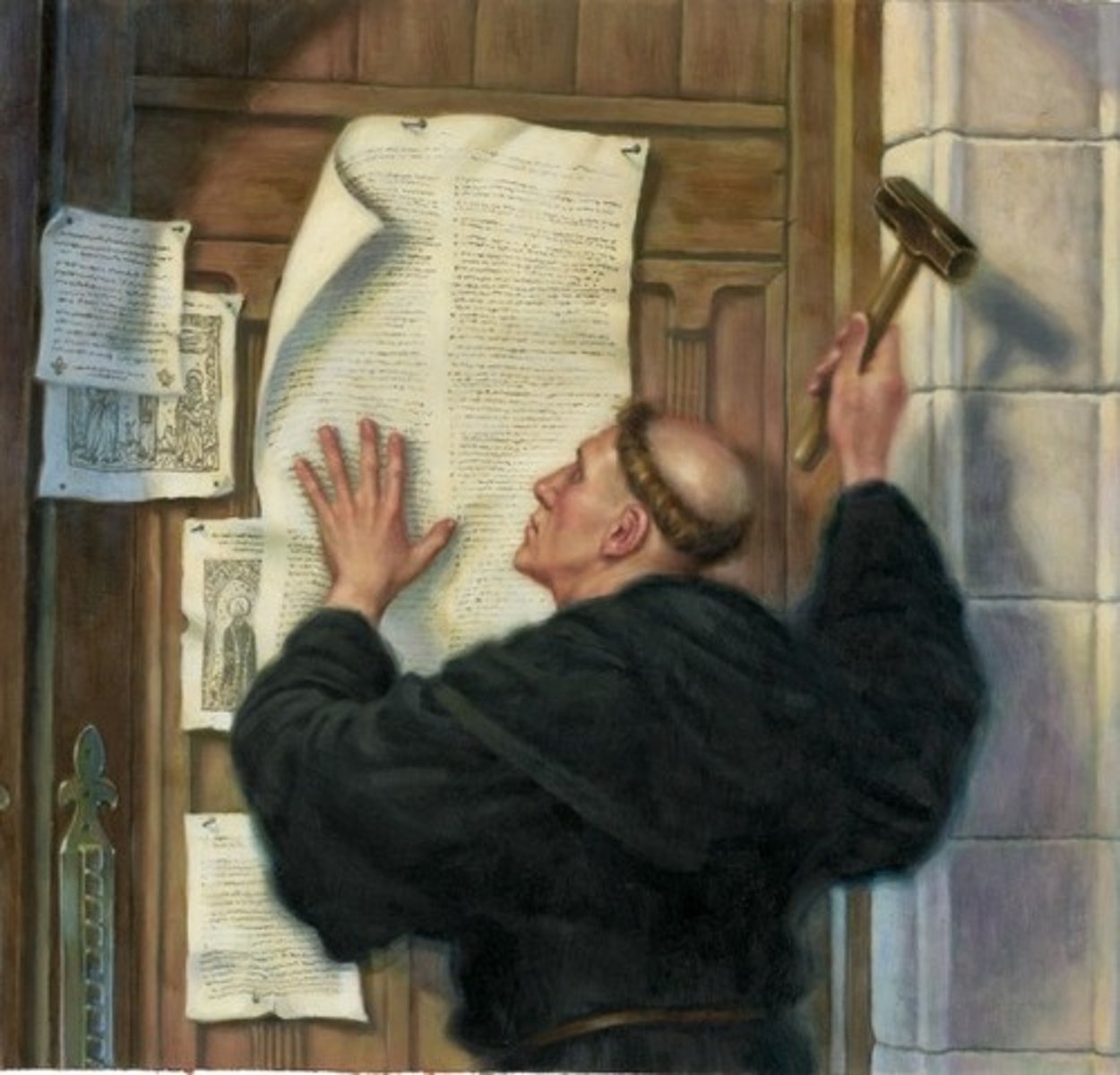
How were the aspects involved in Martin Luther and the Reformation?
Beliefs: Questioned indulgences, teaching on Purgatory, transubstantiation (the risen Christ - Eucharist), sacraments, Pope as the head of the Church and salvation = faith alone + Christ alone (catholic church - salvation = indulgences...good work.)
Text: Argued that scripture should be accessible to all (only the Church had access). The Western Church wanted to retain the sole right to interpret scripture.
Rituals - all rituals were challenged. Luther disputed the validity of all the sacraments except baptism and Eucharist.
Ethics: complained about "priests who act ignorantly
and wickedly". Also argued about purgatory, indulgences (see Thesis 36), corruption - simony (buying multiple positions), pluralism (have more than one position) and absenteeism (being absent in your position) and church officials making money out of the poor.
Symbols: Church used many symbols. Luther argued only Scripture, faith and glory to God alone.
Social Structure - The Western Church was used to having ultimate authority, even saying who went to heaven. Luther said the Pope has no authority, and the priests were "ignorant and wicked".
Spiritual Experience: Argued against the Church's use of the veneration of saints and Mary, relics, icons, statues (& other artefacts) and the Mass was spoken in Latin.
SPAT: Scripture alone, Faith alone and Glory to God alone.
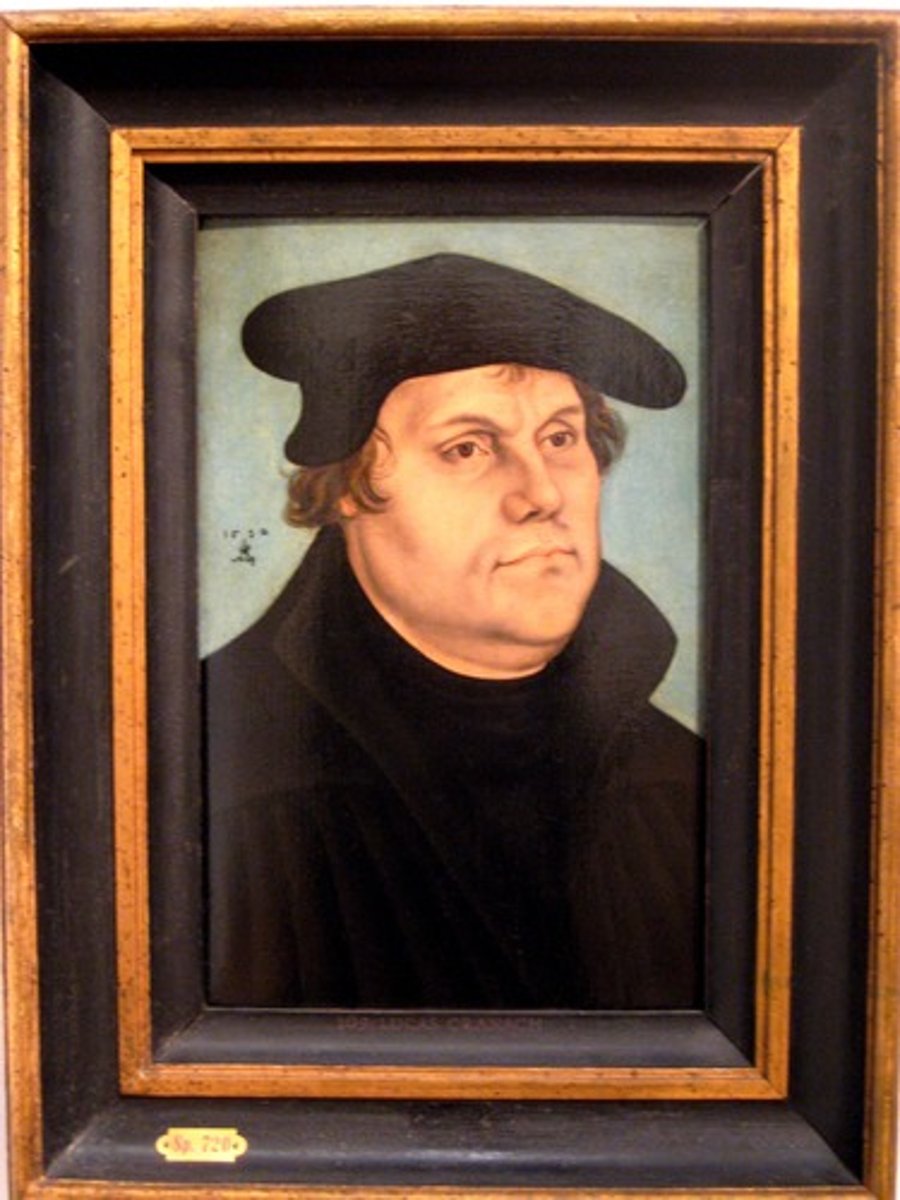
What are the stances, responses and intended outcomes of Martin Luther and the Reformation?
Introduction: On October 31st, 1517, Martin Luther published his 95 theses in an attempt to get the Church to reform, including misuse of money, untrained priests, and selling indulgences.
- On November 1517 the stance was to ignore. There was no reason. Leo X dismissed Luther's 95 Theses as a quarrel among monks (Bellitto).
- On February 1518 the stance was to refute. Pope Leo X responded by writing a letter. Since Luther was an Augustine Monk Pope Leo X requested the vicar-general of Augustine monks to compose a letter to Luther and to tell him to recant. (I.O) The Church did this as they thought Martin will be controlled by the Augustine Monks.
- On October 1518 the stance was to Condemn. The Catholic Church invited Luther to a meeting with the Pope's official, Cardinal Cajetan. Cajetan insisted that Luther will recant, however, Luther stood his ground and didn't recant. Luther wanted to debate his beliefs. (I.O) The Church thought that Cajetan had the power, authority and credibility to silence Luther.
- On June-July 1519 the stance was to condemn. A public debate was held in regards to Luther's beliefs. The Catholic Church gave reasons why Luther was wrong, however, Luther believed that scripture (+ Faith alone ~ Bellitto) was the only judgement he will accept. (I.O) The Church held this debate to show that Luther was wrong, however, was not effective.
- On June 1520 the stance was to condemn. Pope Leo X wrote a papal bull named "Exsurge Dominae". It ordered Luther to recant or he will be excommunicated. This makes Luther angry as the Church is trying to shut him up. He burns the letter publicly on December 1520. (I.O) To show that Luther and his theologies were wrong.
- On January 3rd 1521, the stance was to condemn. Luther was excommunicated. (I.O) To silence Luther, however, it doesn't go to plan.
- On April 1521, the stance was to deal with/to attack. Luther was invited to attend an Imperial meeting (Diet of Worms) in Germany. Luther was surrounded by representatives such as Charles V, the Holy Roman Emperor. Luther was commanded to recant but refused to. Emperor Charles V ordered for his arrest but he escapes. Prince Federick of Saxony 'kidnaps' Luther and hides him in Wartburg Castle for a year. During that time Luther translates the Bible into German. After Luther was released, he returned to Wittenberg to start his own church (1526). (I.O) The Church believed that summoning Luther to this meeting will silence him for good. The Church could have killed him but Martin escaped.
- In 1545-1563 the church took the stance to consider and adapt. The Catholic Church summons the Council of Trent to clarify and define the Church's beliefs. This was a moment for the Church to change and reinforce many beliefs. The representatives discussed major topics such as salvation, having a uniform text for sacraments + masses and re-establishing or restoring the Pope as the head of the Church hierarchy. From Bellitto's text, The Council of Trent clarified that Good Works were needed with faith to get to heaven. Additionally, indulgences were kept, however, people were warned not to do things superstitiously (naive) or do things in a way to buy themselves into heaven. (I.O) The Church considered and adapted as they needed to stay relevant, and credible.
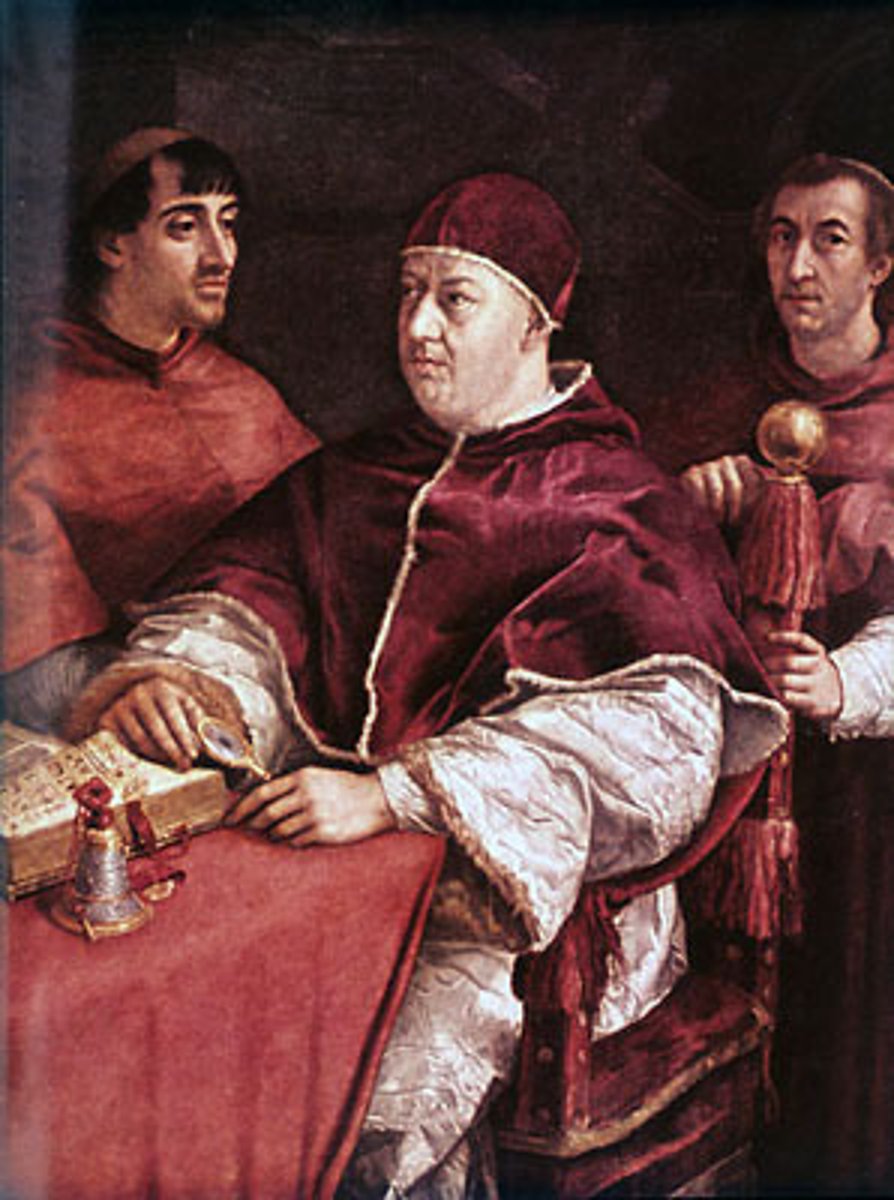
Key quotes from Bellitto: (Martin Luther and the Reformation)
- Luther's aim: "trying to reform the Church by rediscovering her roots; to move the church forward by recovering her ancient glory."
- In 1520, Luther again voiced his concerns about the Church's operation by issuing "3 pamphlets that attacked an unworthy hierarchy as improperly political and instead asserted (argued about) the priesthood of all believers."
- Luther recognised 3 out of 7 sacraments "believed that human beings are saved (or justified) by faith alone regardless of their good deeds."
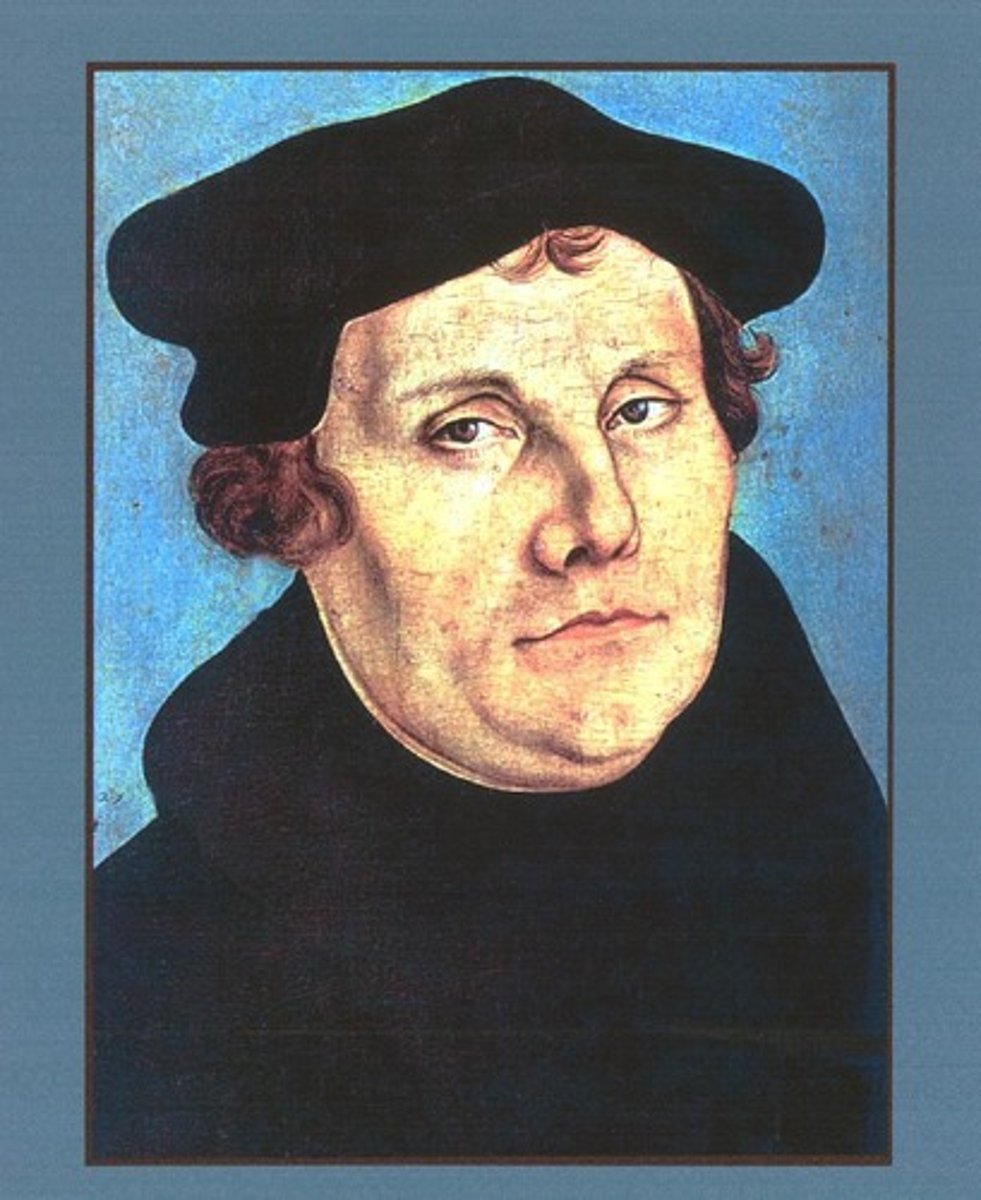
What was the influence of the religious tradition or denomination's stances and supporting responses on the religious tradition or denomination itself?
- Catholic beliefs and rituals made clearer - eg. breviary, missal and standardization of rituals.
- Reaffirmed faith and good deeds = salvation.
- Reaffirmed Scripture + Church tradition.
- Emphasis on Eucharist, veneration of saints and Mary and relics.
- Eucharist was given out frequently (4 times a year).
- Maintained indulgences but reformed.
- Simony, pluralism and absenteeism were punishable.
- Roman Inquisition was established (1542).
- Developed index of forbidden books (1559).
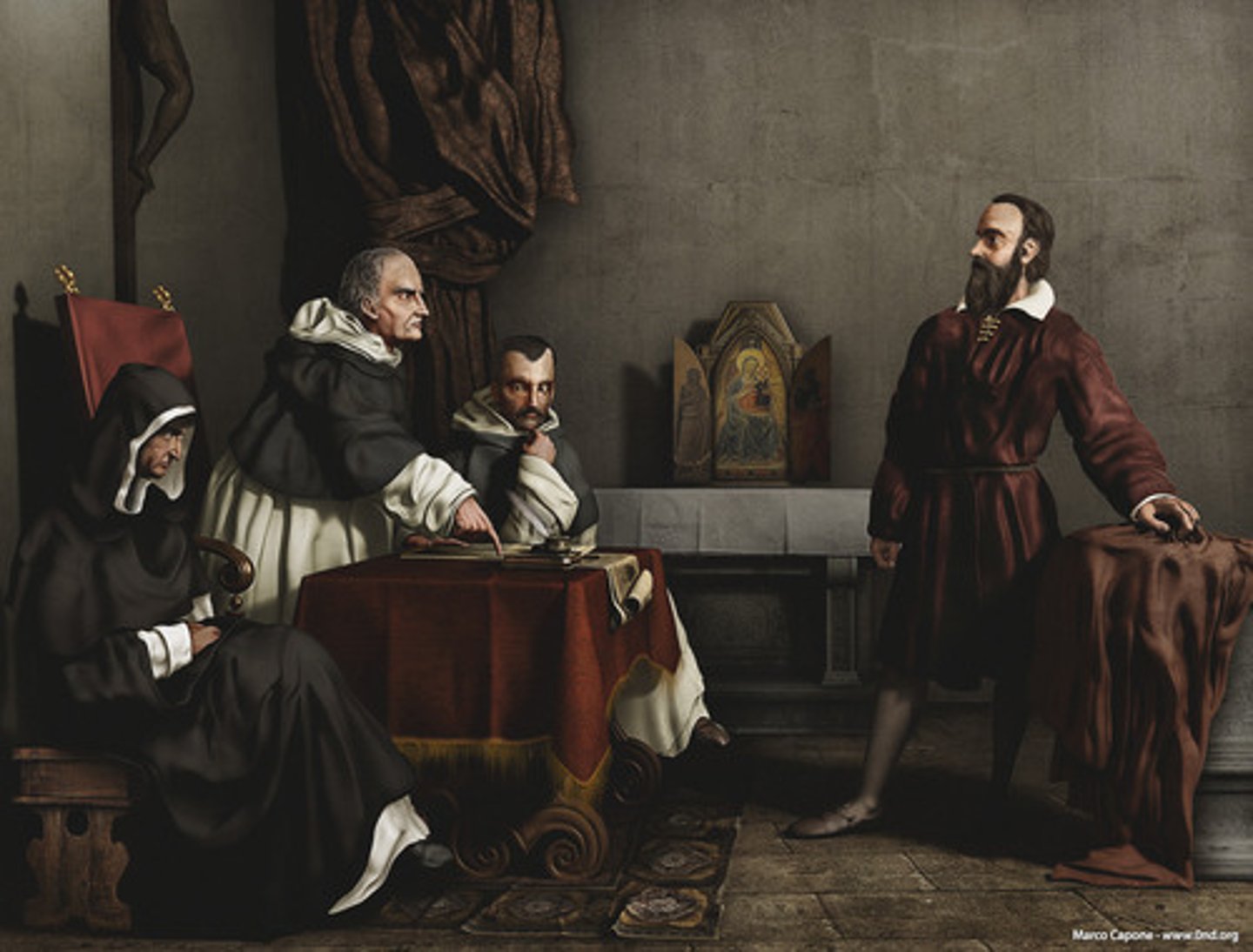
What are the influence of the responses on wider society? (Martin Luther and the Reformation)
- Europe was divided by faith.
- More than one form of Christianity in Europe & the Roman Catholic Church was still Latin based.
- More power to rulers of nation-states.
- Protestants have access to the Bible. Read in their own language. They did read the Bible.
- Protestants (& many nation-states) not acknowledge the Pope.
- Peasant revolts that happened in the 1520s - 1555 (was very violent).
- Peasants wanted the right to choose their own clergy (Collins & Price).
